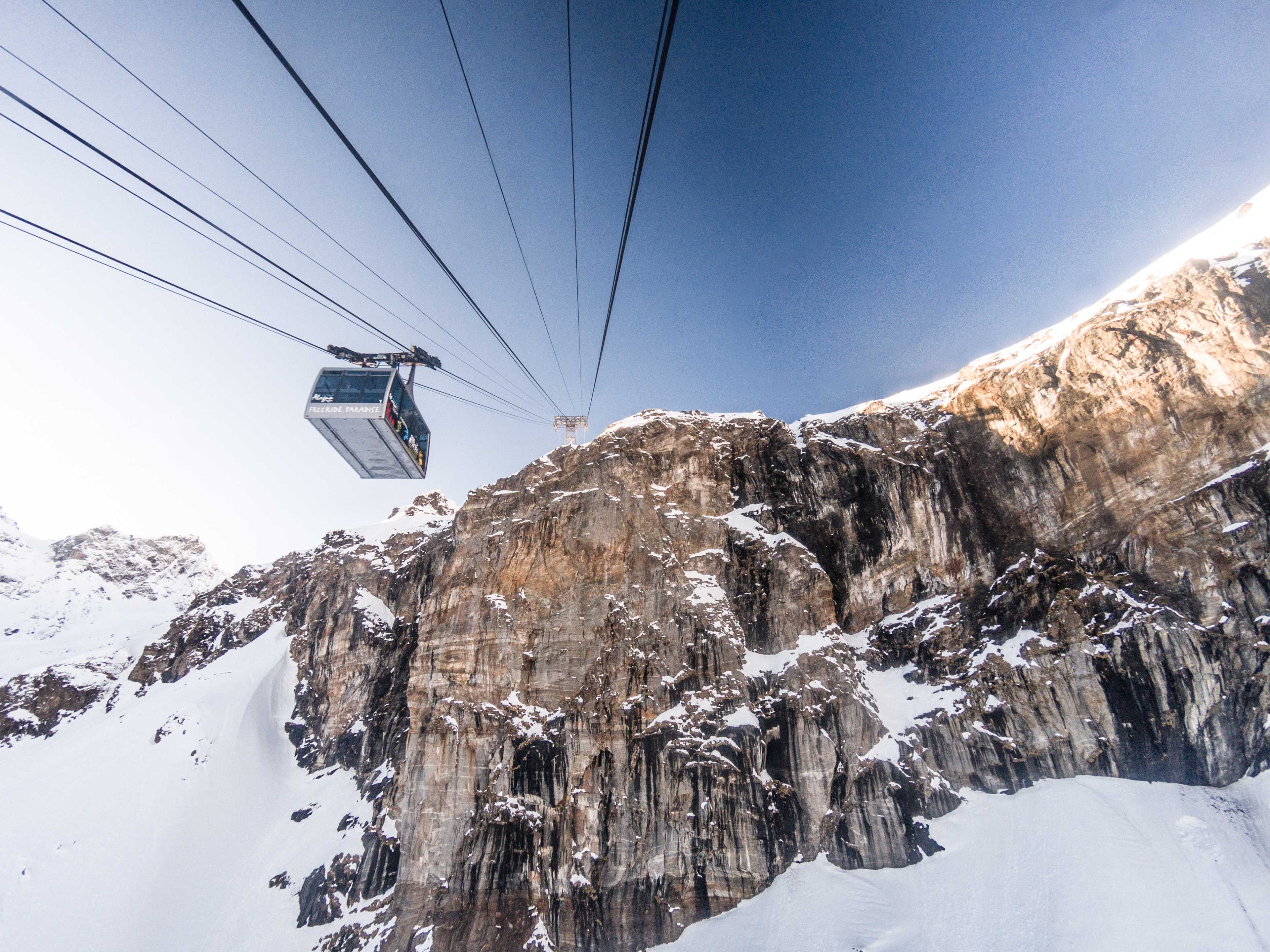One of France's top ski destinations tempts with long and varied pistes, unusual views and sunshine for 300 days a year. In this comprehensive review, I will check out what's behind the name Le Grand Domaine.
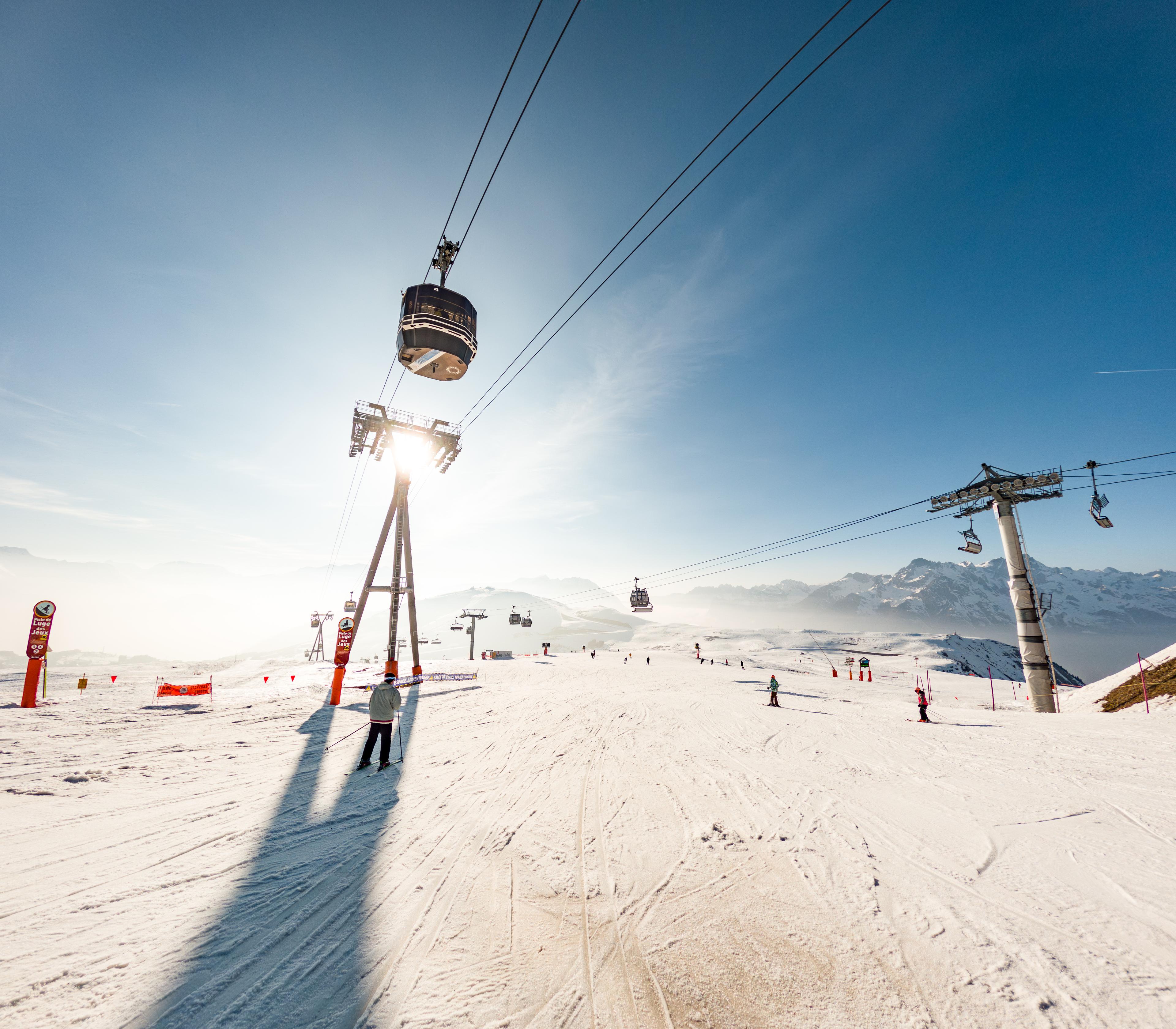
Alpe d'Huez may be associated by many with the iconic 14km bike climb in the Tour de France. It is the location that makes this place special. This is because the town itself is often above the clouds, and the Mediterranean humid air masses usually provide heavy snowfall.
I went to the resort by myself in early March 2023. Snow was exceptionally scarce that winter, with the biggest snowfall occurring just a week later. However, this did not stop me from experiencing the resort at its best.
Getting there
Le Grand Domaine (loosely translated the big area) comprises of actually several villages spread out in the Oisans region of southeastern France: Vaujany, Oz, Auris, Huez or finally Alpe d'Huez. As a result, the accommodation facilities are spread throughout the valley. Often the hotels in the other towns are cheaper and more accessible than those in the eponymous resort. Regardless of where you stay, the easiest route is from Grenoble, which is connected to the rest of the country by the A41, A48 and A51 highways. There is also an airport there, to which many popular airlines (including low-cost carriers) fly. From Grenoble we continue through Vizille by passing the resort Chamrousse. To get to Alpe d'Huez itself from the Romanche Valley, we have to climb over a kilometer of elevation and 21 serpentine turns. Keep this in mind when choosing accommodation. For those with motion sickness, I recommend accommodations in Oz and Vaujany, where the ascent will be smoother.
Accommodation facilities
All the villages that make up the resort are primarily geared toward tourists. This means that accommodation options are plentiful, and the diversified accommodation options will guarantee both high-end hotels, more modest hostels, and apartments for rent. For people like me, booking last-minute, I have a tip: a lot of domestic tourists from nearby cities come here for the weekend. So if the weather forecast is promising, accommodations for the weekend may be limited on the Friday before you leave.
The slopes
Alpe d'Huez is a very important French ski resort, with one of the highest altitude differences in Europe (2205 m). It can be seen because the landscape and flora change as you traverse the resort's indeed long ski runs,
The slopes of Alpe d'Huez will satisfy the needs of all kinds of ski fans. In the lower areas we will find easy slopes, and the higher up, the more difficult. The most demanding descents can be found from the highest point of the resort - the Pic Blanc summit (3330 m a.s.l.). The resort also offers freeride areas and deliberately ungroomed ski runs.
Huez/Alpe d'Huez (1500-3330 meters above sea level).
This is the central part of the resort to which Auris, Oz and Vaujany are adjoined. Between Huez and Alpe d'Huez, along the new gondola cable car, a blue ski trail has been marked out. Even in unfavorable conditions (no snow at 1,800 m a.s.l.), this slope was snowed in and open (kudos here). In Alpe d'Huez itself, the slopes surround the town from the northeast and west. The eastern part to primarily the recently upgraded Signal (2,100 m a.s.l.). From there, several short, steeper pistes facing the town are routed. From the summit we can also descend to the town of Villard Reculas below.
The northwest side of the range is full of slightly longer slopes of Les Jeux and Marmottes. Those immediately adjacent to the town are mostly very easy, marked in green. This is an ideal place to start one's skiing adventure. As we go higher into the Lac Blanc or DMC and Clocher de Macle stations, the difficulty level will increase. From there, basically all trails are red or black. At even higher altitudes, we are left with black trails, including some that the groomer has never operated on.
The two main routes are a series of Marmottes and DMC lifts. The former is leading from the west and consists of a telemix railroad, a gondola and a peculiar shuttle funitel, which will take us up to the Herpie ridge (3060 m a.s.l.) adjacent to Pic Blanc. The second route is the DMC (short for Dual Mono-cable). The DMC is nothing more than, similar to a funitel, a gondola suspended on two cables. The cabins are really big, and the lift distributes skiers throughout virtually the entire resort.
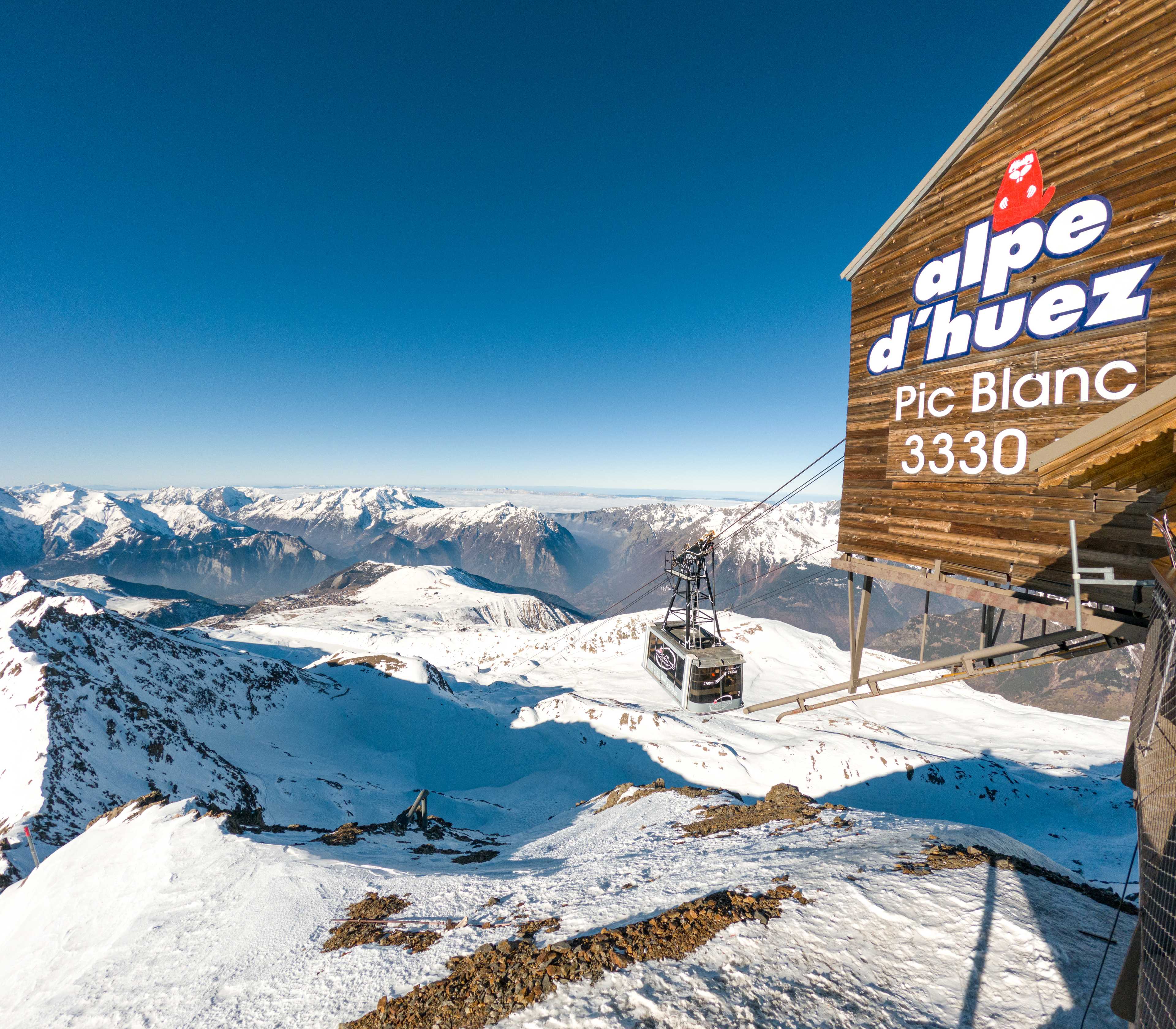

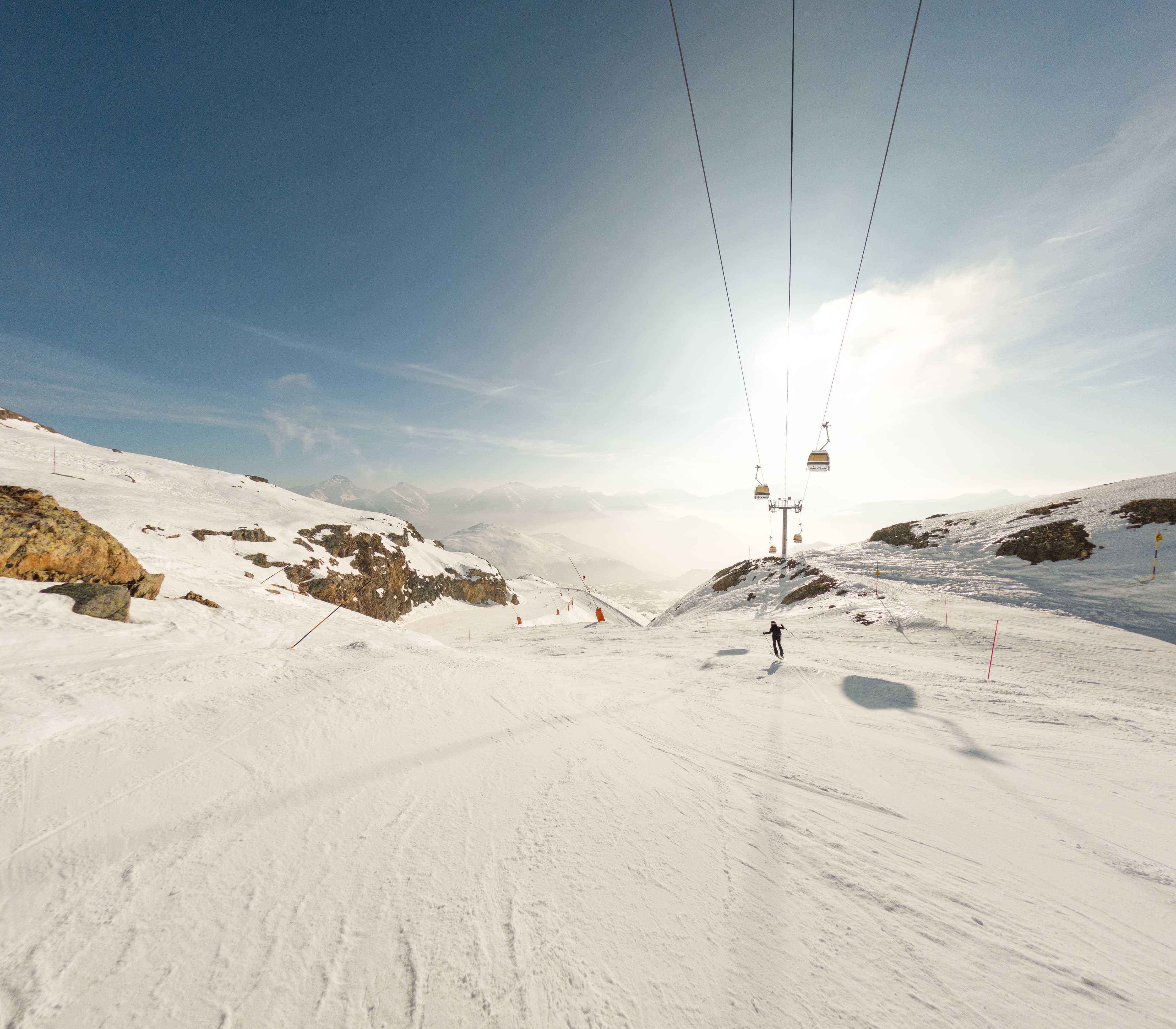
The slopes from Herpie connect to Sarenne, which I'll talk about in a bit. While the queues to Marmottes 1 can be really long, the wait time to DMC 1 was manageable. From the second section of the cableway, we can transfer to the aerial trawmay to Pic Blanc. From there we will go down the longest (according to the resort) black piste in Europe - Sarenne. The slope is really impressive. The first 6 km are excellent fun for advanced skiers. The next 3 km is already a gorge ski run, more spectacular than exciting. I couldn't find the remaining kilometers though. It is worth recalling that there was little snow in the lower parts and perhaps the last section was simply closed. Or the measurement technique was different than my simple GPS track. It doesn't really matter, because the descent is really exciting, and the huge difference in levels is clearly visible in the constantly changing landscape.
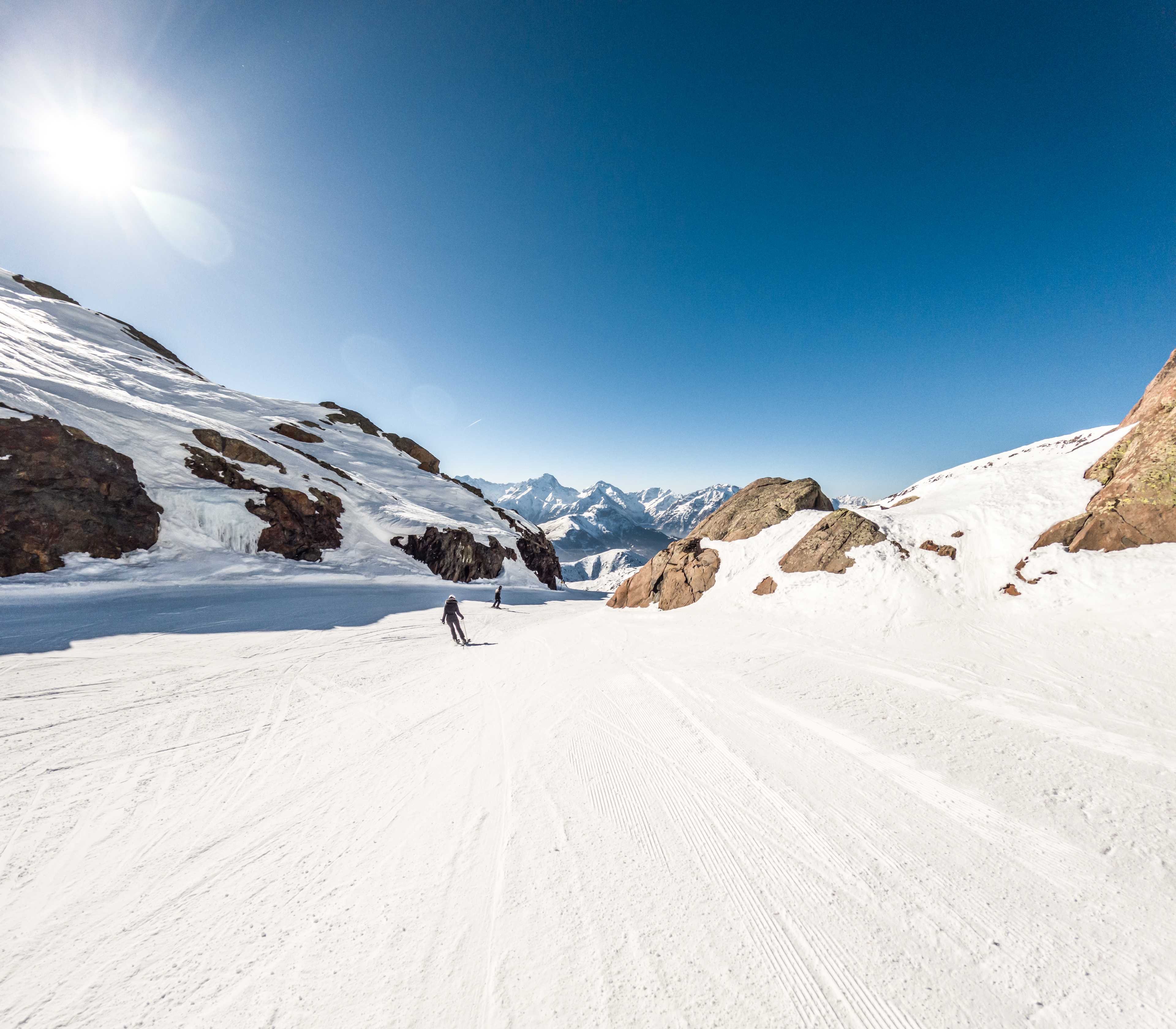
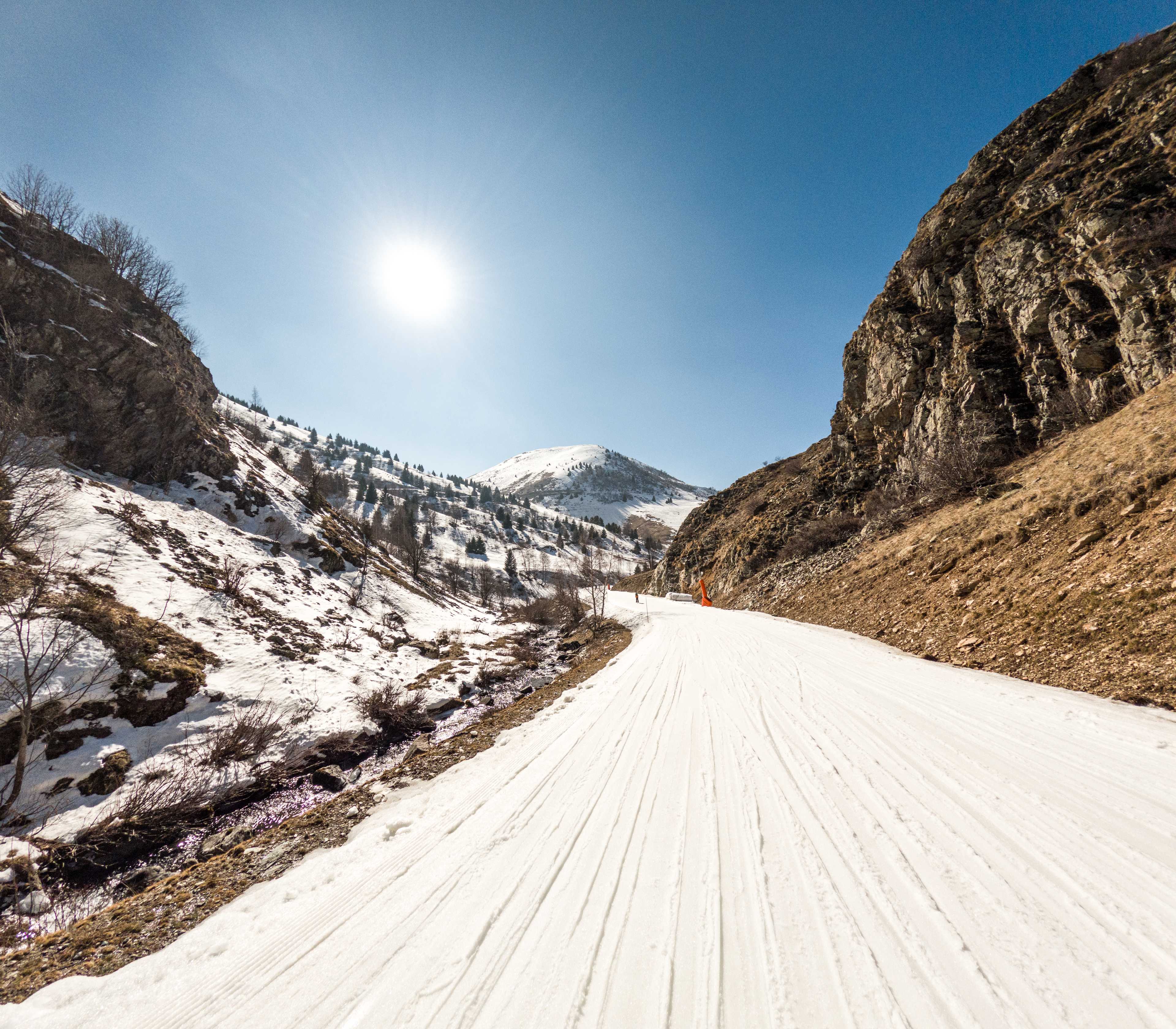
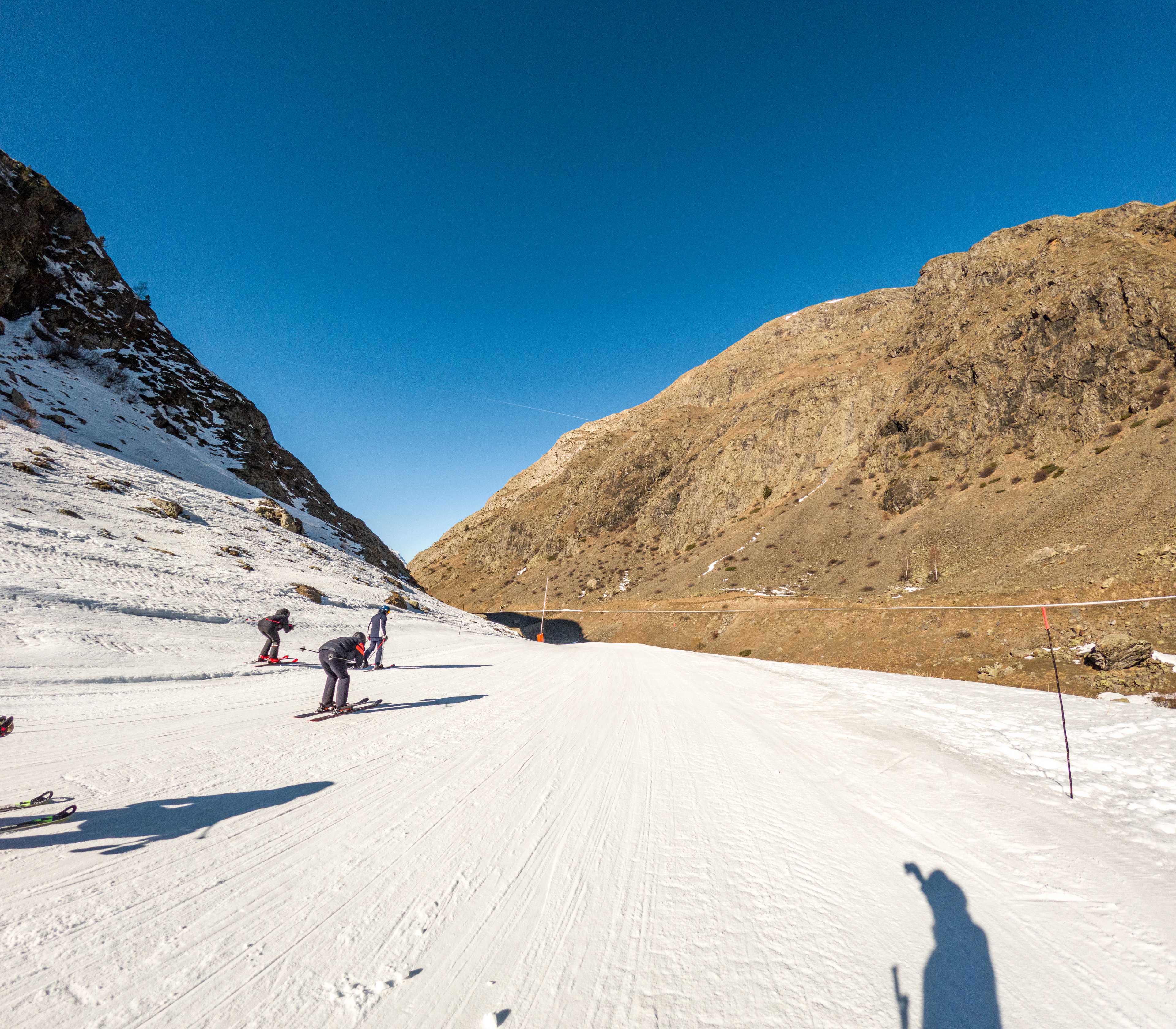
Also worth mentioning is the black Tunnel piste with one of the highest gradients in the Alps - 70%. You will descend to the actual slope from Pic Blanc through a real tunnel drilled in the rocks. The slopes on the other side of the tunnel are labeled with numerous signs informing of the dangers and the possibility of returning (through the said tunnel). The runs are very steep and are not prepared with a snow groomer. However, the fun is great, especially if we have freeride skis.
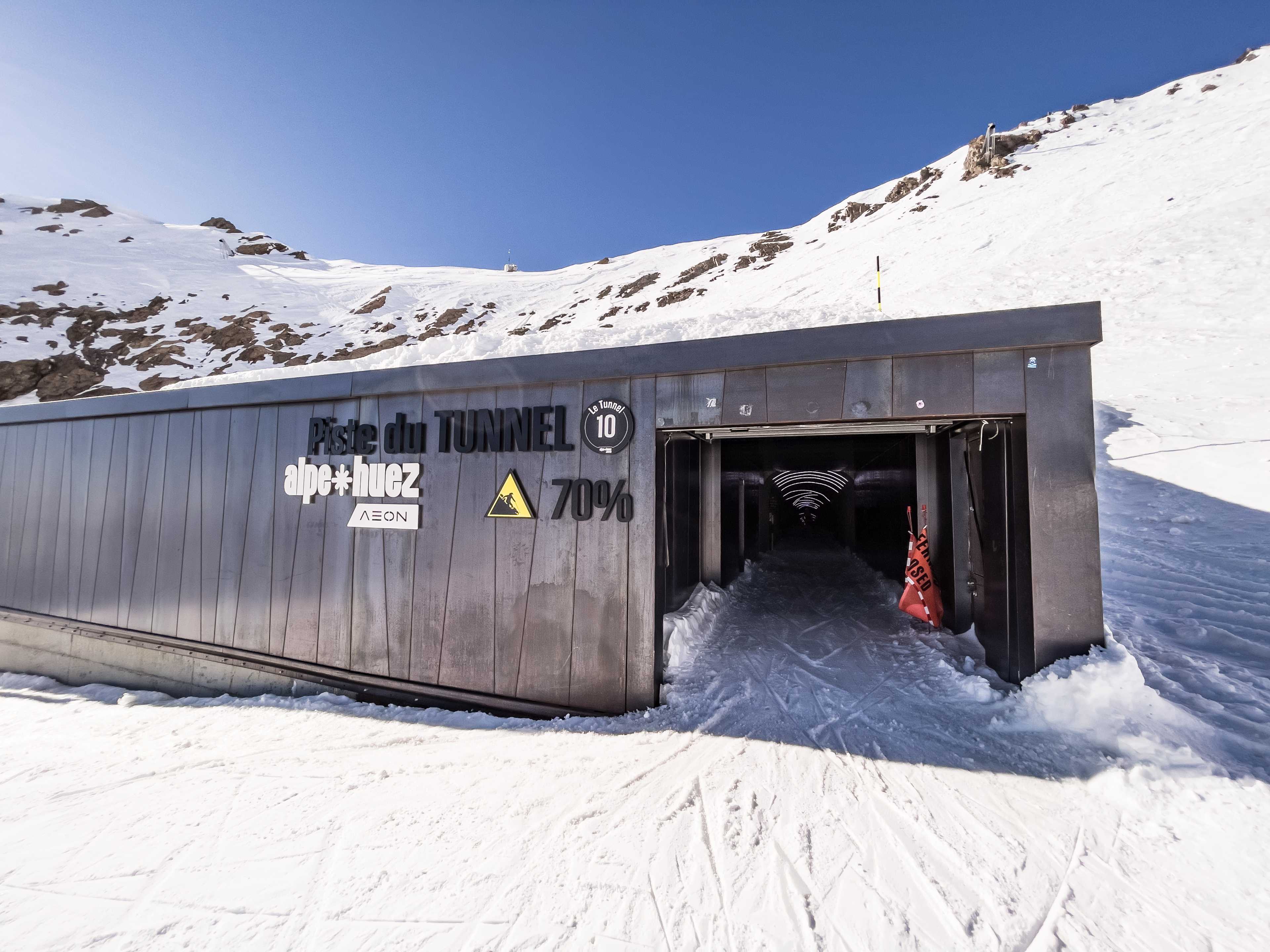
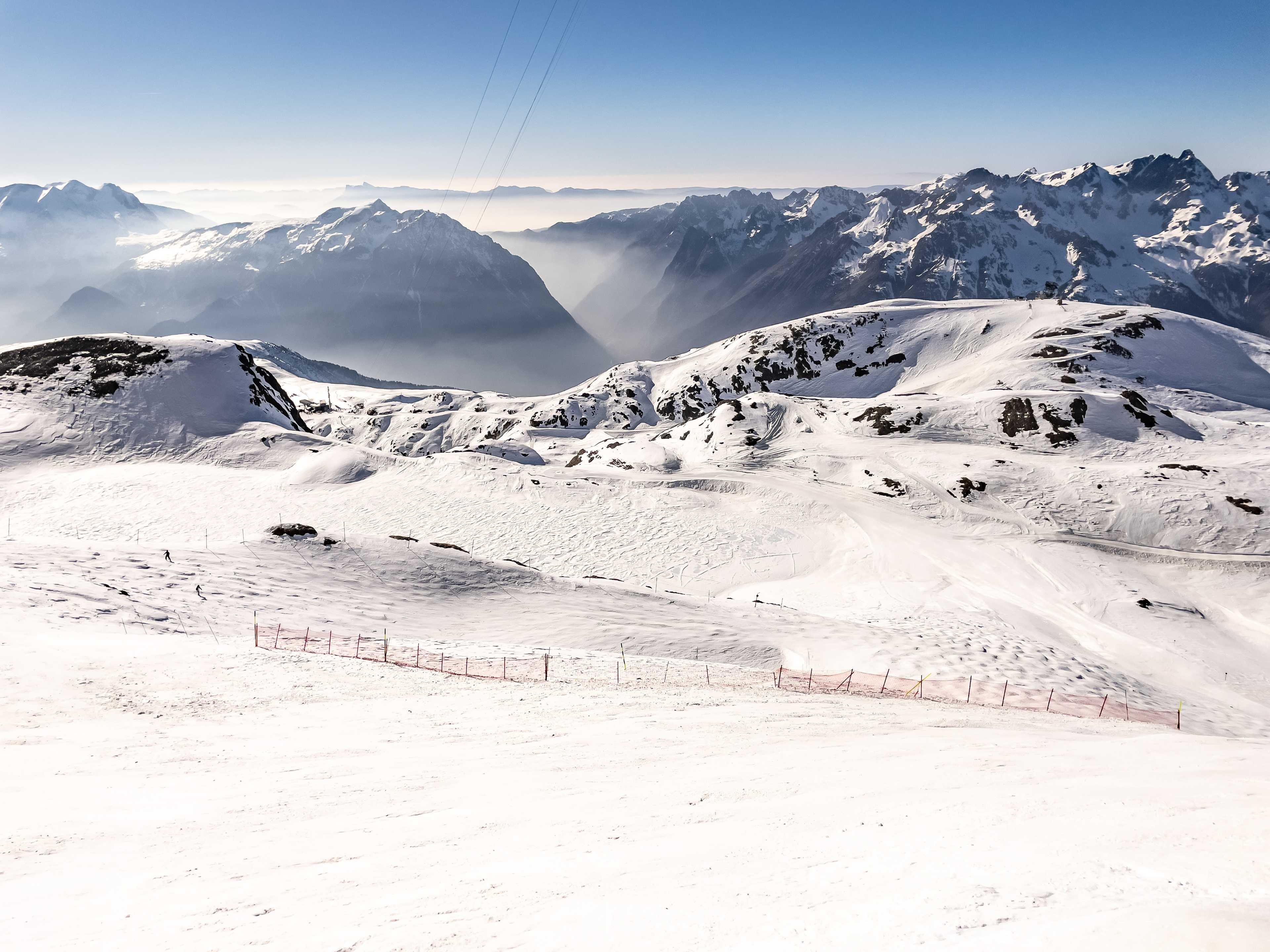

From DMC 2 / Lac Blanc north we will descend towards Oz and Vaujany. Meanwhile, from Sarenne and Marmottes south we will get to Auris En Oisans.
Vaujany/Oz (1250-2800 m a.s.l.).
North to the DMC are numerous pistes leading to Oz (1350 m a.s.l.) and Vaujany (1250 m a.s.l.). The latter is also a sizable area of the easier slopes of Montfrais (1650 m a.s.l.). To Oz and Vaujany we'll descend more difficult slopes. The most notable here is the black twisty "La fare" run which, albeit difficult, is very pleasant with its geometry and decent conditions. A large part of this piste is located in the forest, so sun exposure is limited and even in warmer seasons there is quite a lot of snow. From Vaujany, we can take the gondola lift to Montfrais or return by cable car to the Alpette area (2050 m a.s.l.), from where we in turn reach the Dôme des Rousses (2800 m a.s.l.). The fully open-air, suspended cantilever structure of the cable car station deserves attention (altitude sickness anyone?). From there we also enjoy one of the nicest panoramic views of the resort. From the summit we will reach Lac Blanc via two red runs. This is one of two routes back to Alpe d'Huez.
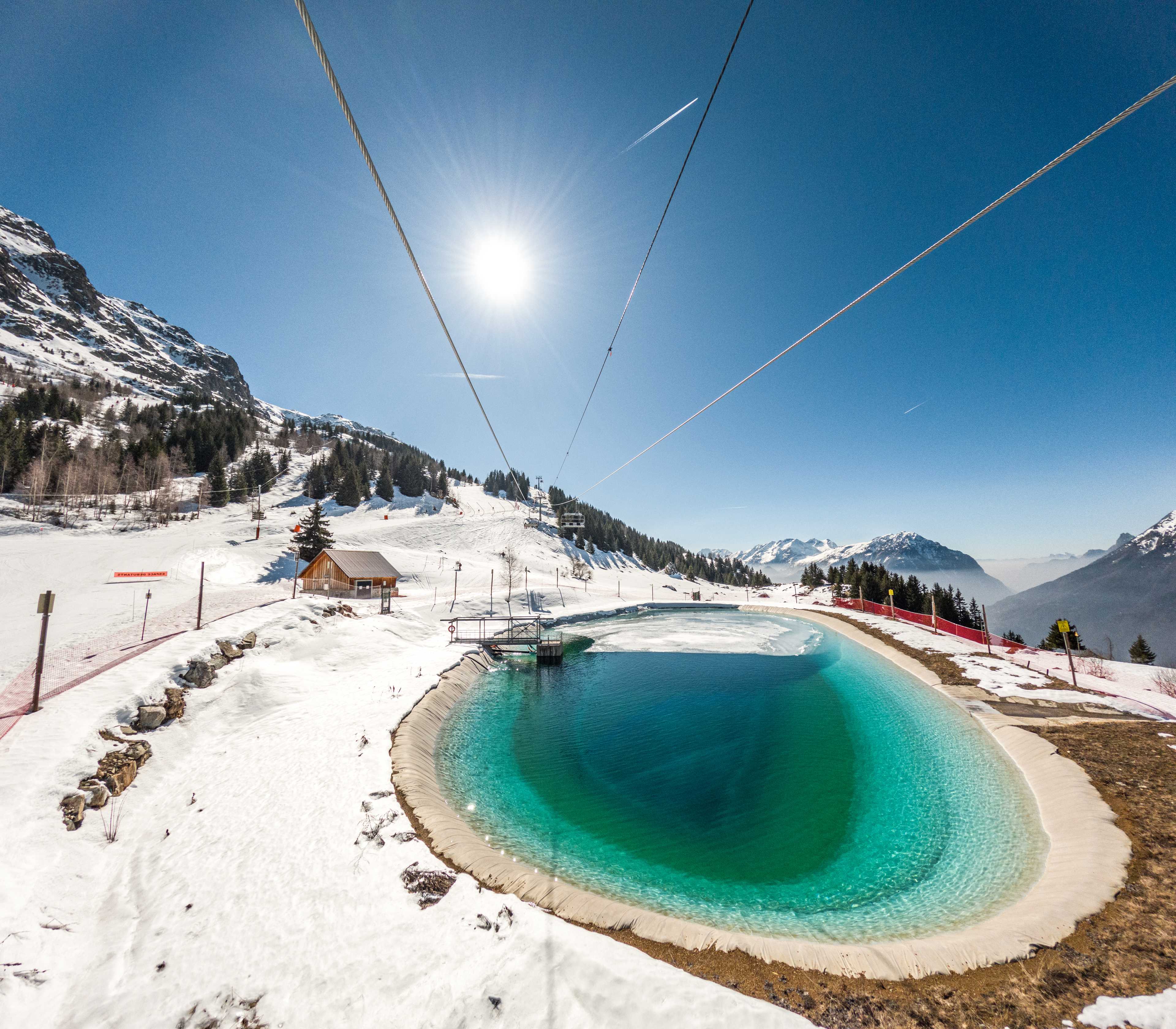
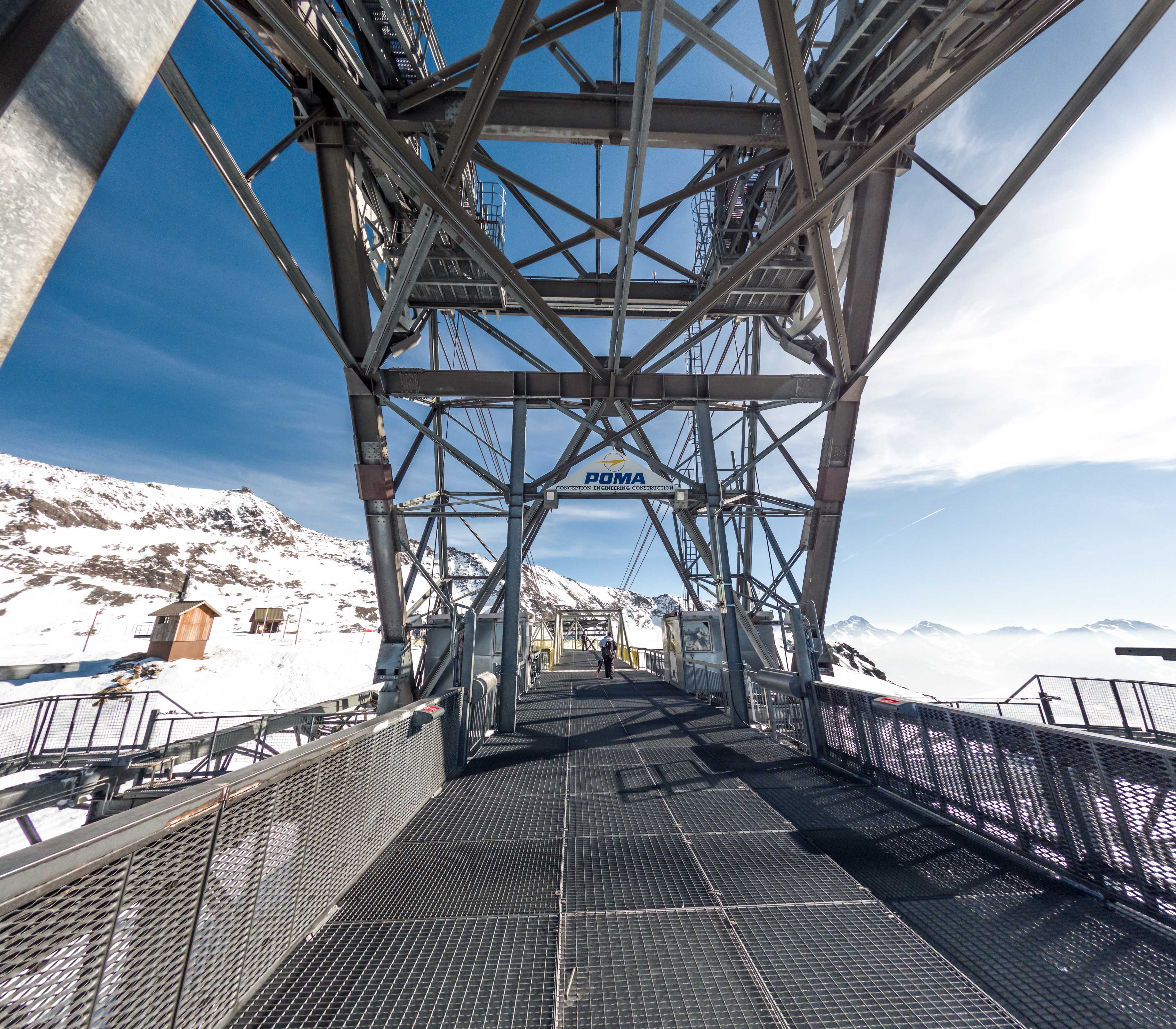
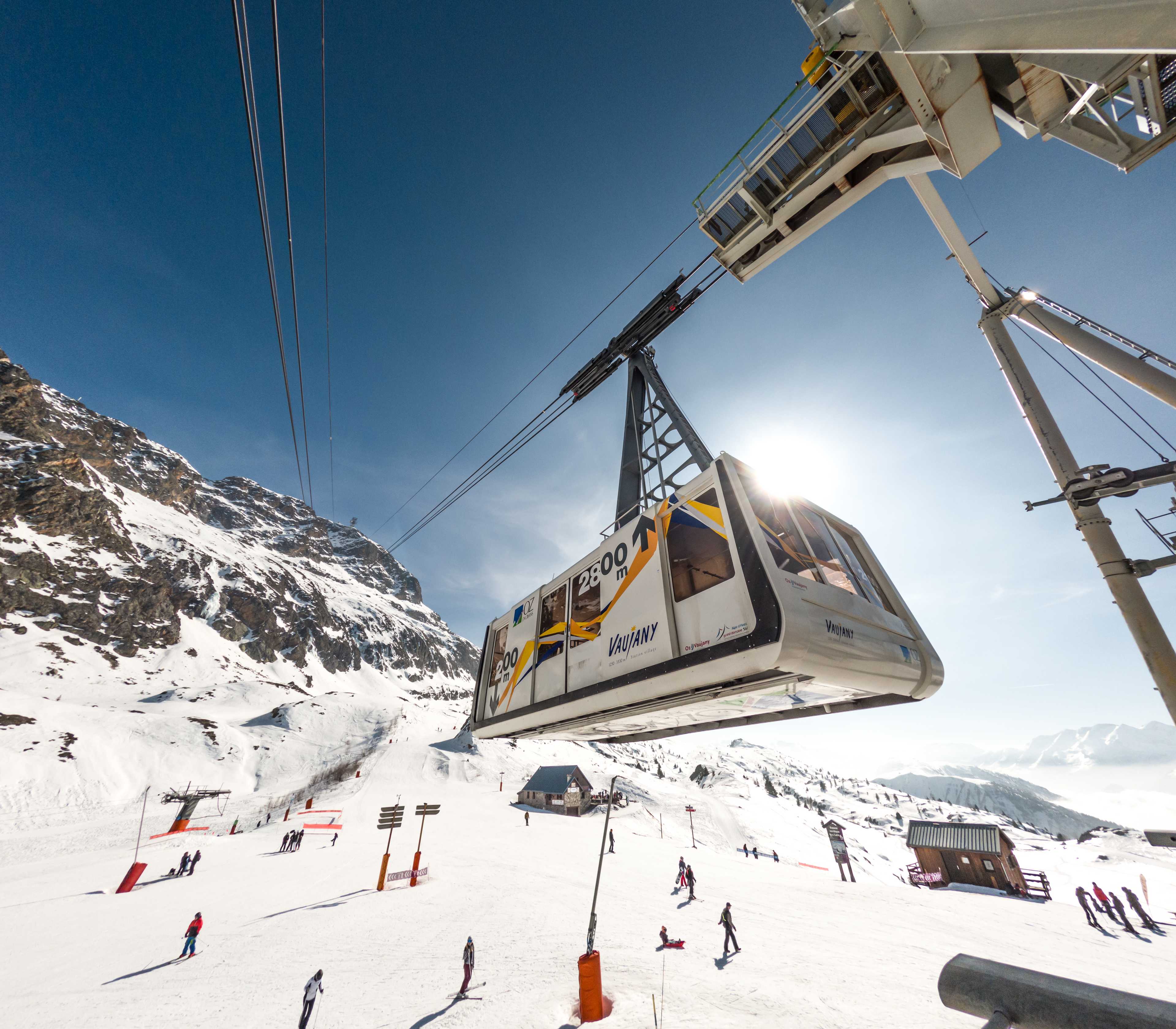
Oz En Oisans has recently been connected to the lower village of Allemond (730 m a.s.l.). We won't get there on skis, and the two-way link is provided by a modern gondola lift. This is, however, another extension of the accommodation base, at more accessible altitudes. From the upper station of this railroad, we can transfer to the older Poutran gondola, which shares its upper station with the DMC intermediate station in Alpe d'Huez.
Auris En Oisans (1600-2180 m a.s.l.).
Auris is the southernmost part of the area. It will be reached by the two-way Alpauris lift straight from Alpe d'Huez. More advanced skiers will be interested in the descent from Sarenne, which ends nearby (who would take the lift downhill?). Auris itself consists of two massifs: the Signal de l'Homme summit (2180 m a.s.l.) and the Col de Maronne. From the former, the construction of a connecting cableway to the nearby resort Les 2 Alpes was under consideration. Unfortunately, in 2023 the idea was abandoned.
The slopes of Signal de l'Homme topography are somewhat resembling Italy's Kronplatz. Being very spacious and wide, they are quite different from what we will see in Vaujany. Auris also has a few pistes marked in green - for beginners. Auris is a nice addition to the whole complex, but felt a bit underwhelming to me. It certainly seems to me that this part of the resort has a lot of potential, yet to be utilized.
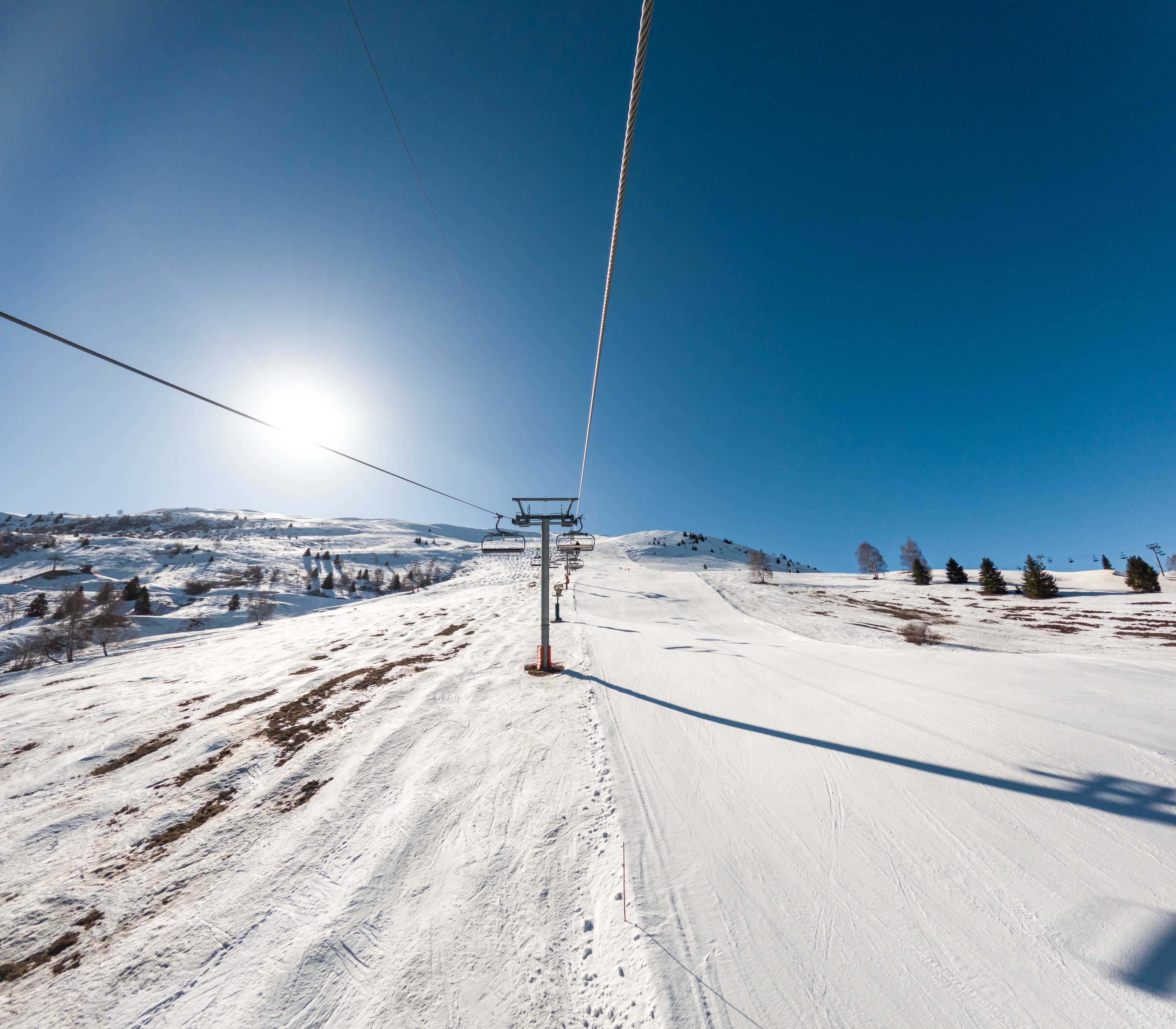
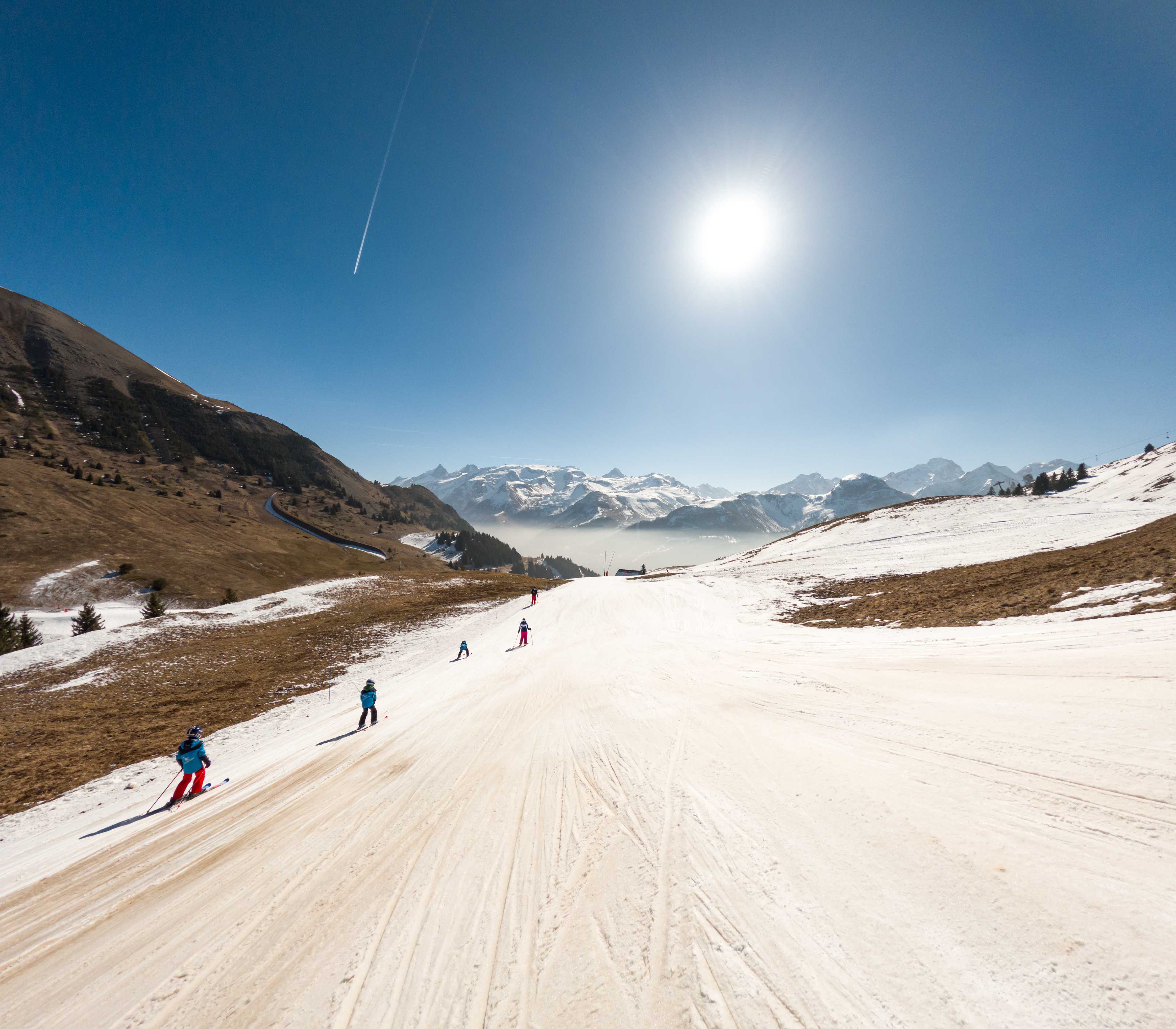
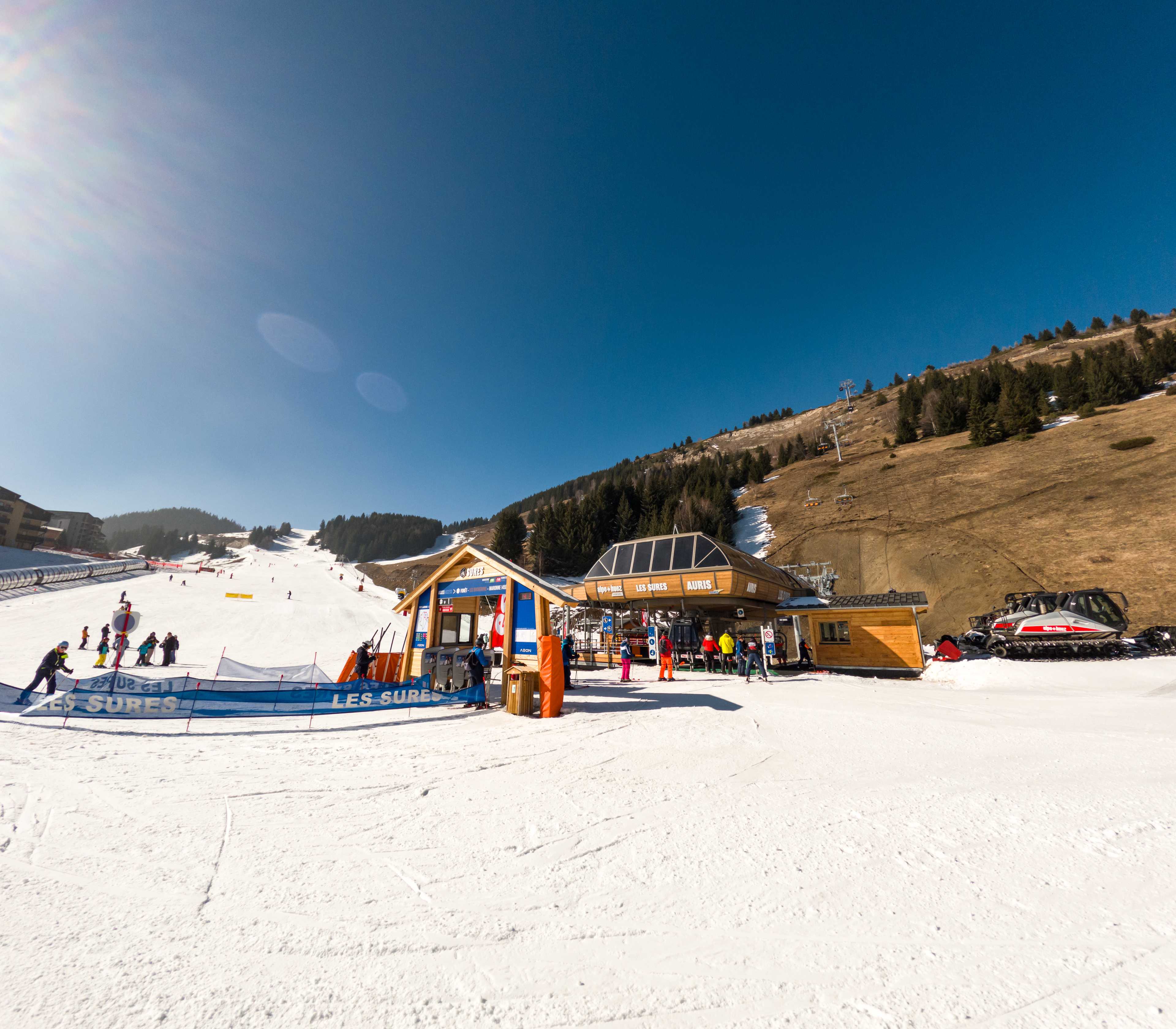
Infrastructure
With such a huge size of the resort, maintaining such a number of lifts is quite a challenge. The cableways are well-maintained, although quite a few of them are already over their prime years (for example, DMC). Nevertheless, they guarantee a high, yet not always sufficient, capacity. Worth noting are the lifts serving the town of Alpe d'Huez itself. In the 2022/23 season, a new gondola was put into service between Huez and Alpe d'Huez, along the access road. In Alpe d'Huez, through the middle of town, both pedestrians and skiers can travel in the basket carriages of a funky gondola lift. A modern gondola cableway also wraps around the town, connecting the ski area with access lift from Huez. Similarly, in Vaujany and Oz, numerous new gondola lifts link various parts of the town with the slopes.

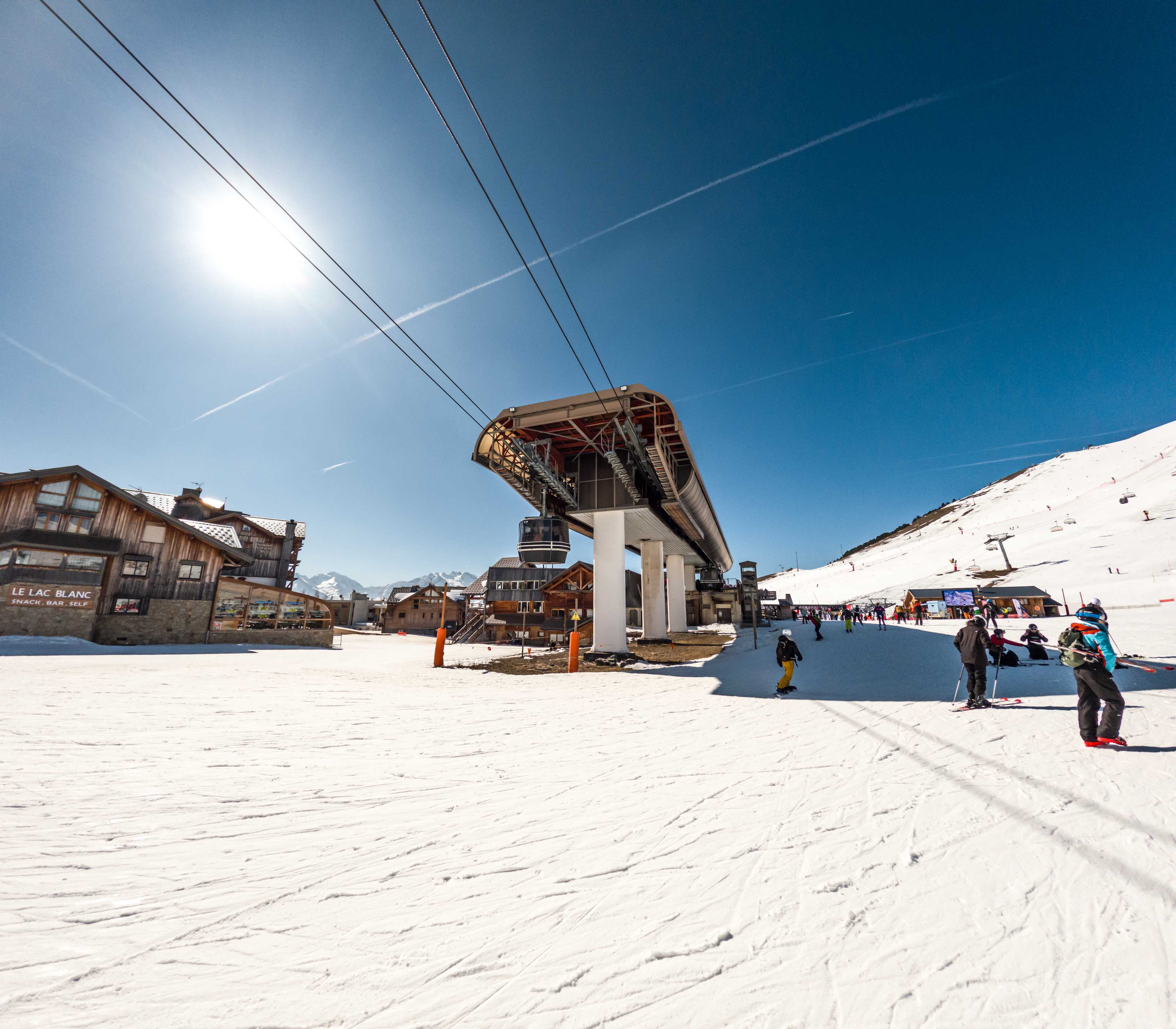
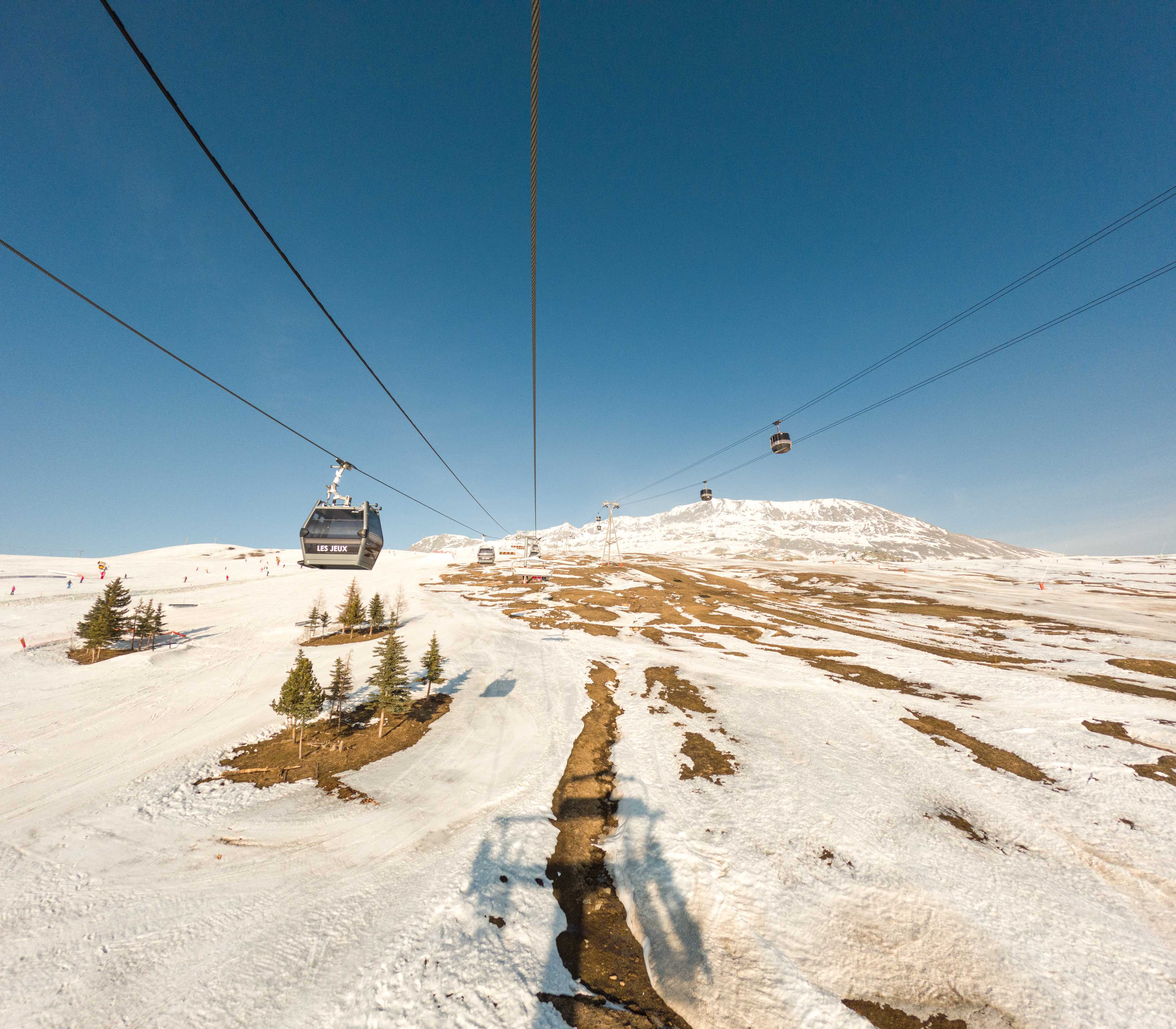
The pistes were perfectly prepared, with dozens of snow groomers taking care of the trails, traversing more than 250 kilometers of slopes for several hours a night. While visiting the resort in unfavorable snow conditions, I verified the snowmaking systems at their best. Conditions were very good and literally in a very few spots on the slope I saw grass or stones. Really good work!
There are plenty of food courts in the resort offering truly delicious dishes of both French mountain cuisine and Mediterranean delicacies. In most places we will pay by card, and the staff will communicate with us in English.
The only thing I didn't like was the route signage. For non-French speakers, the names of the trails and lifts will be difficult to remember and even impossible to pronounce. As in many French resorts, the trails and places are marked with just names, without any supporting symbols.
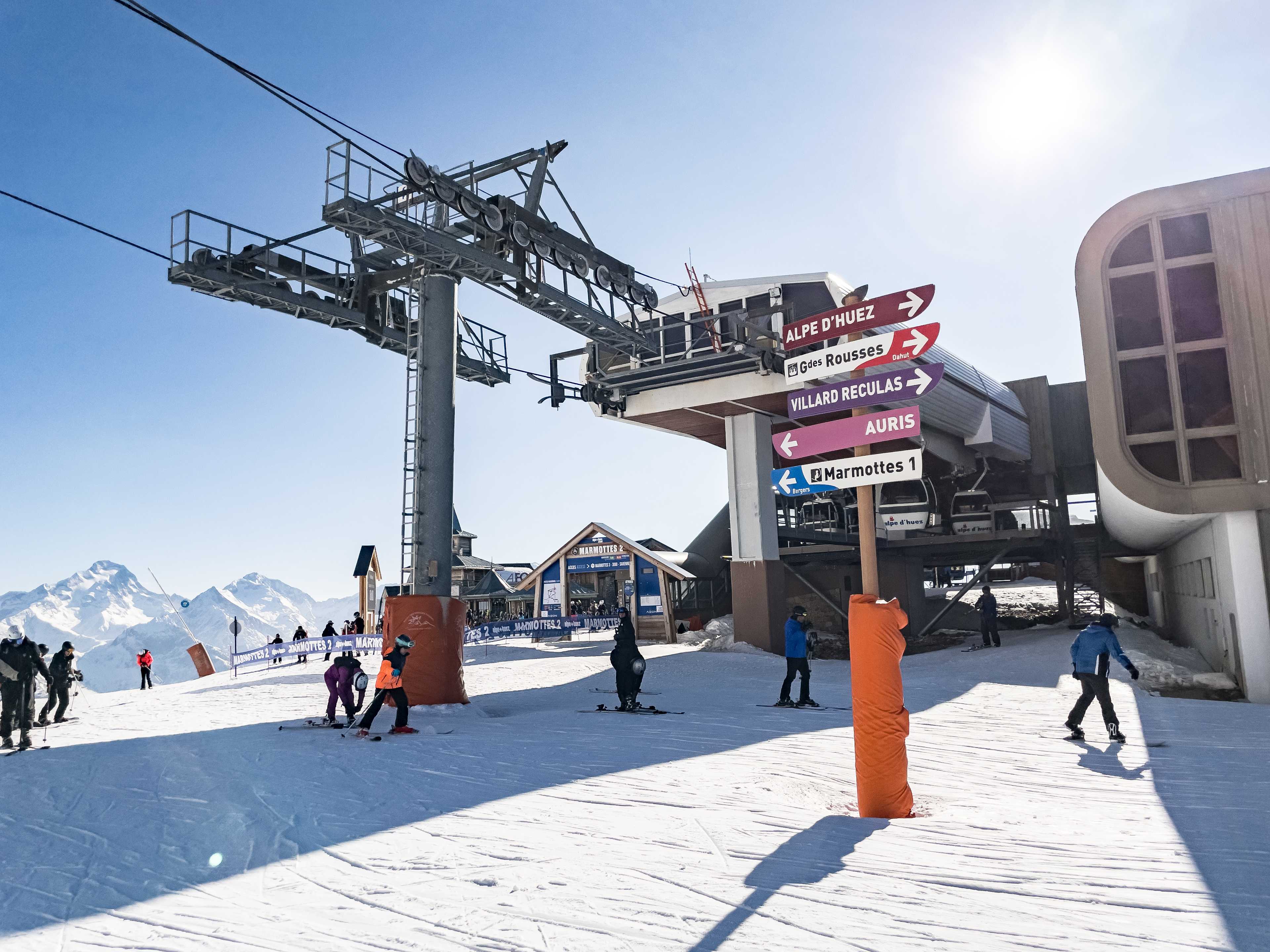


At first I missed the easy orientation here, which I had experienced such as in Ischgl. It got easier over time, of course, but the vast terrain and non-obvious topography were a challenge.
Season
Its proximity to the Mediterranean Sea brings humid air masses over the resort. This in earlier years guaranteed huge amounts of natural snow with an average of 300 days of sunshine a year. However, the warming climate is taking its toll, with the southern location also contributing to increasingly warm temperatures in winter.
The 2023/24 ski season begins December 2 and will run through April 21. In the presale, a season ski pass for an adult costs €720. After that, the price rises gradually to €1052.50. A week-long high season ski pass costs about €359, which is not an excessive price compared to other iconic resorts such as Val Thorens or Zermatt.
Summary
Alpe d'Huez is one of the best ski resorts I've been to so far. The wide range of ski runs makes this resort absolutely versatile and meets the demands of probably all types of ski fans. The green runs are a great place to start one's skiing adventure. The blue slopes, while still easy, are clearly more challenging than the former. On the red ones we will feel the adrenaline and be able to achieve significant speeds. A fairly large representation of black runs, including deliberately unprepared ones, makes this resort attractive to advanced skiers. Also keep in mind the freeride and snow park areas. There really is everything here.
A wide range of hotels spread over several resorts makes this resort complex more accessible, and a winter vacation here doesn't have to be outrageously expensive. There is also a town swimming pool, and nightlife can be enjoyed in several bars and clubs. Numerous restaurants should appeal even to the more savvy foodies - you'd sooner eat scallops here than grilled sausage. All of this is complemented by unusual views, often above the clouds that envelop the rocky town.
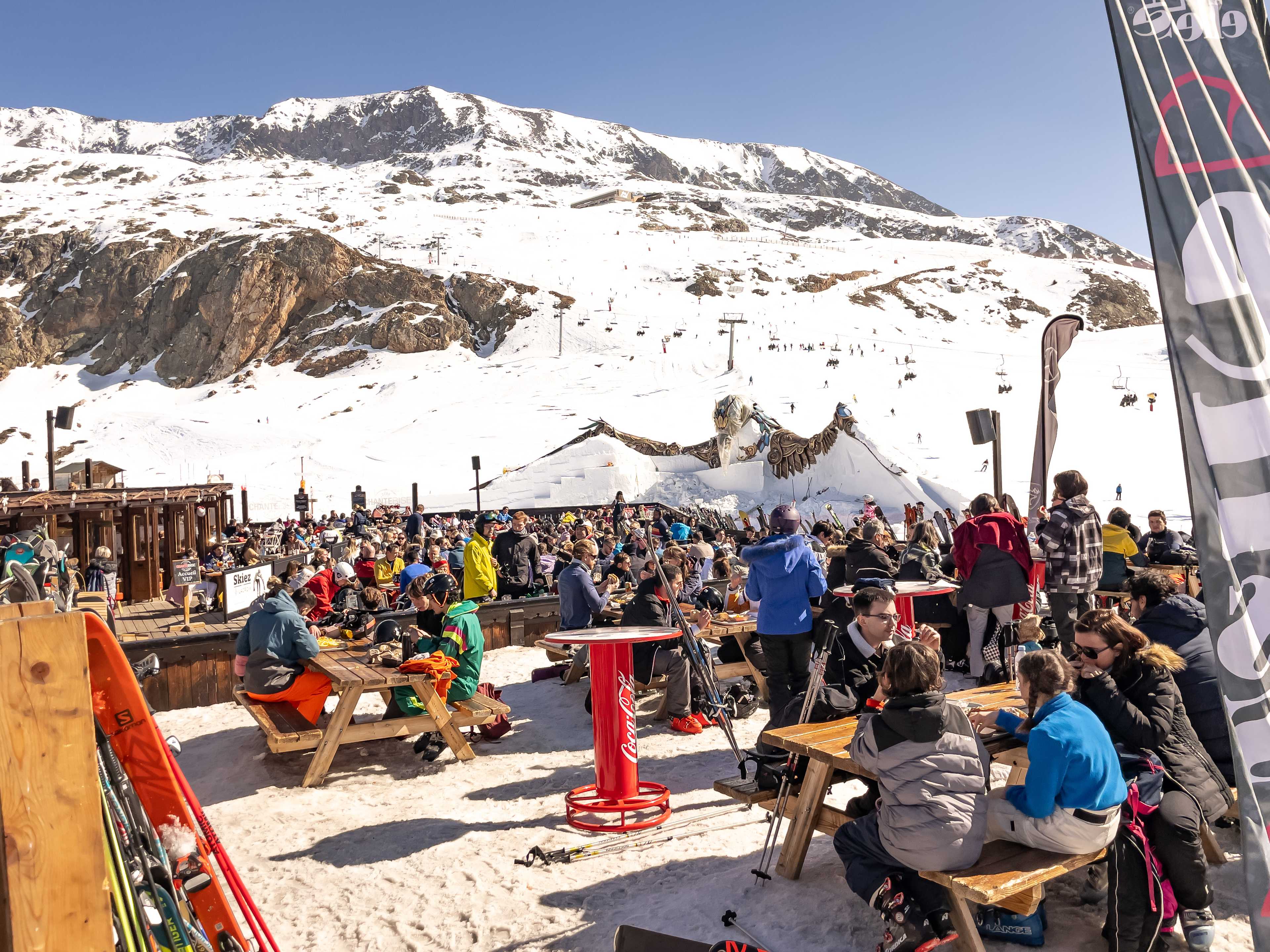
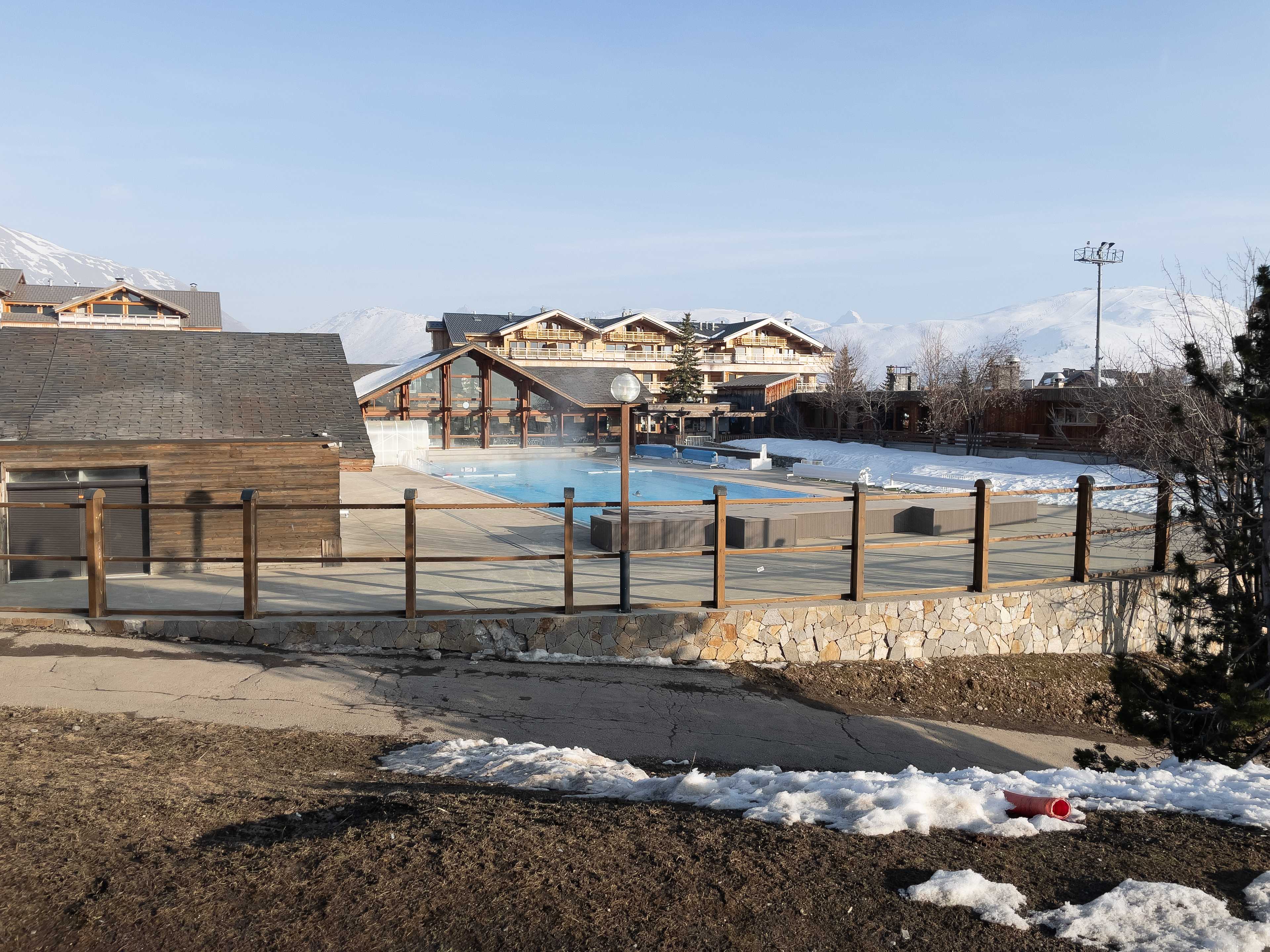
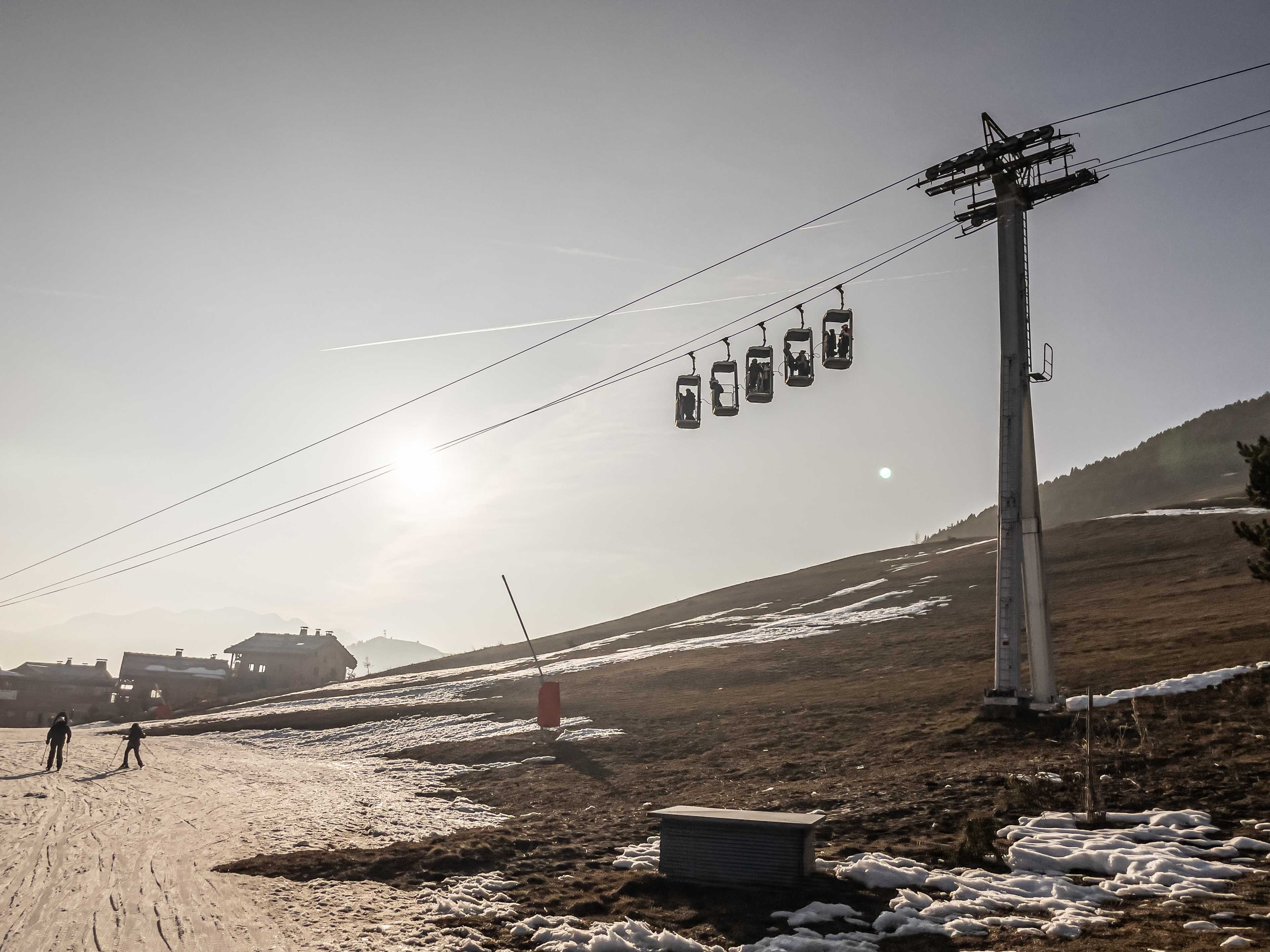
The resort is perfect for: every skier.
Resort pros:
- perfectly groomed slopes of all kinds
- efficient infrastructure
- a large variety of accommodations that guarantee both a high standard and attractive prices.
- food (sic!)
Resort cons:
- textual, French-language route markings.
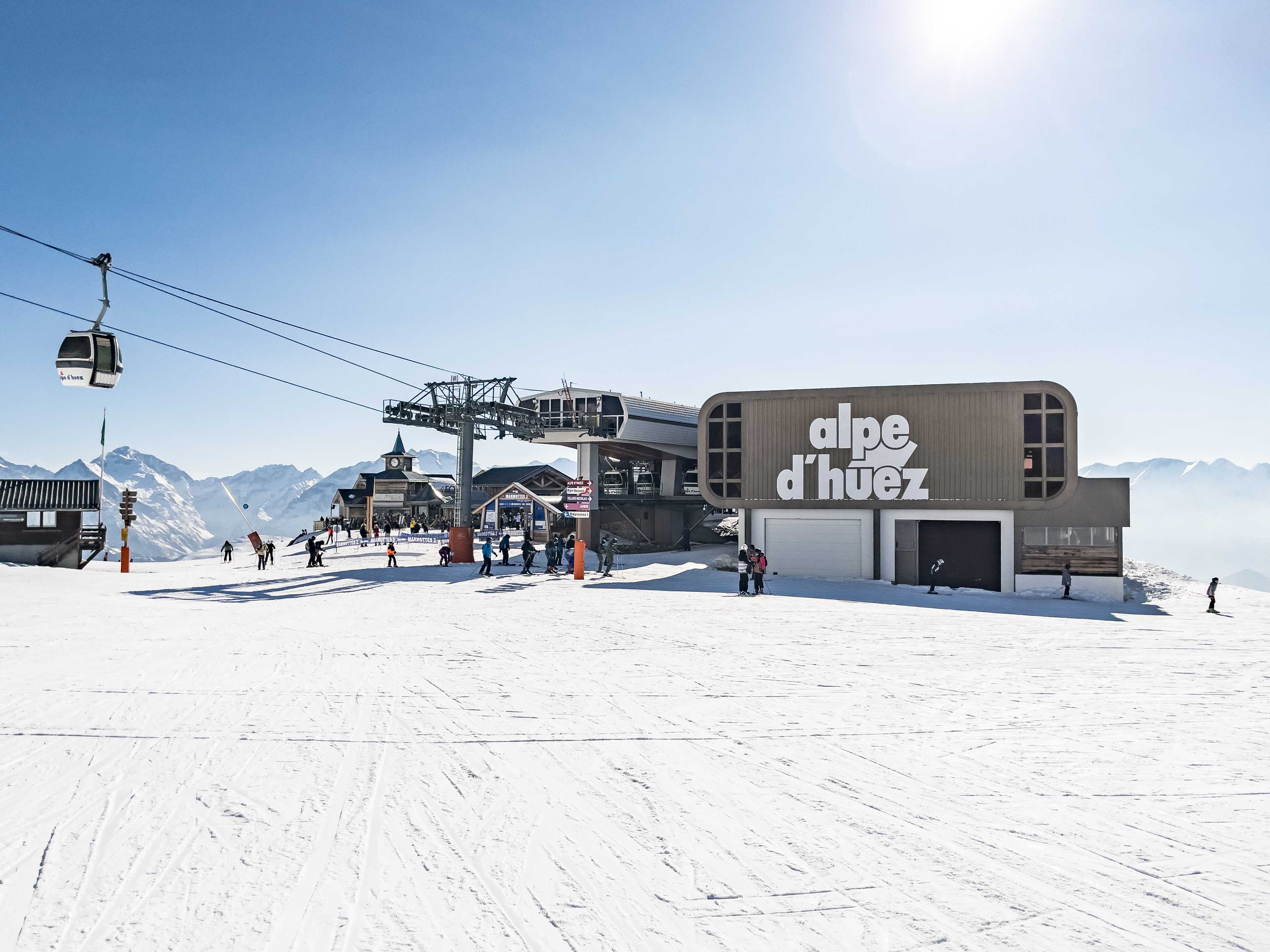
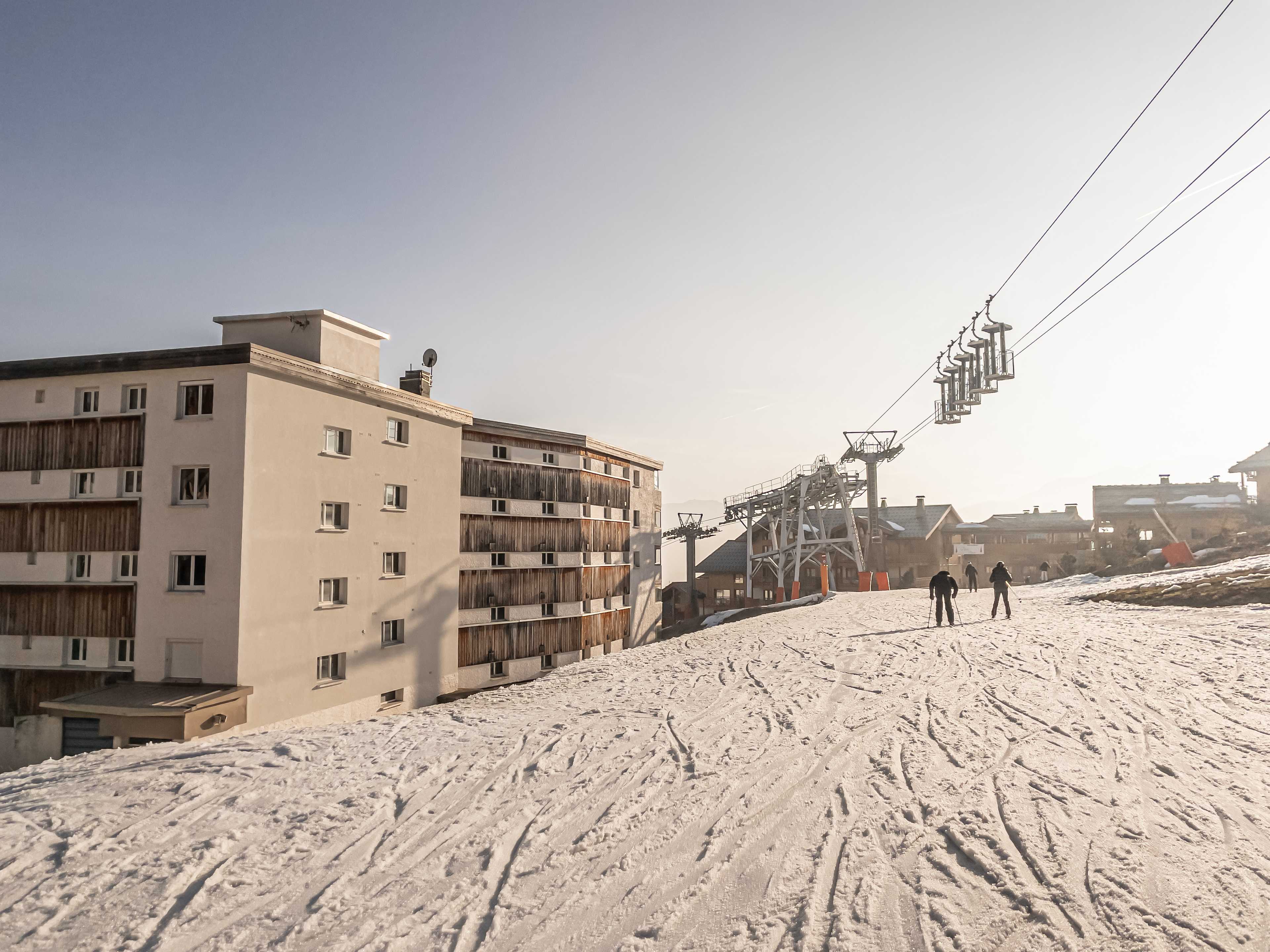
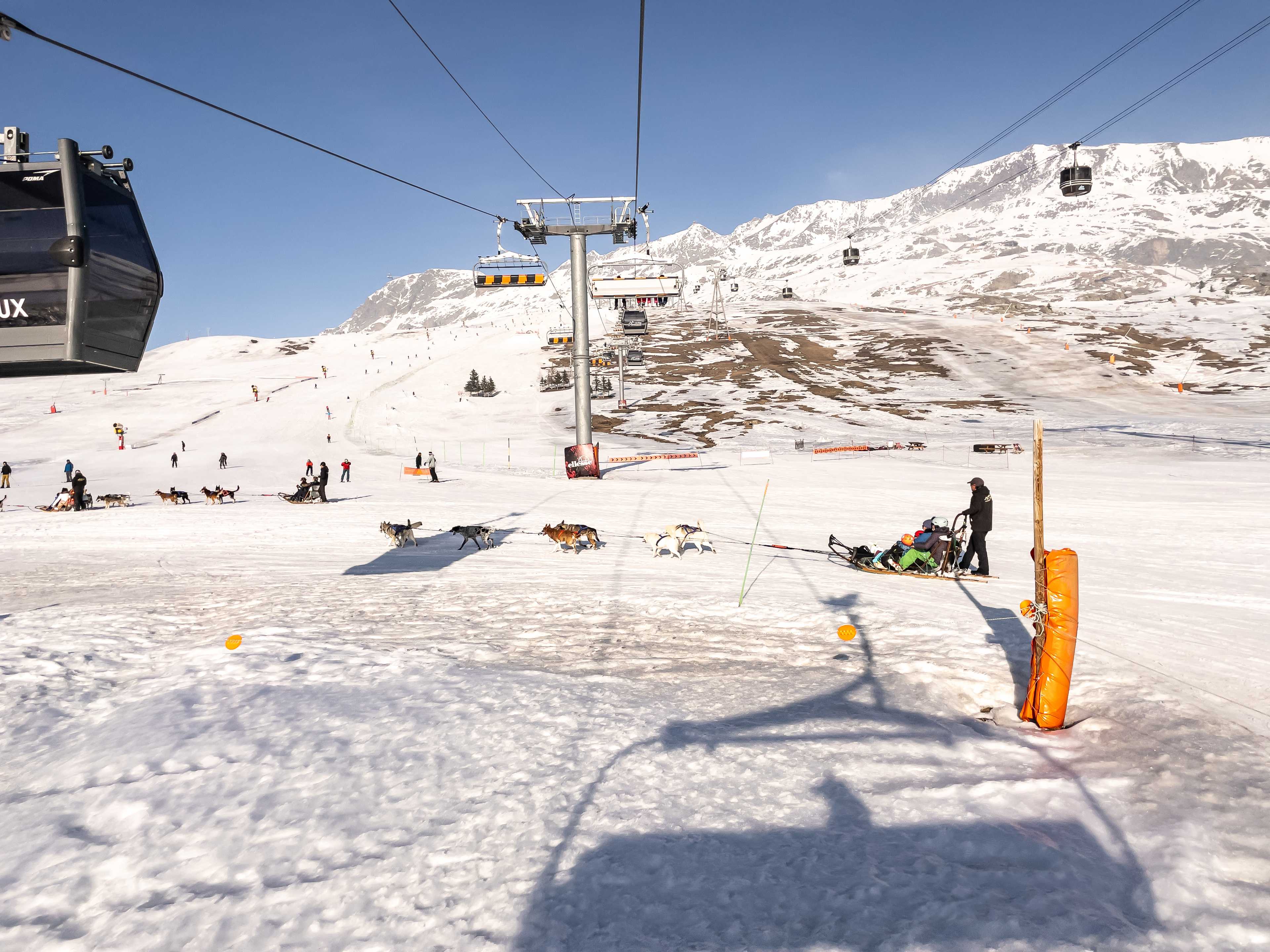
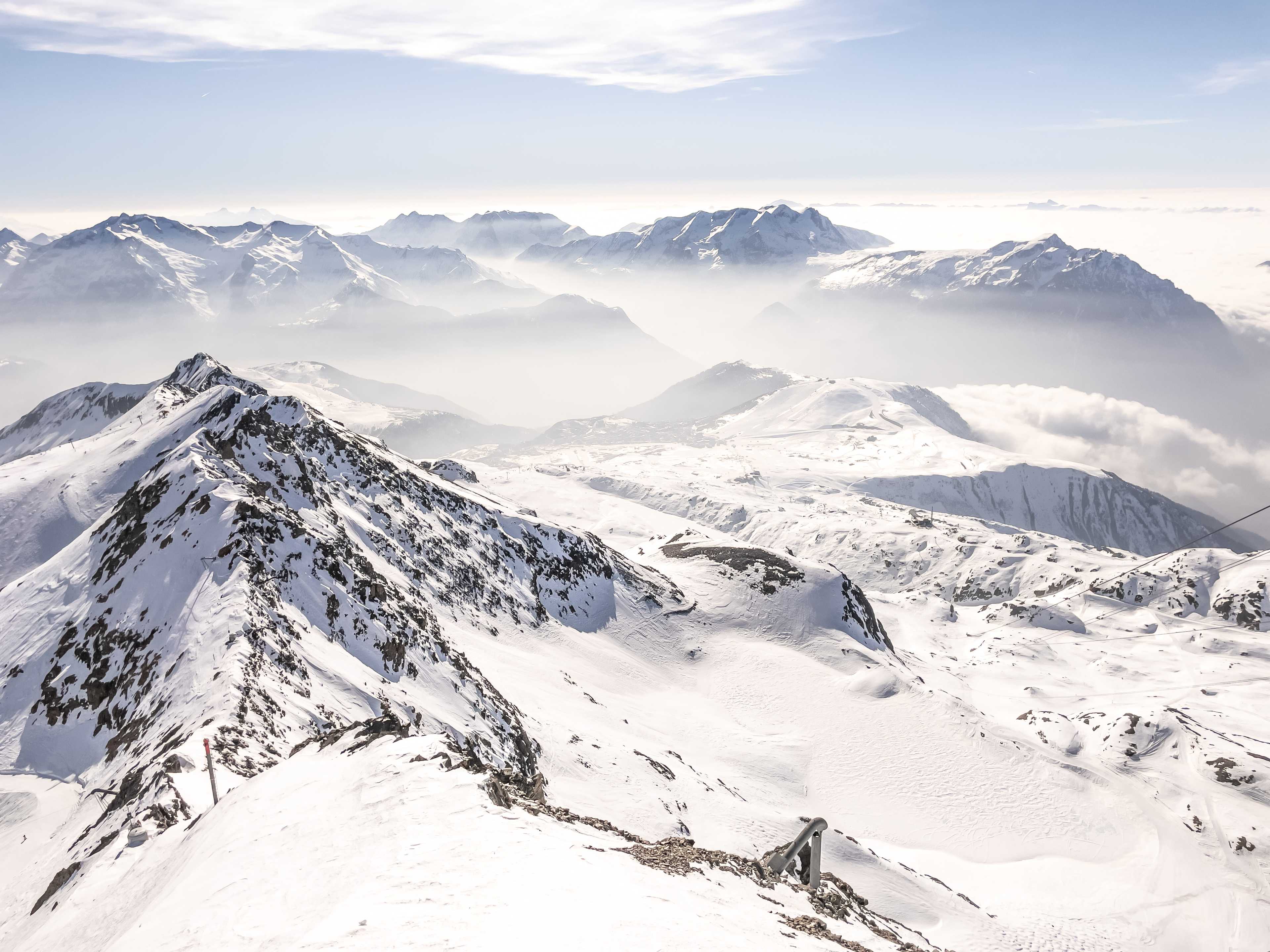
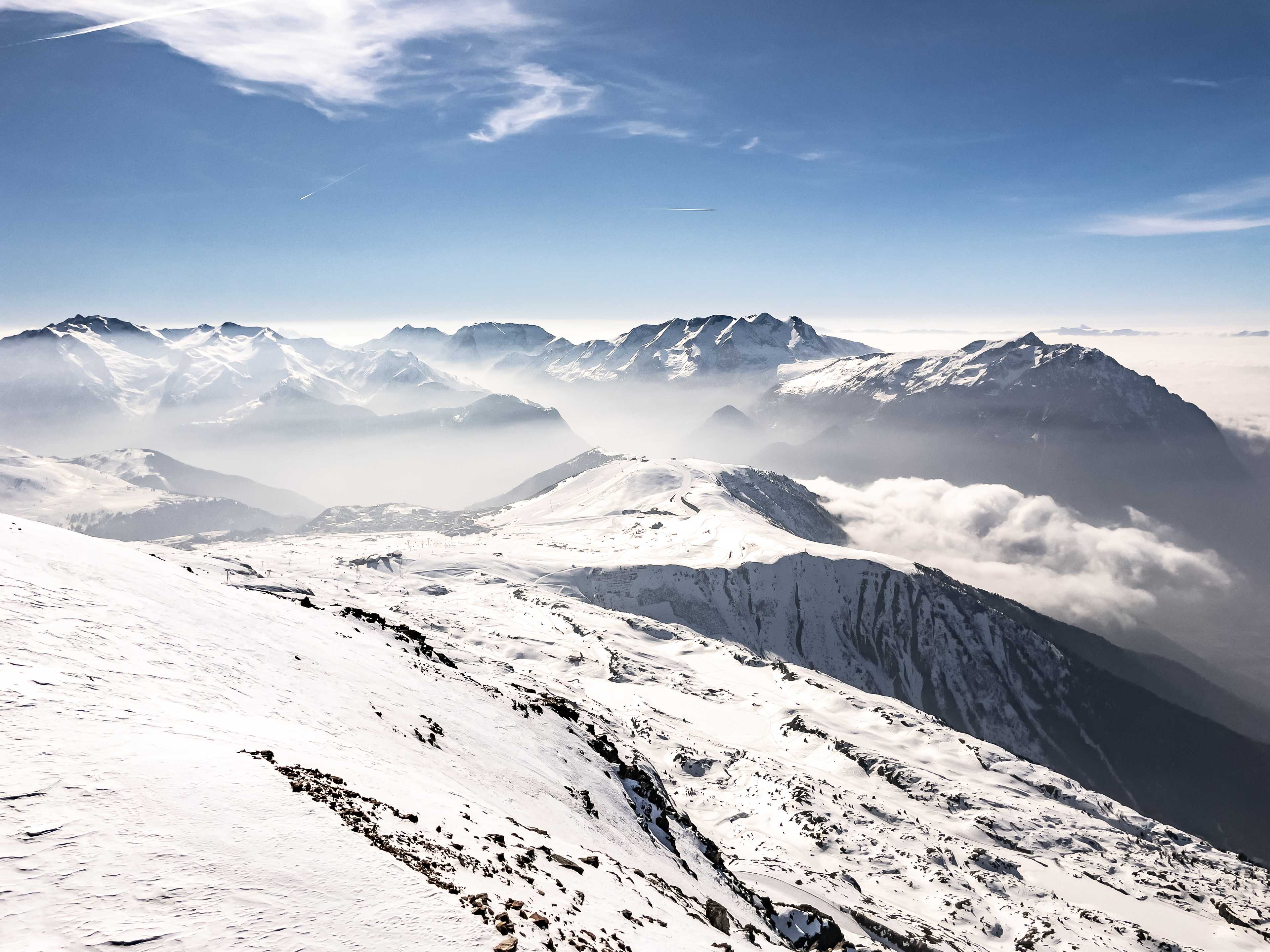
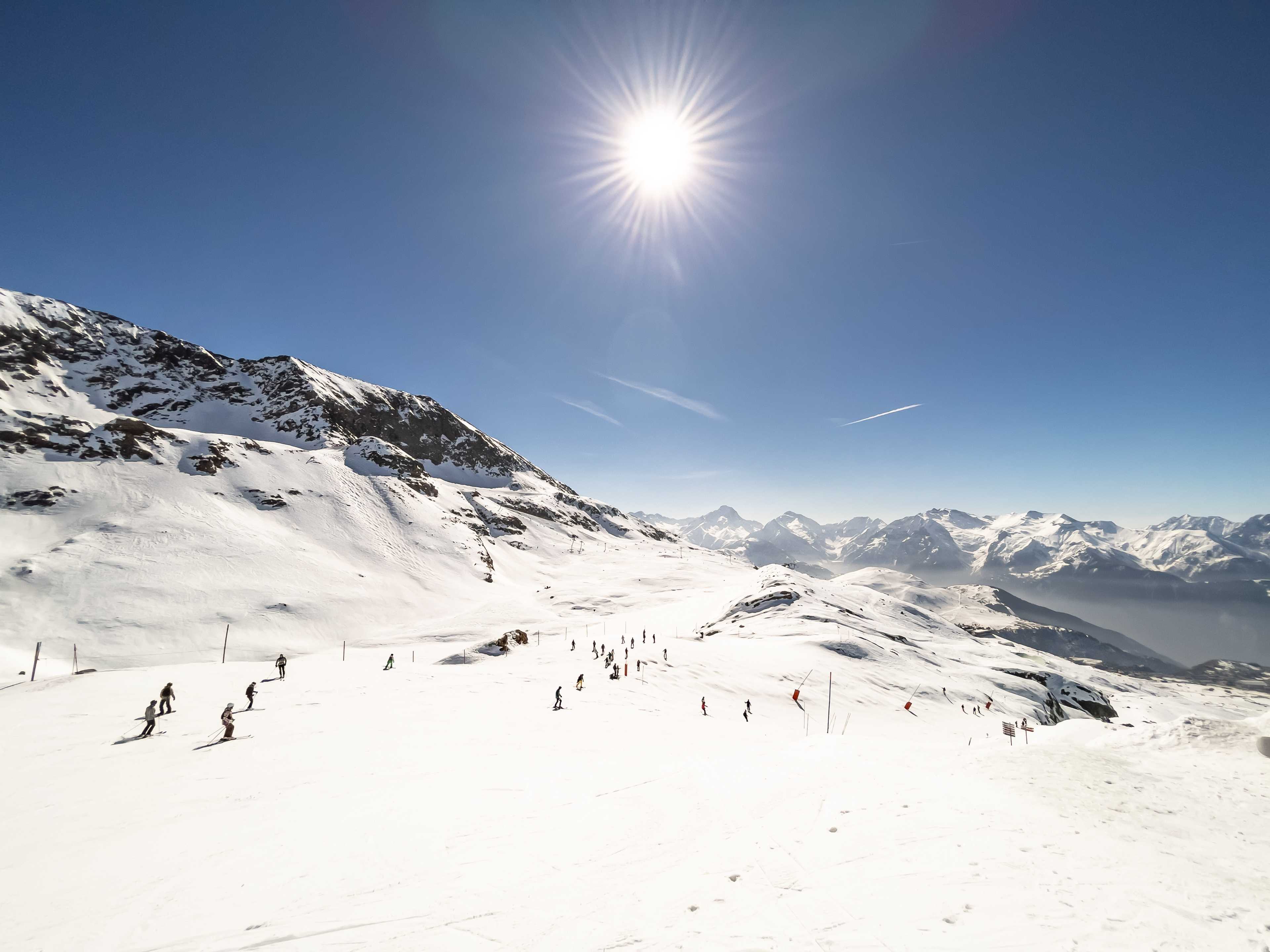

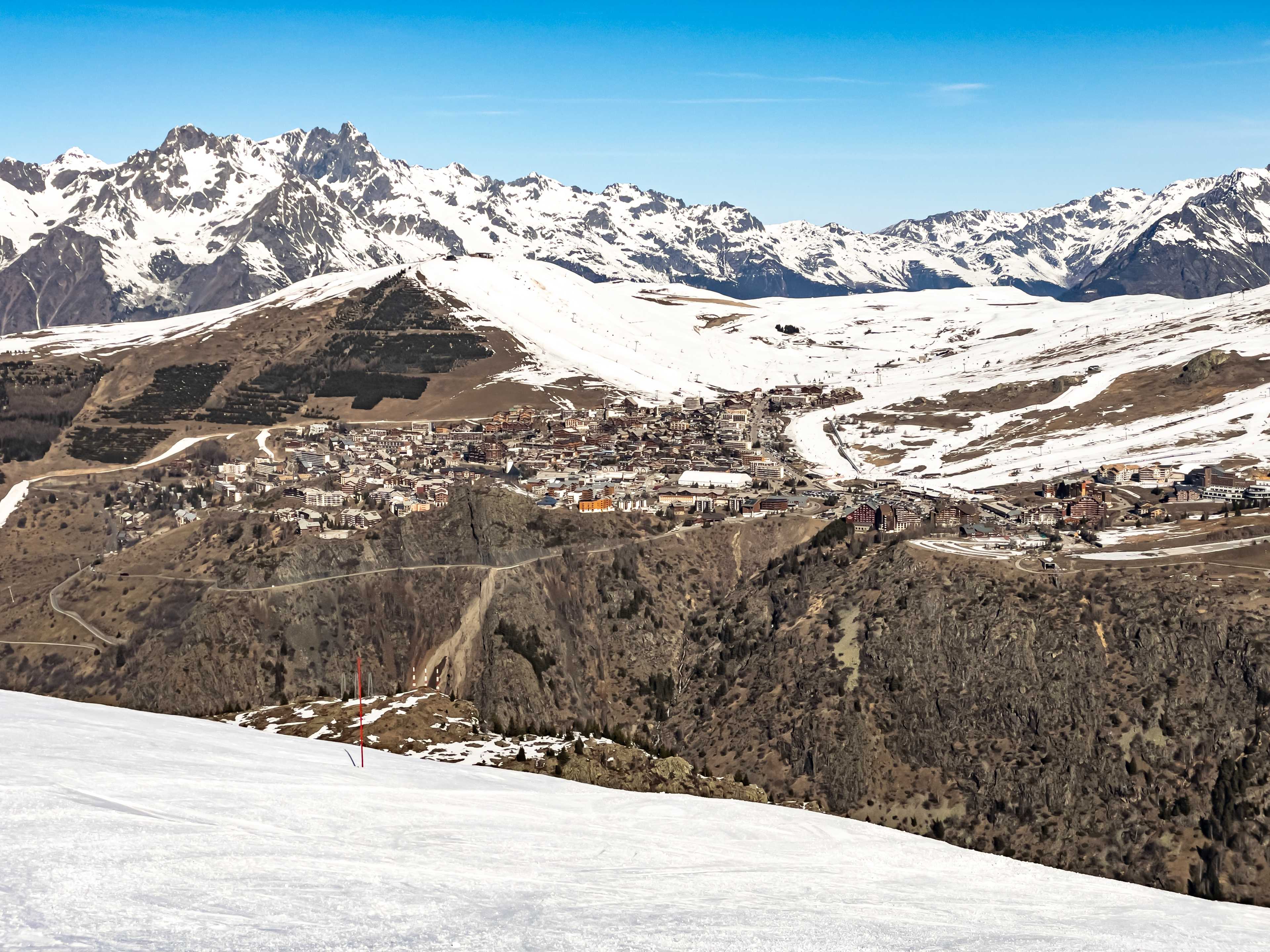
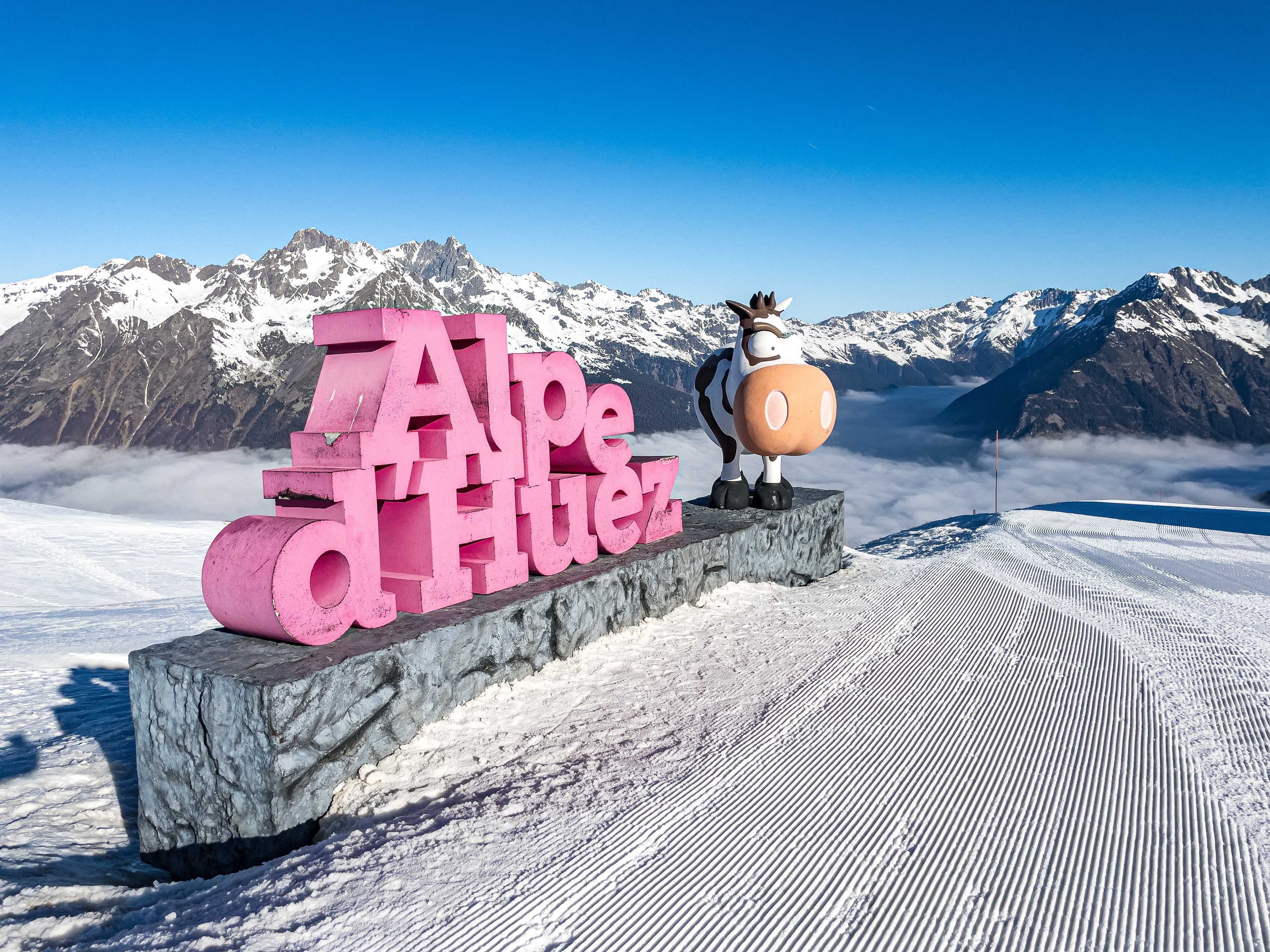
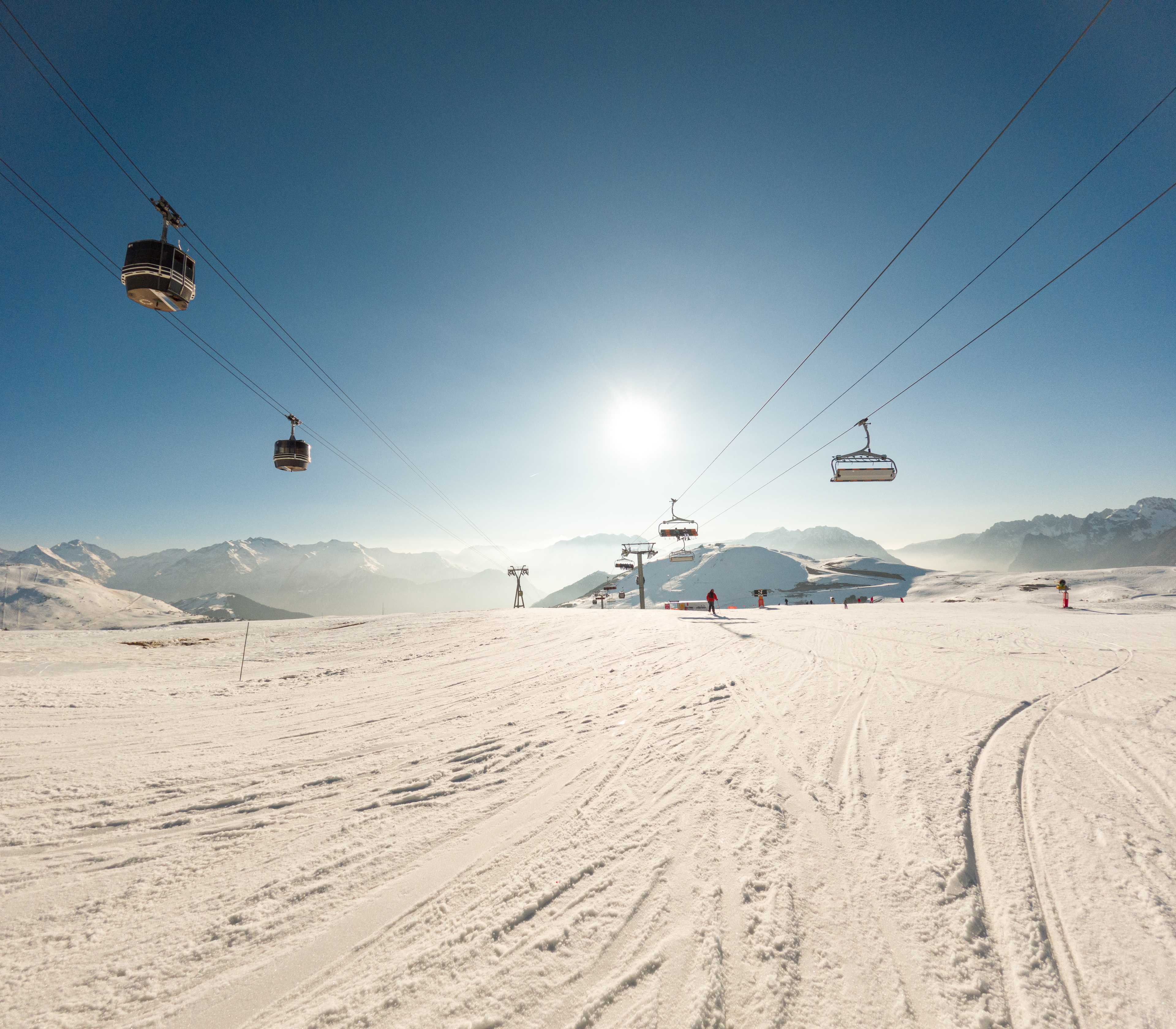
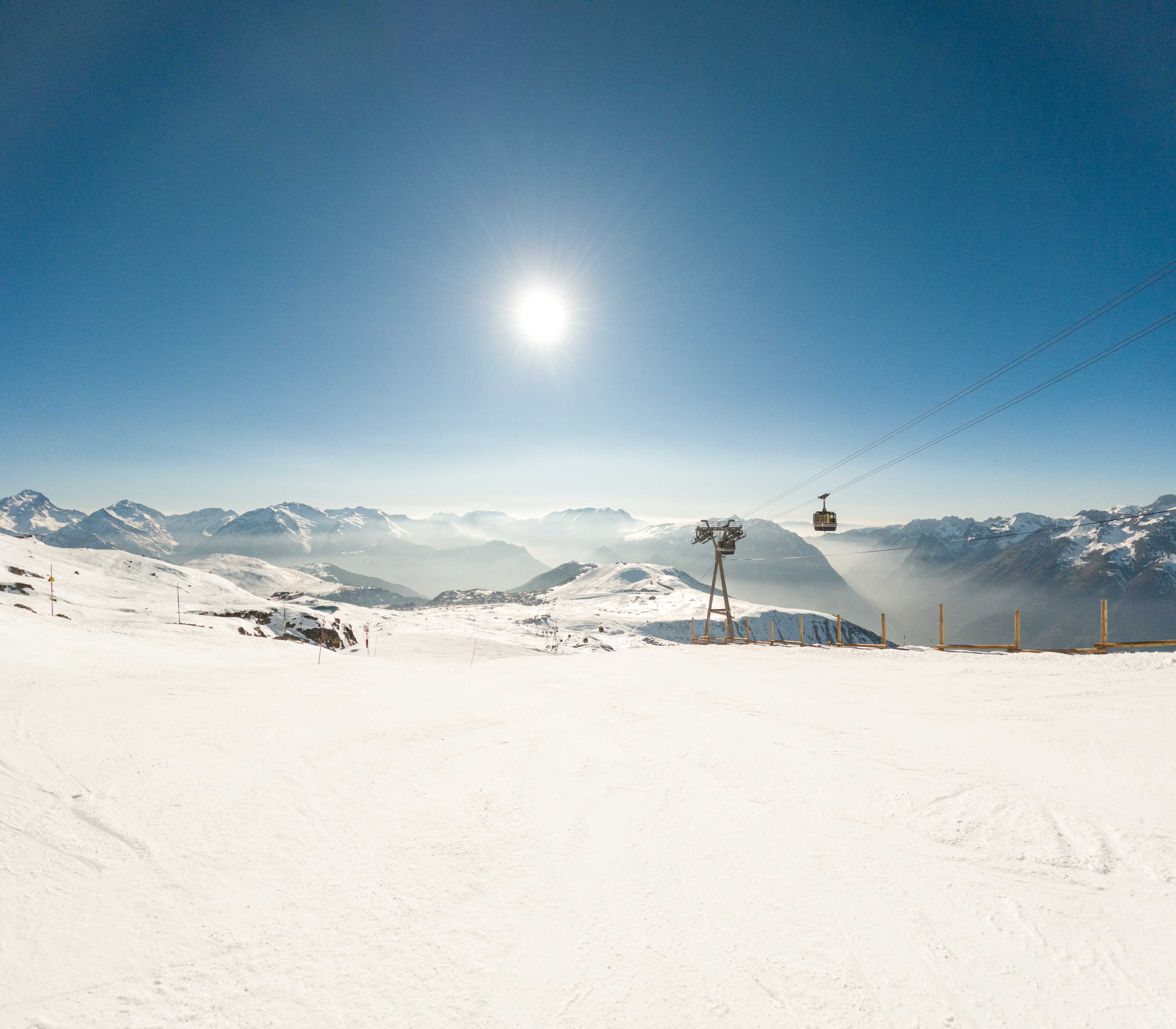
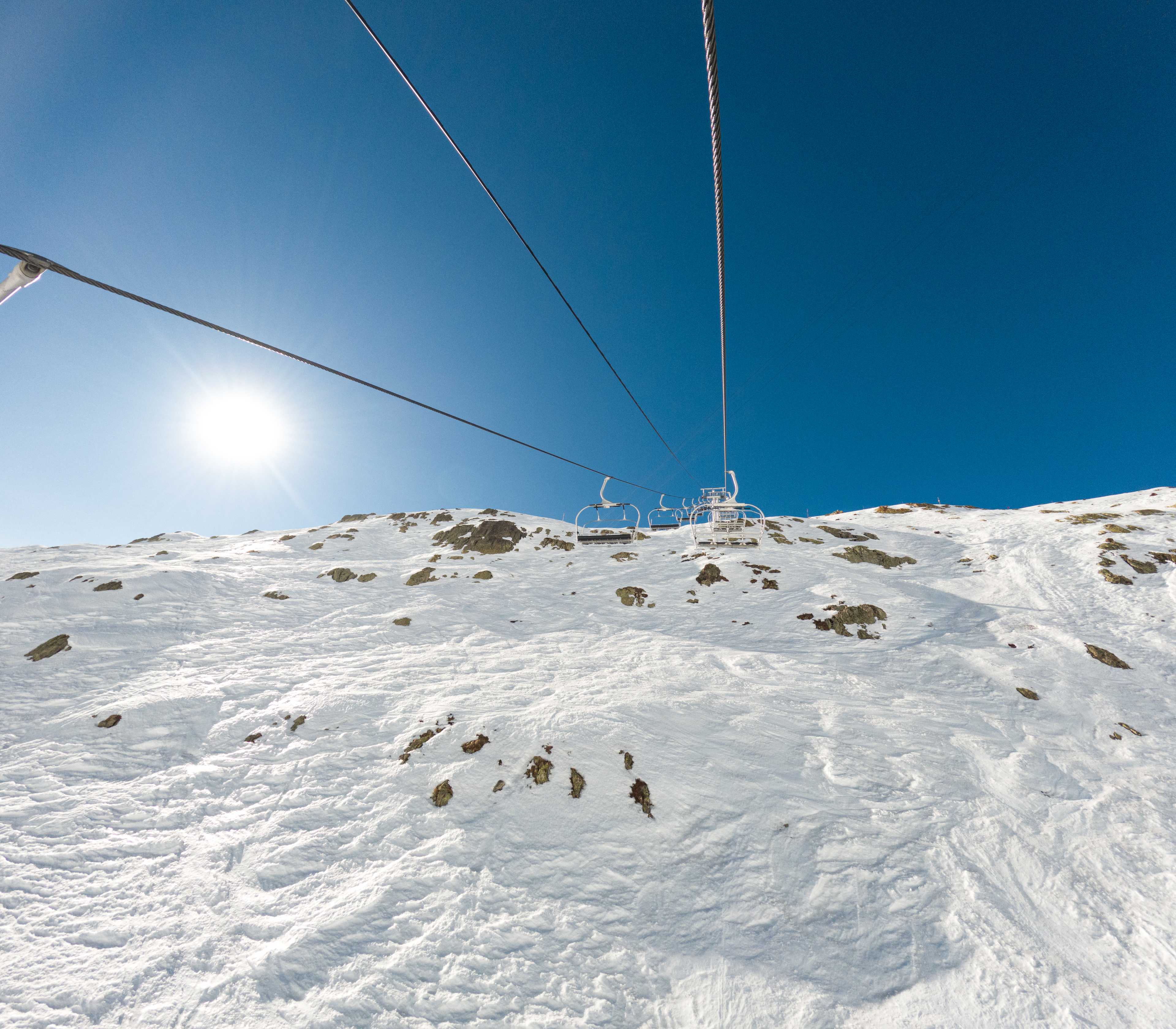
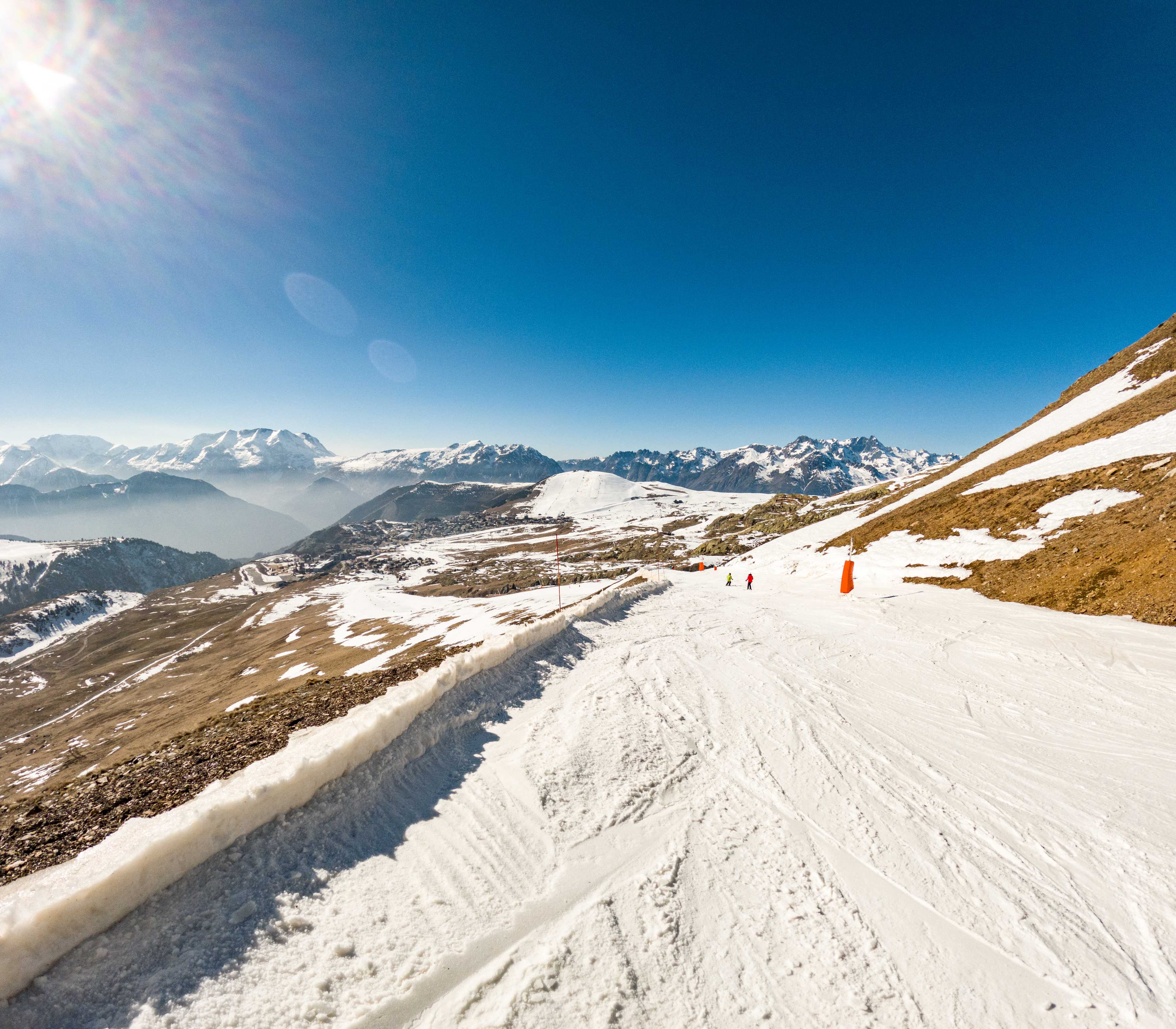
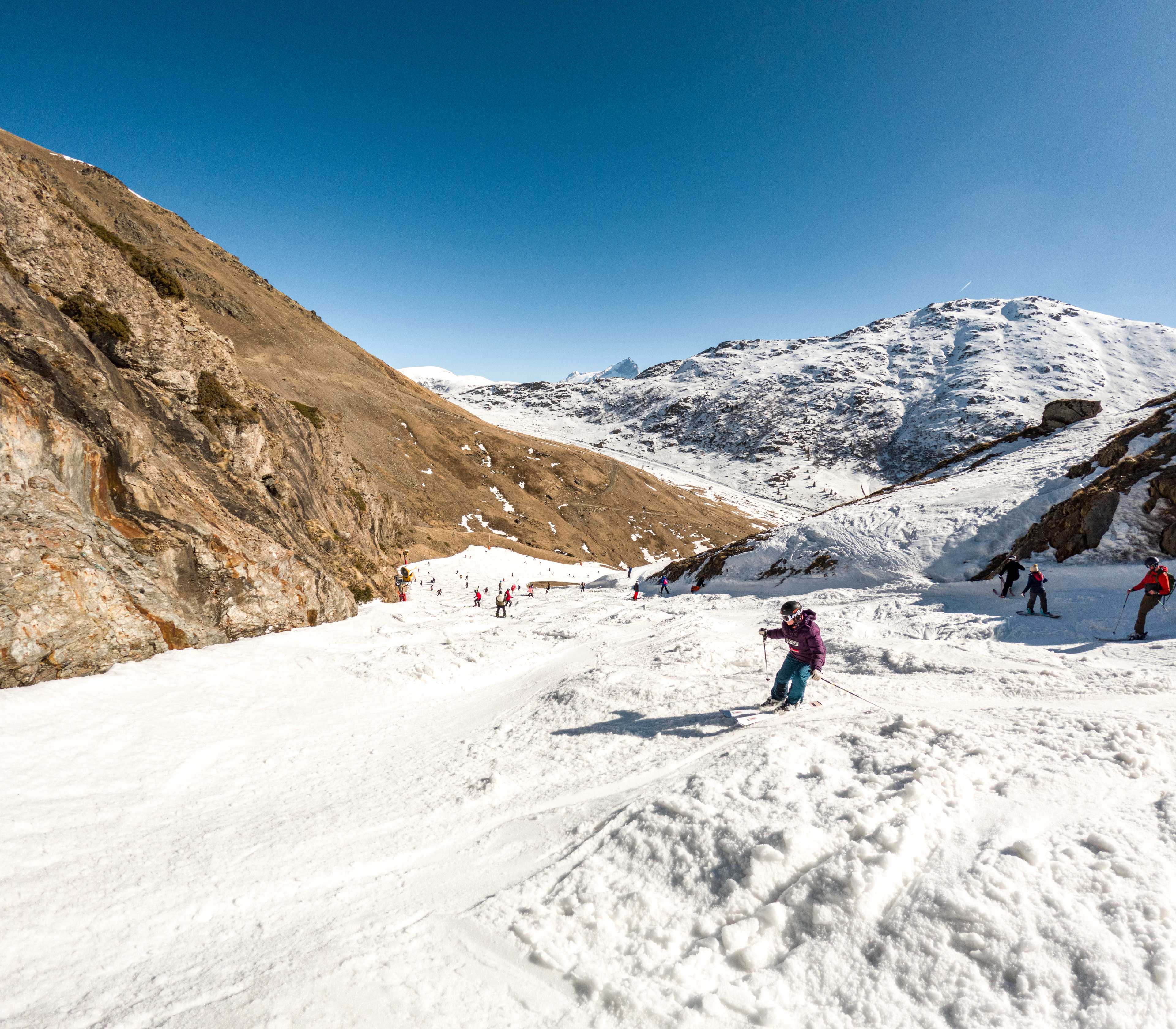
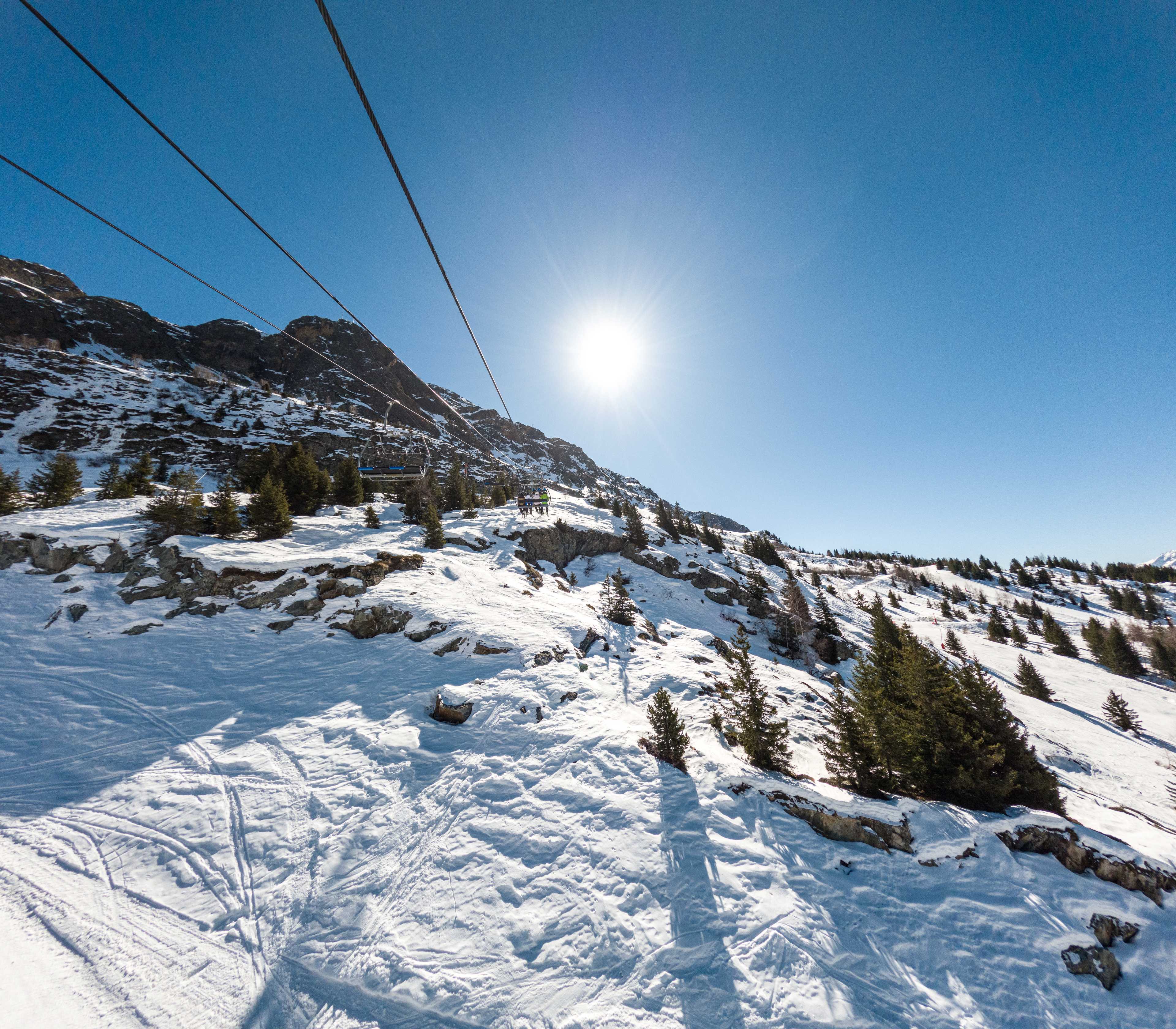
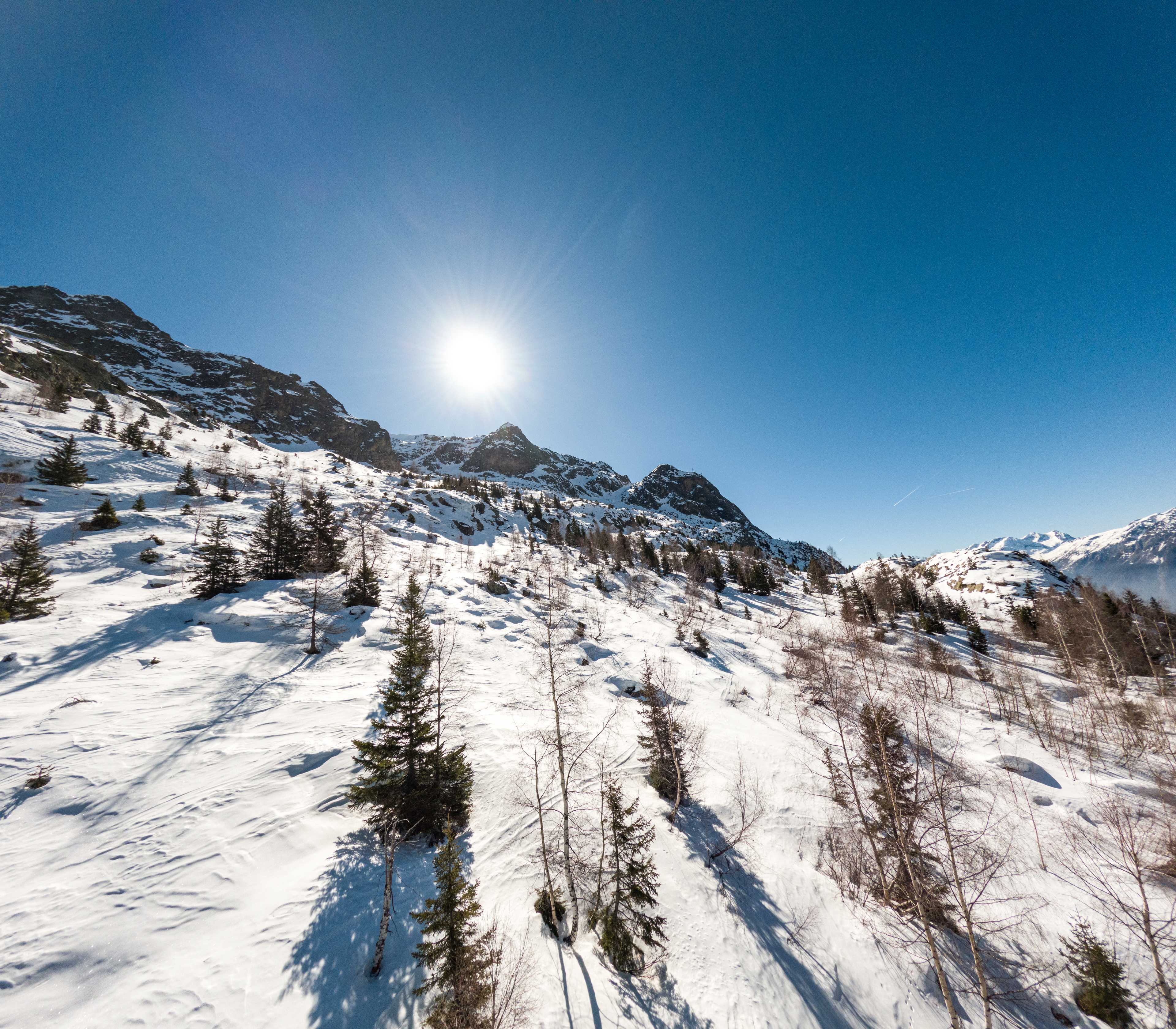
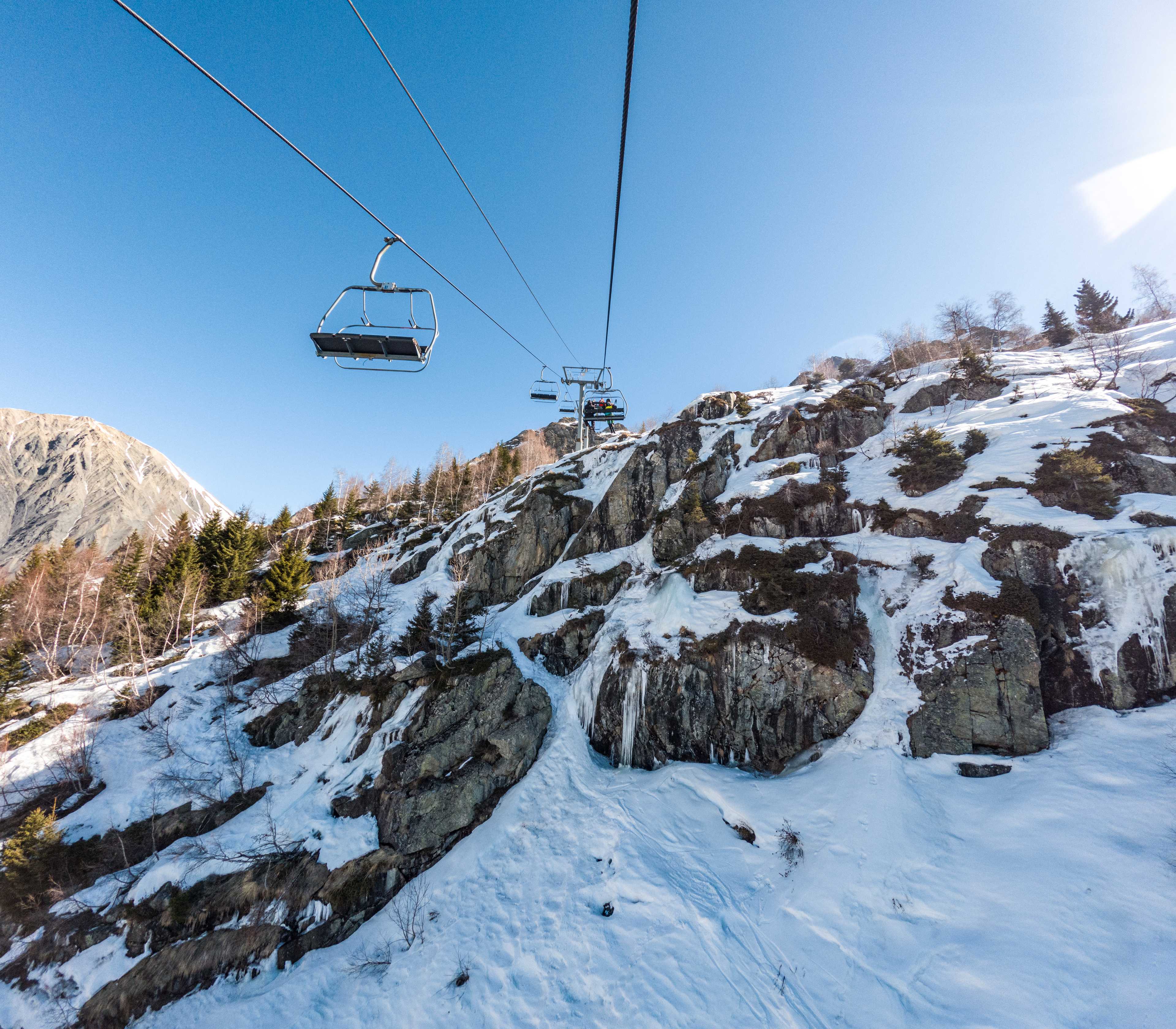
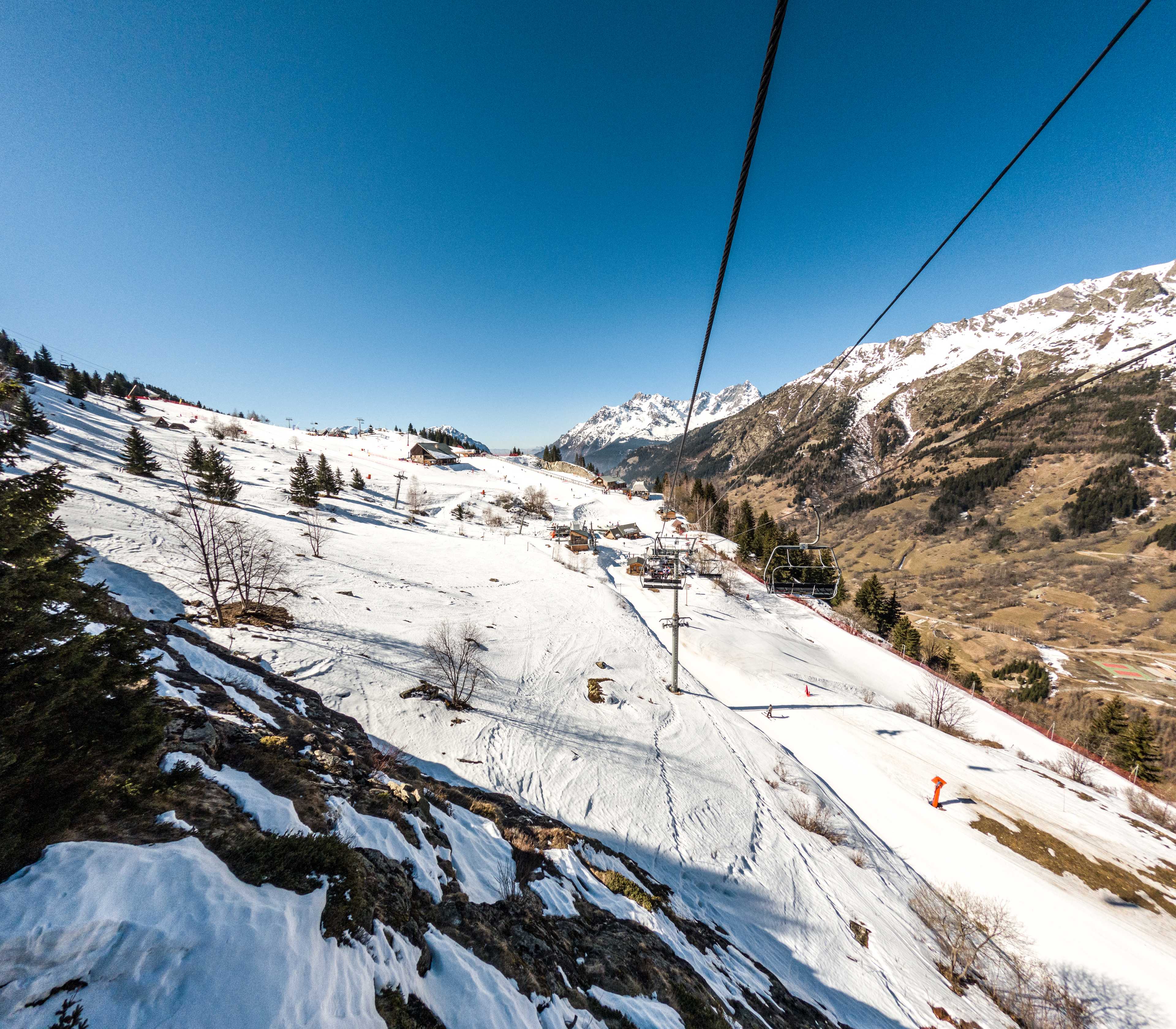
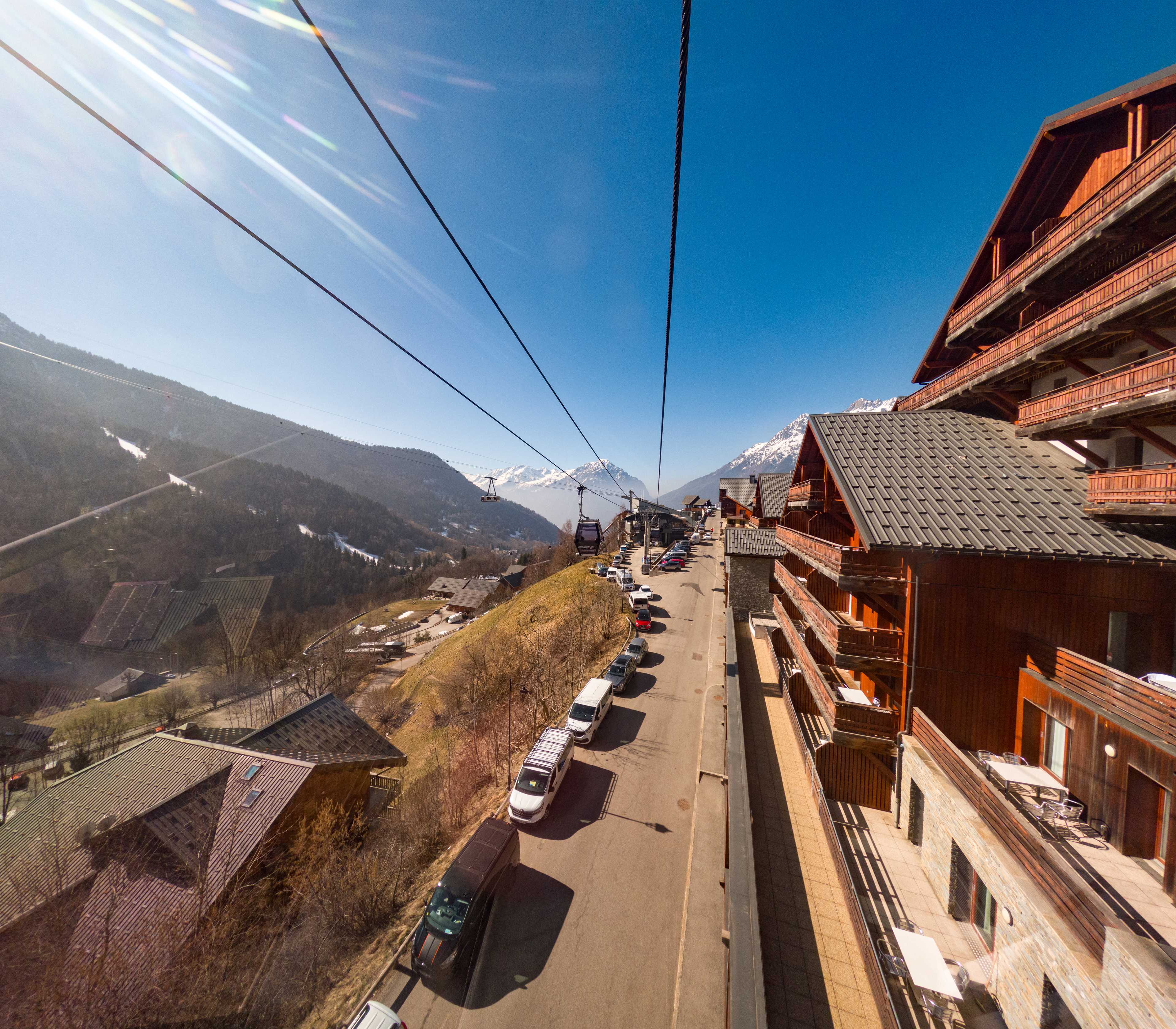
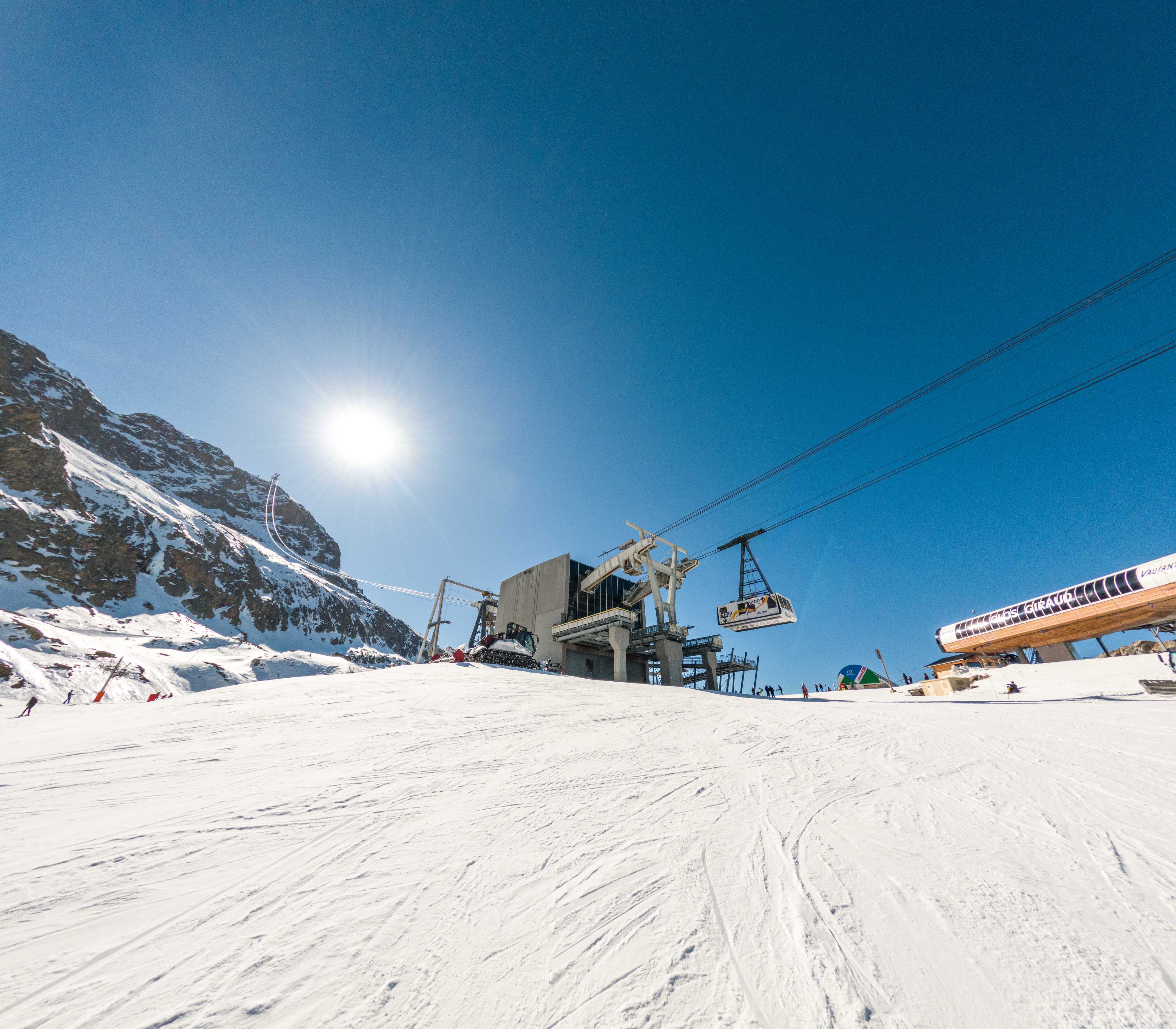
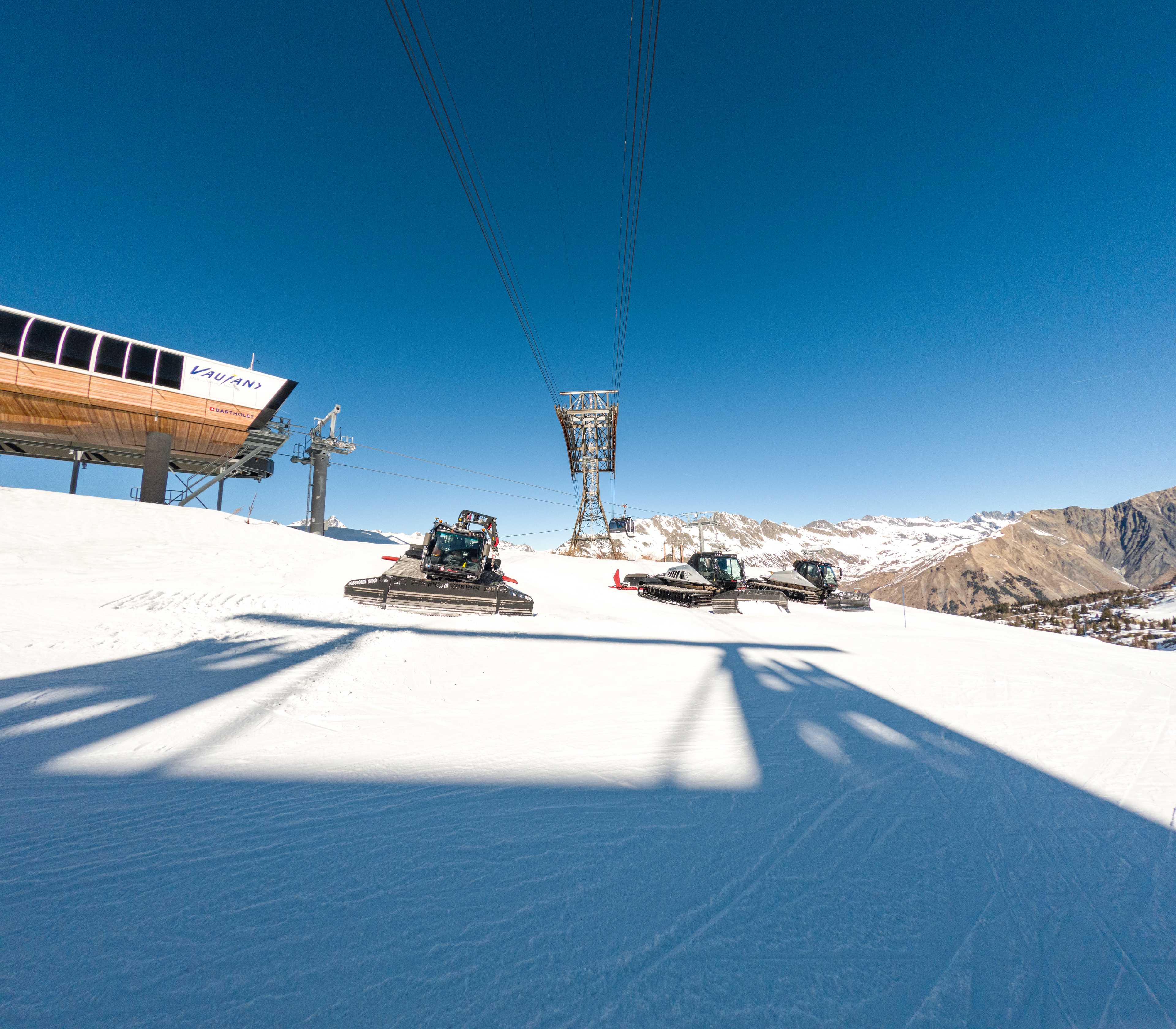
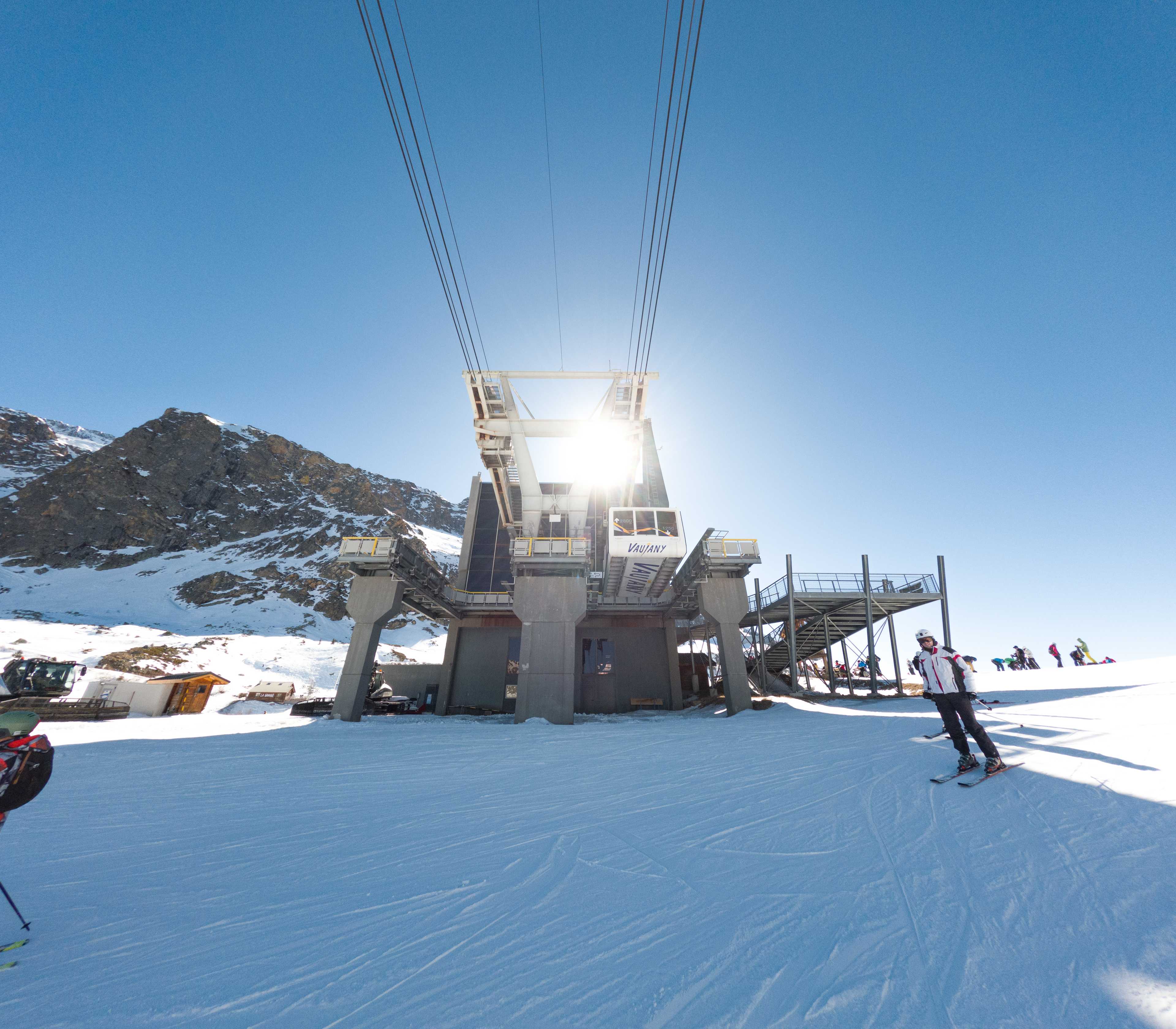
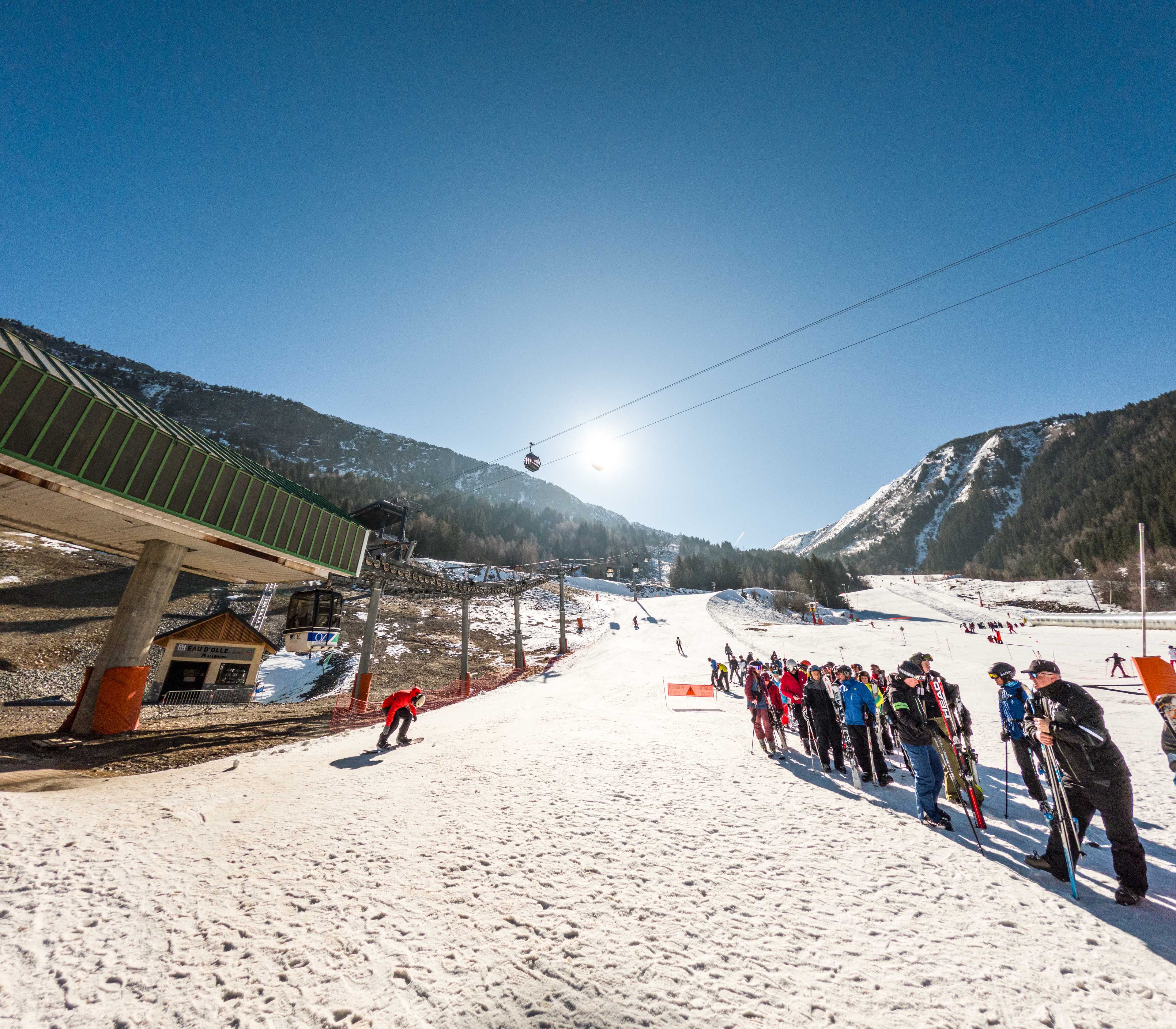
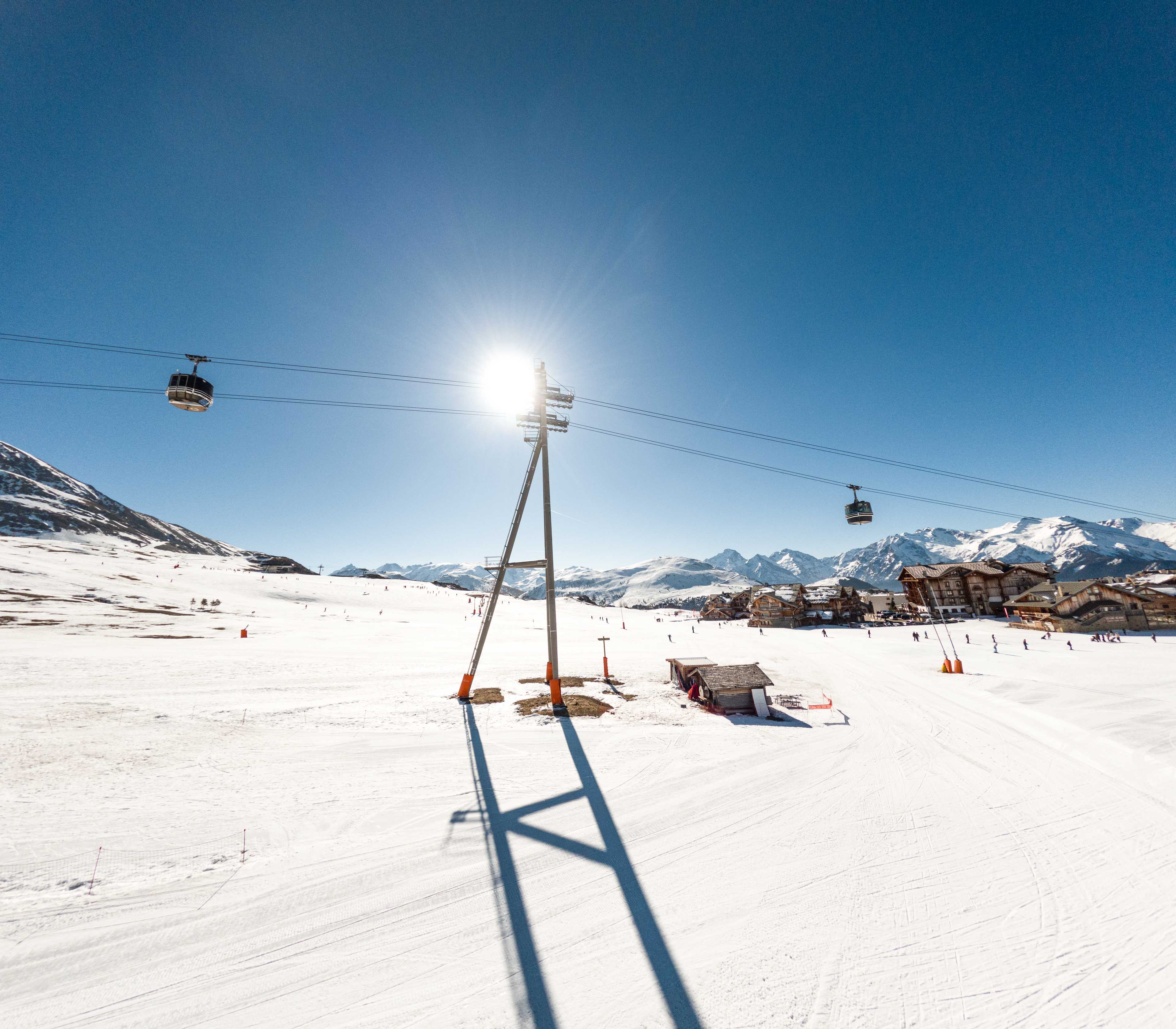
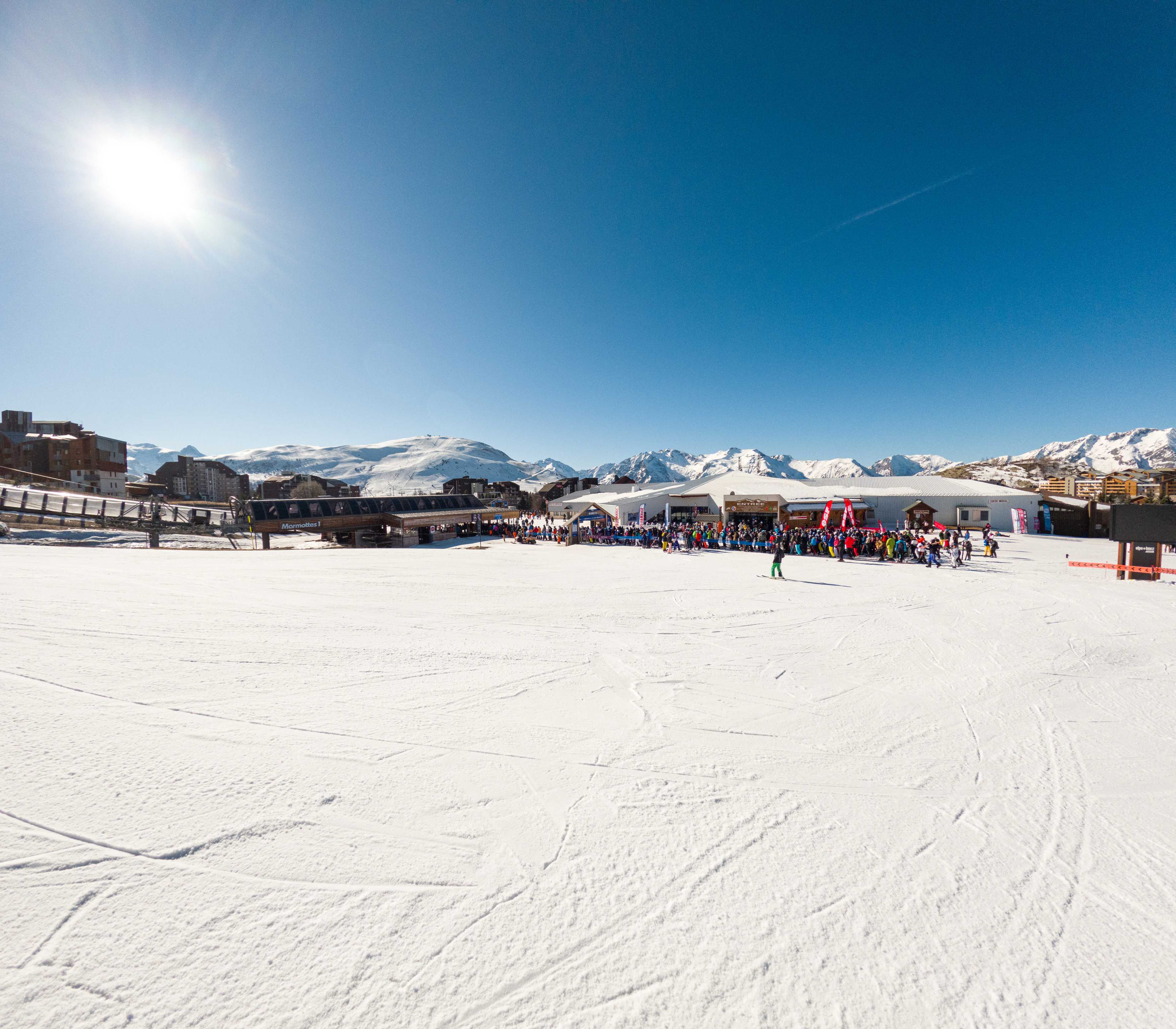
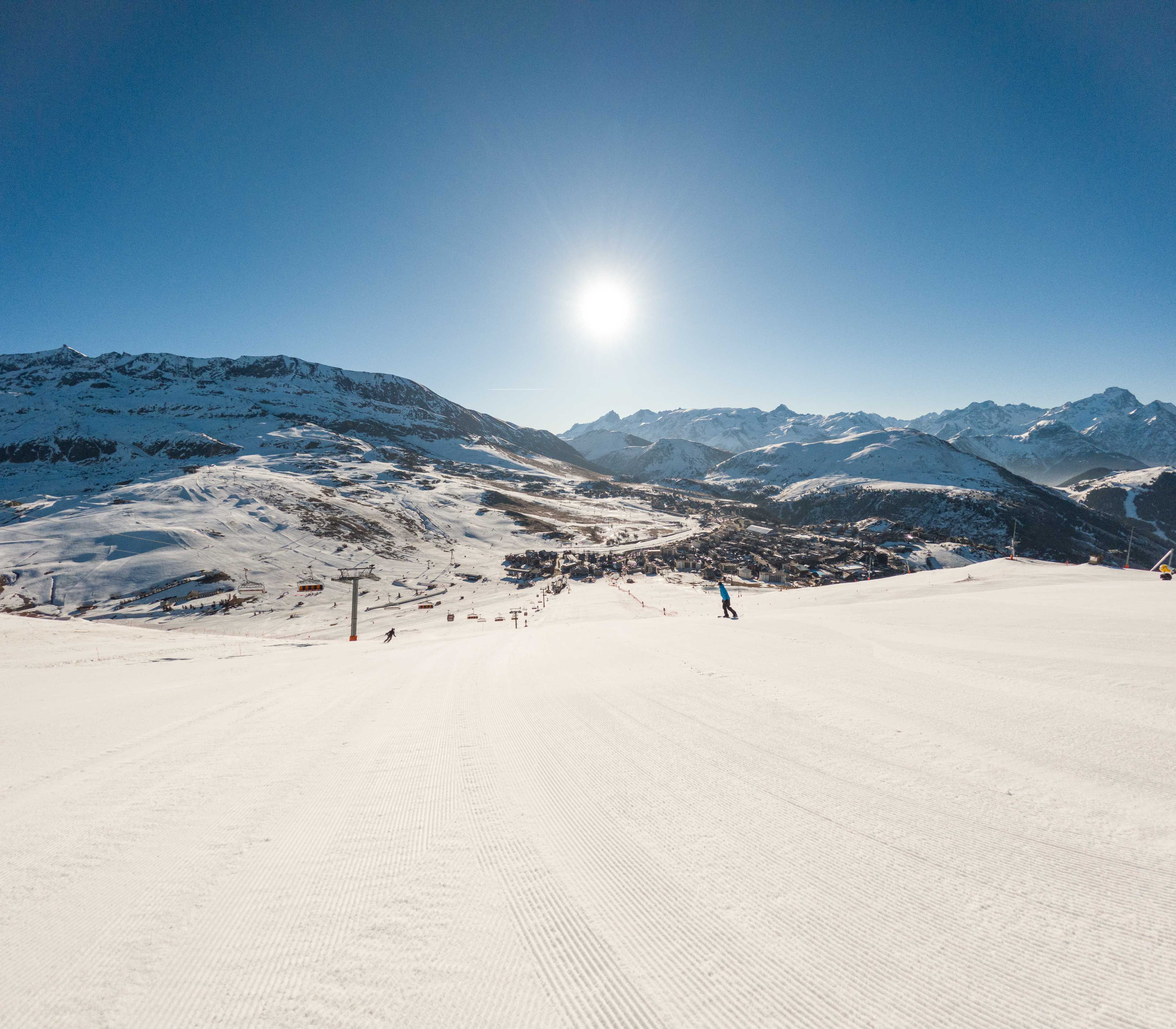
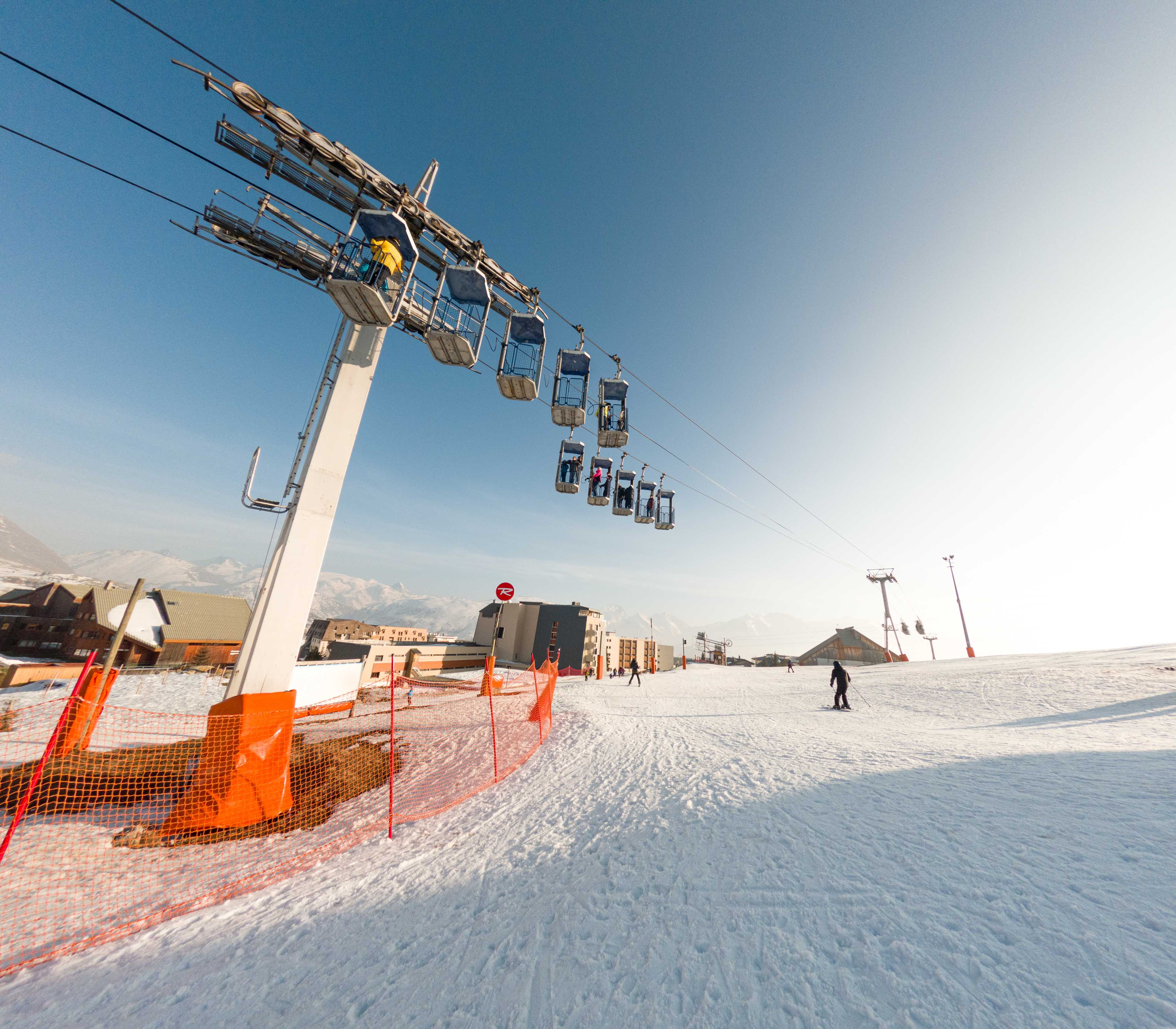
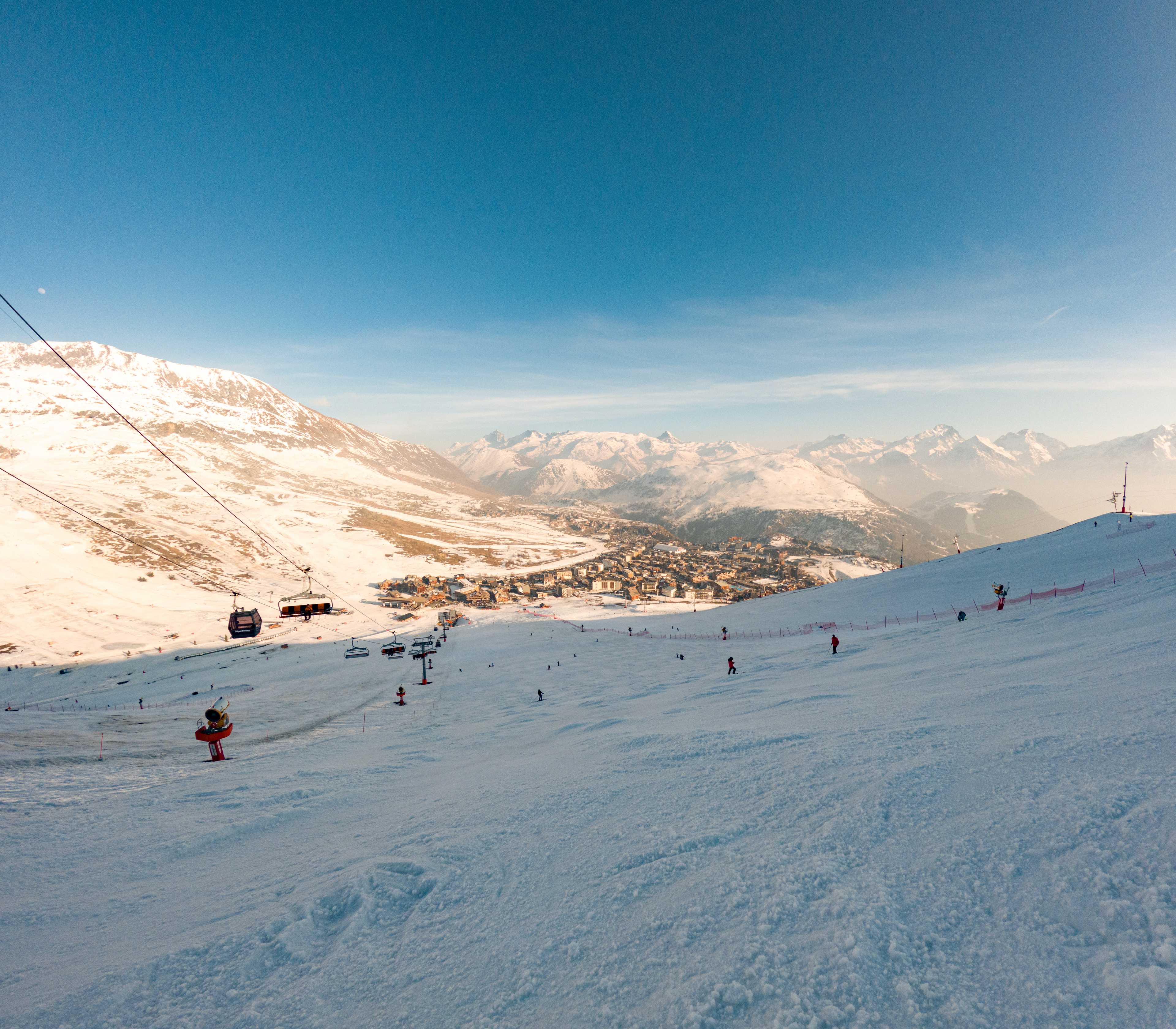
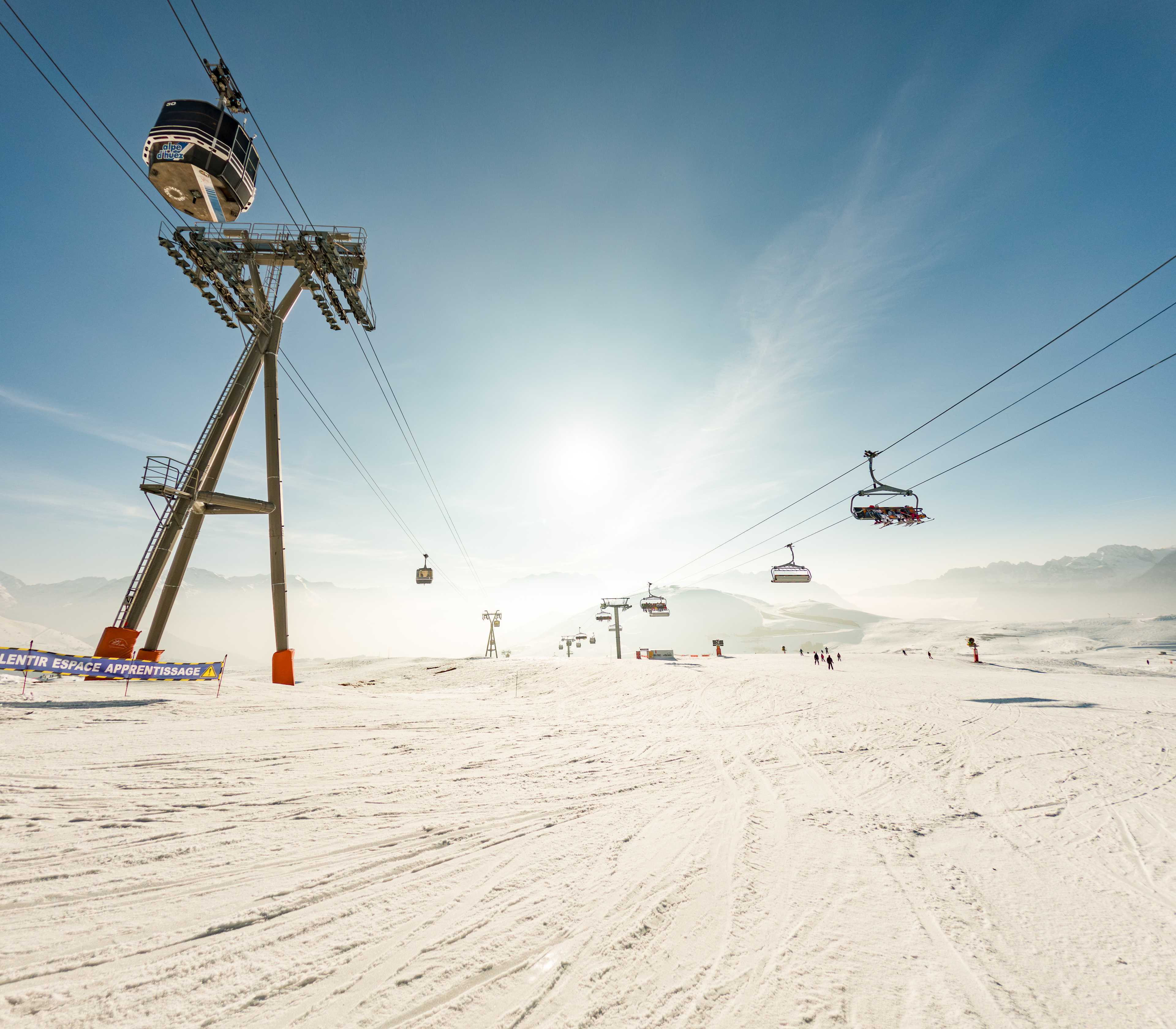

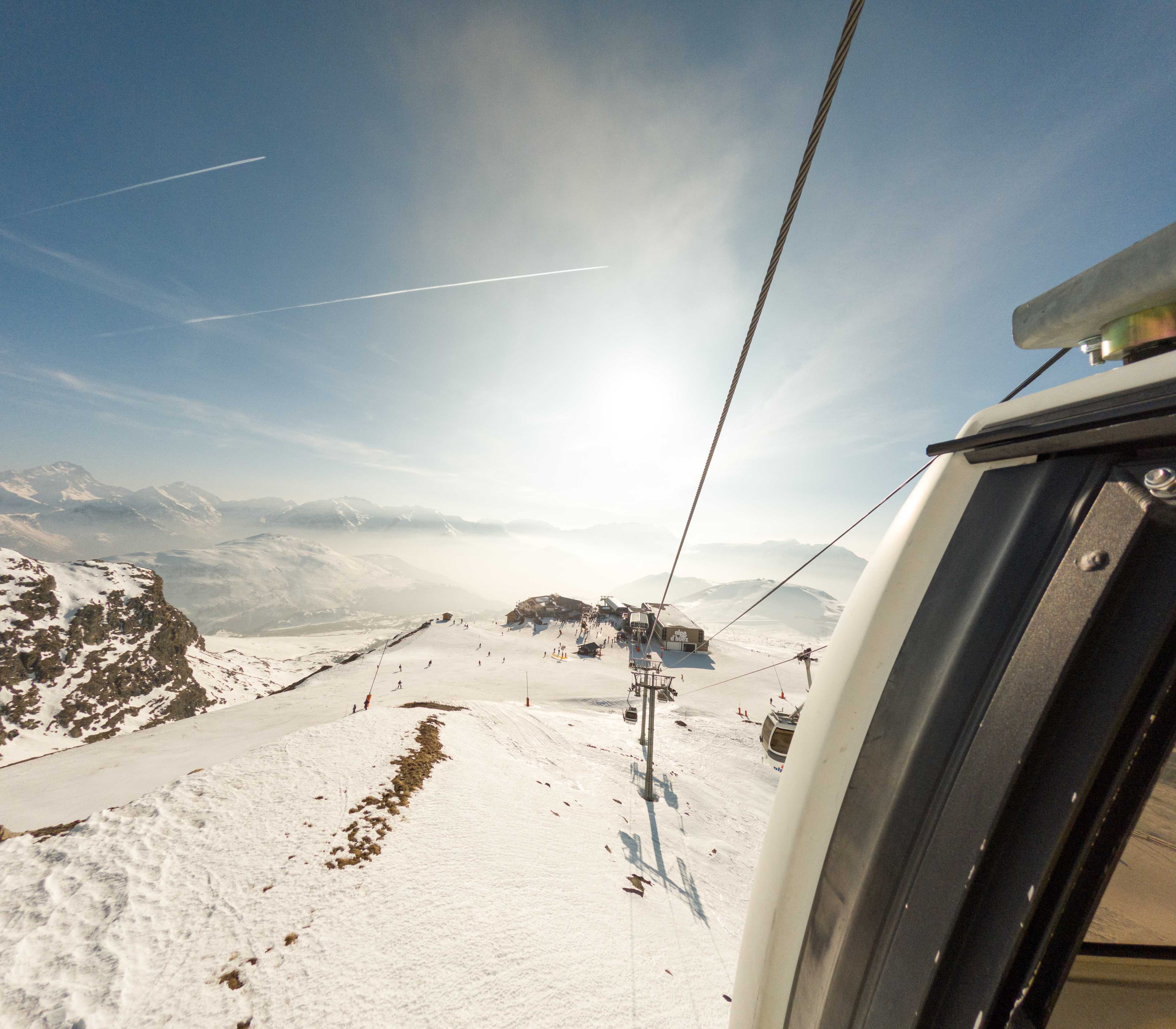
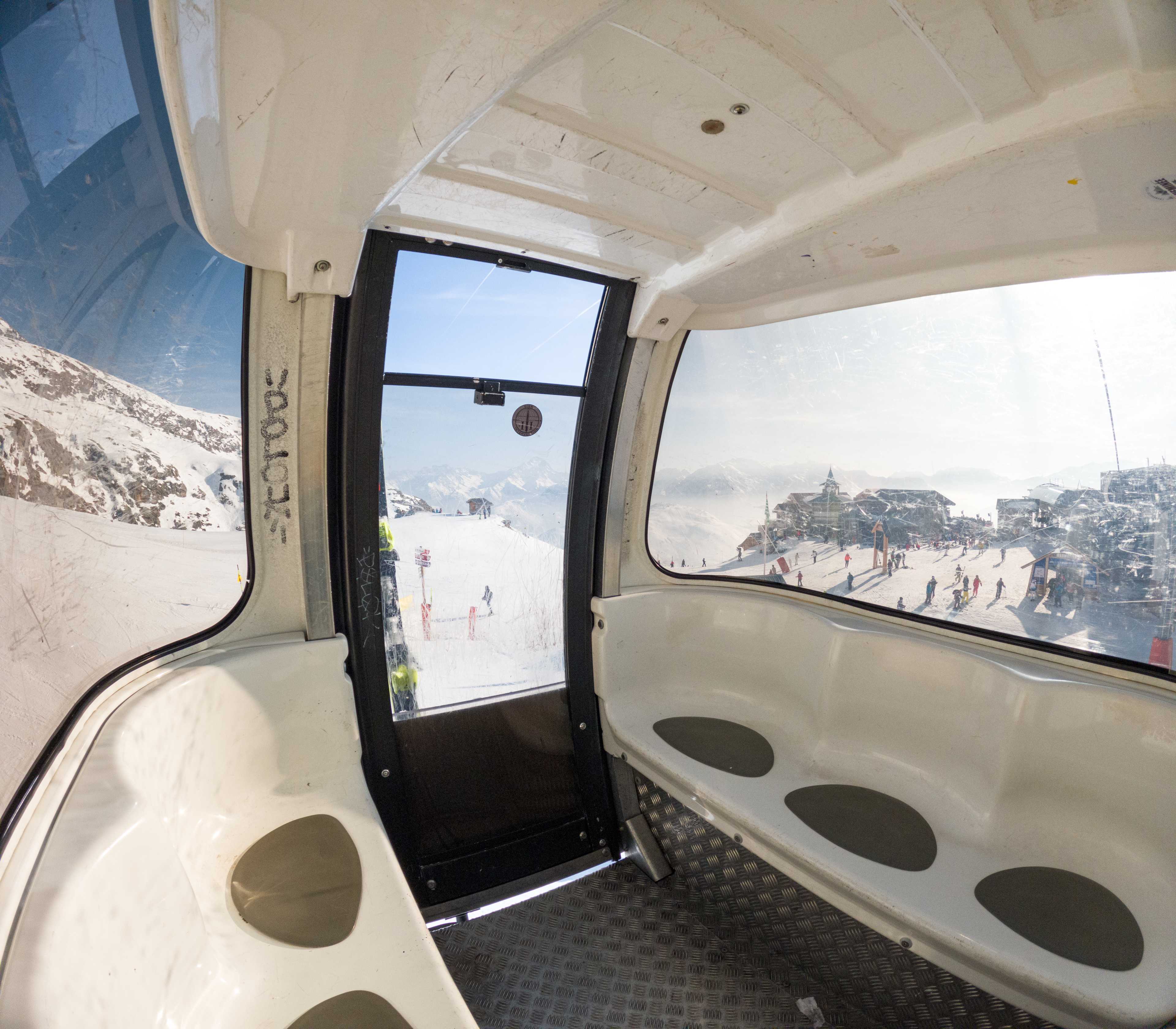
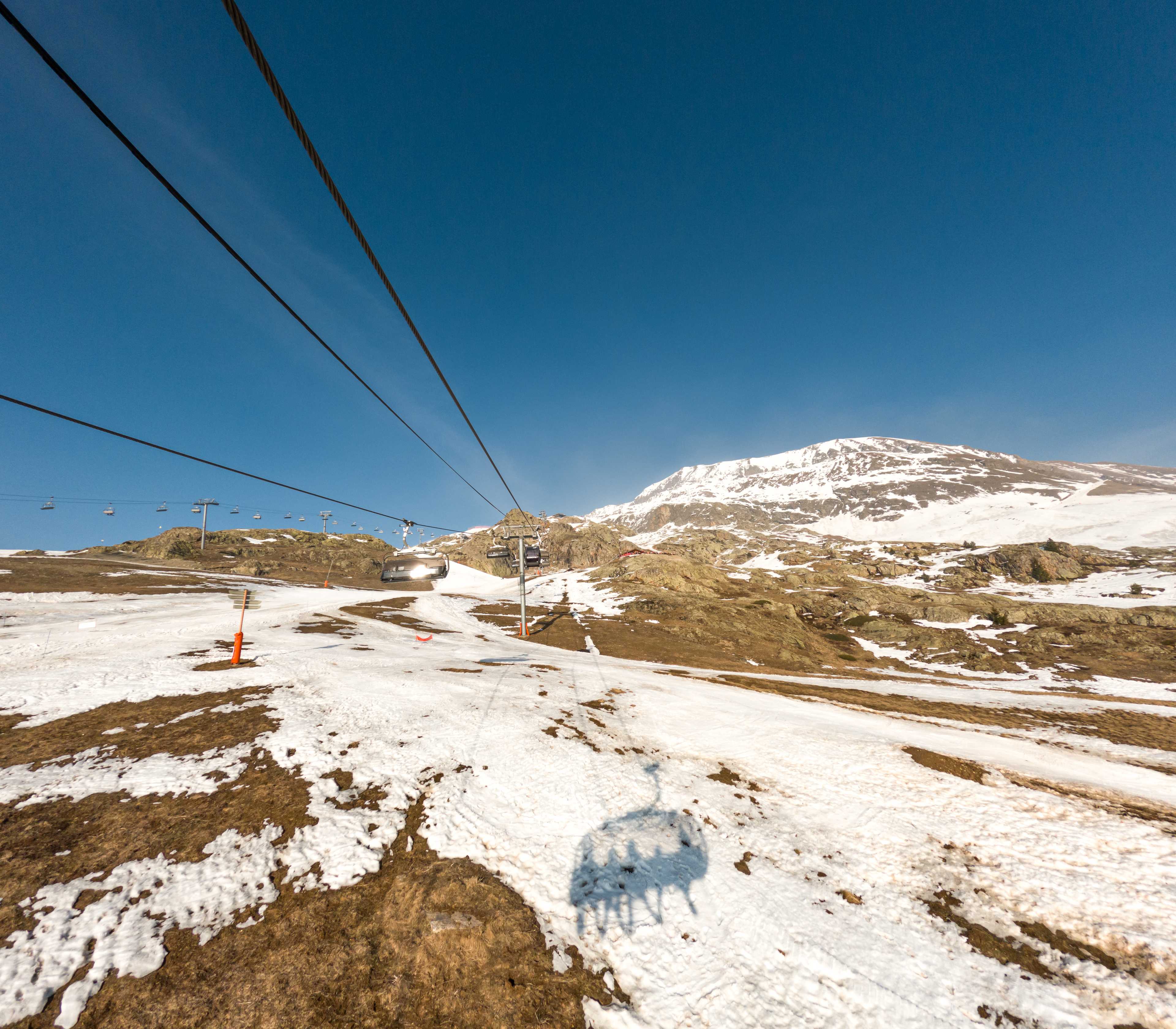
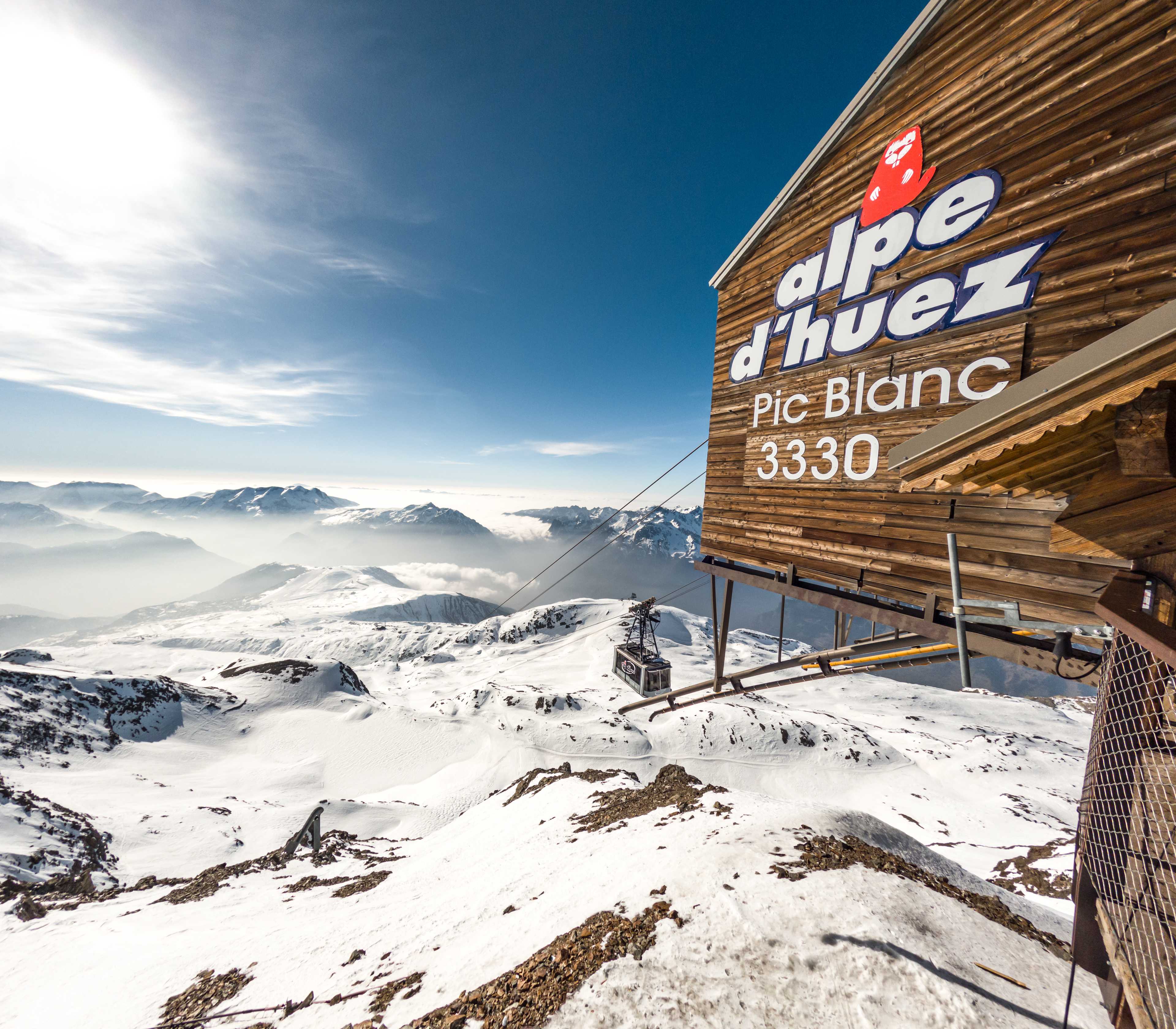
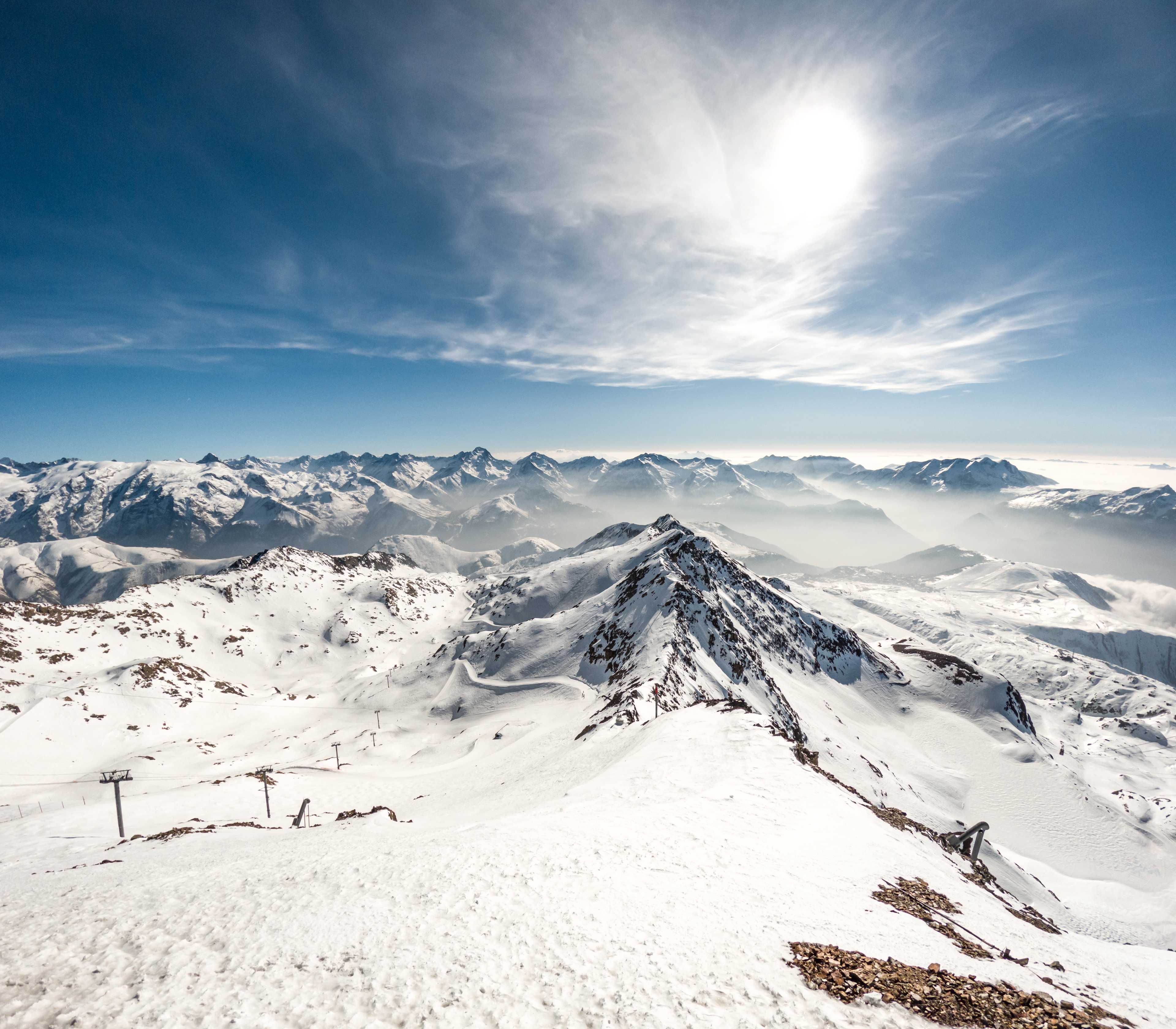
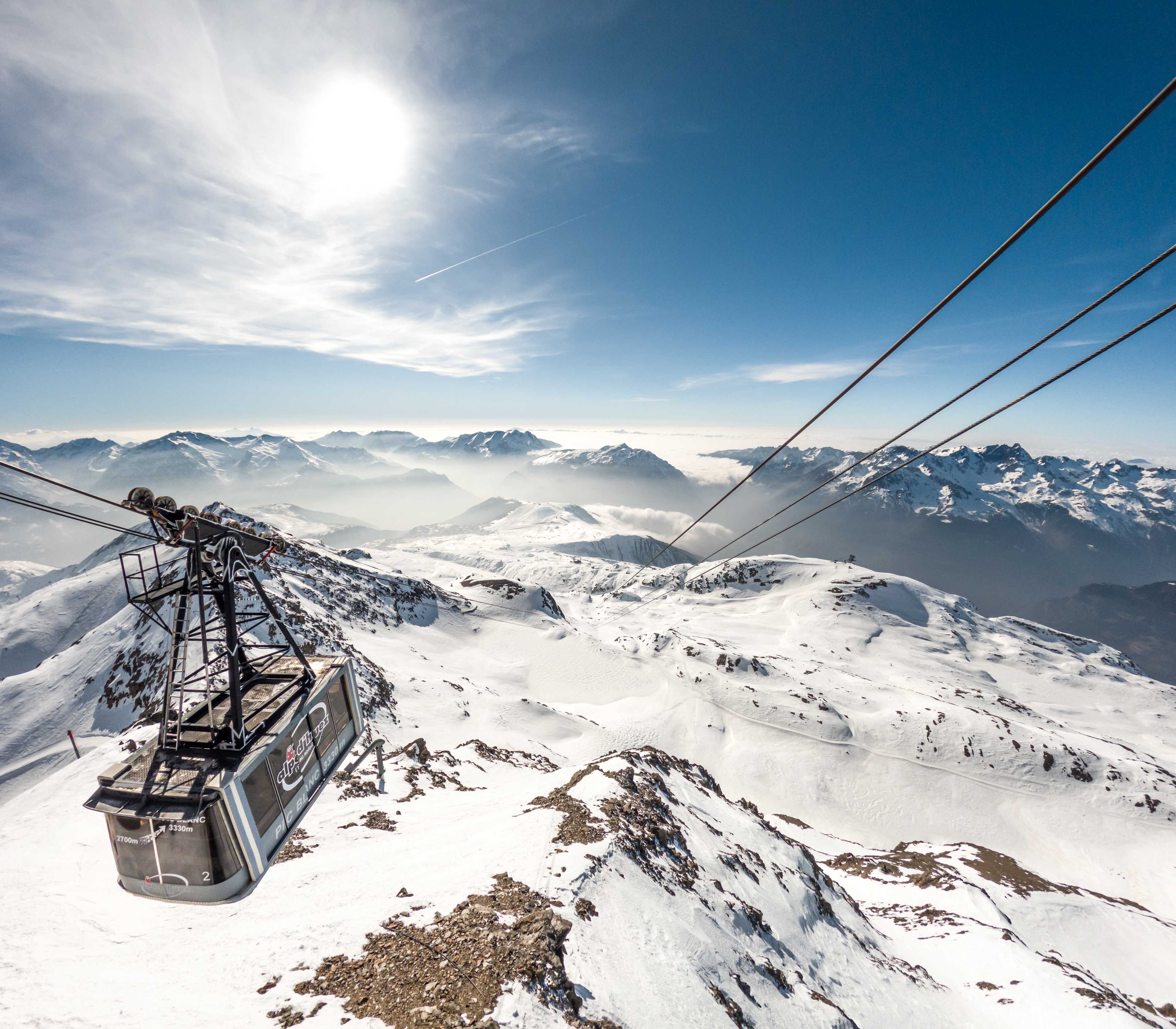
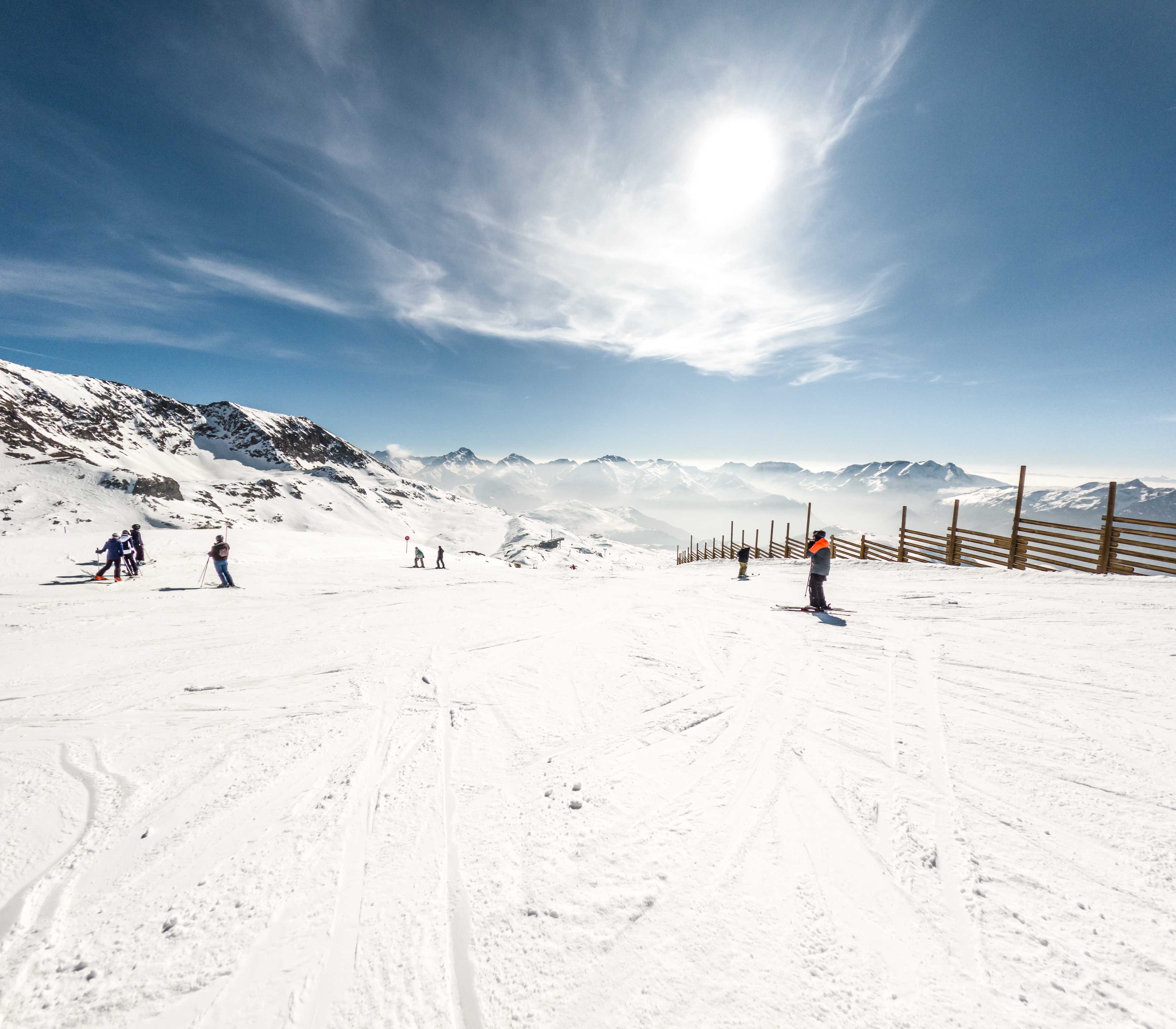
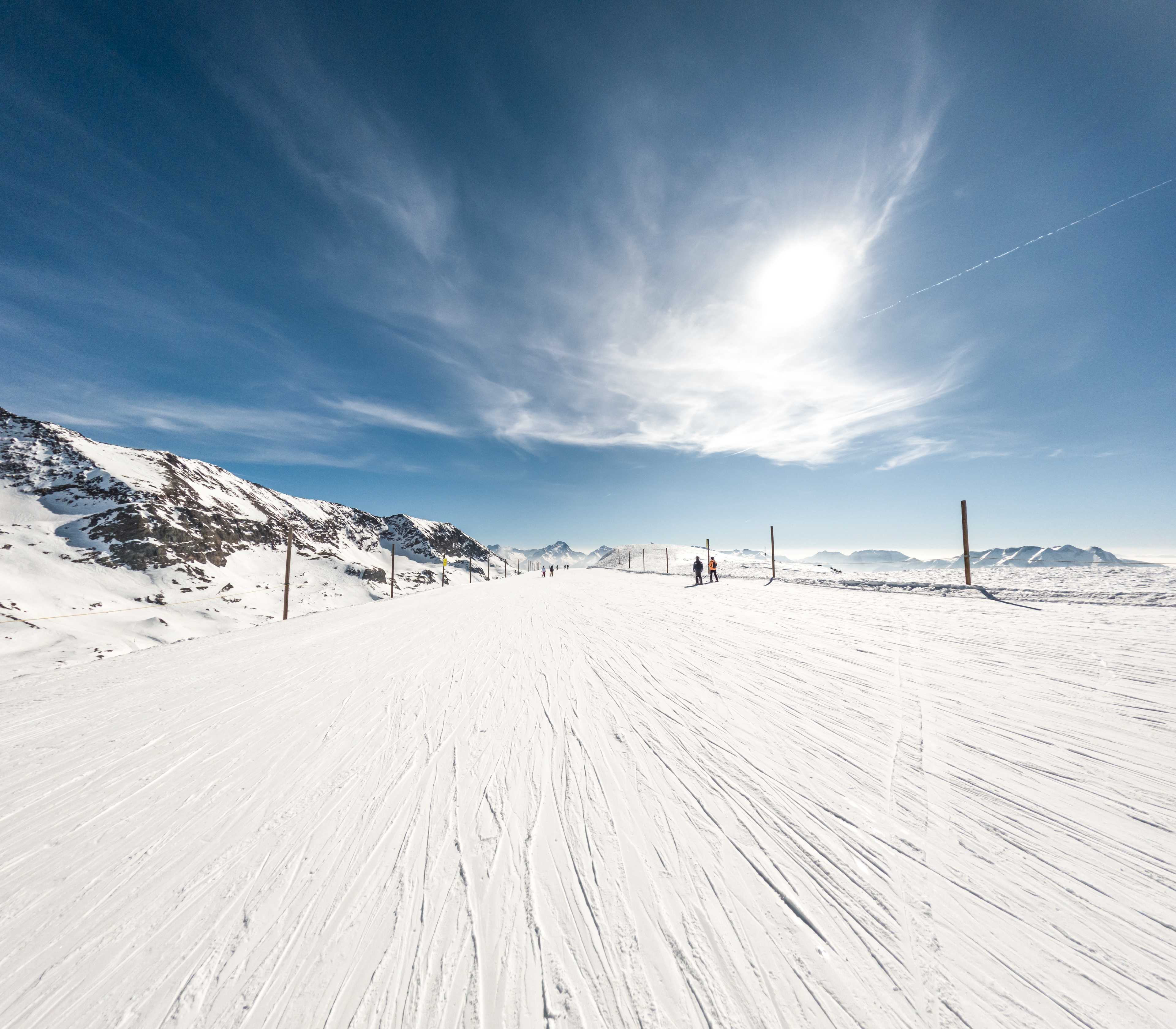
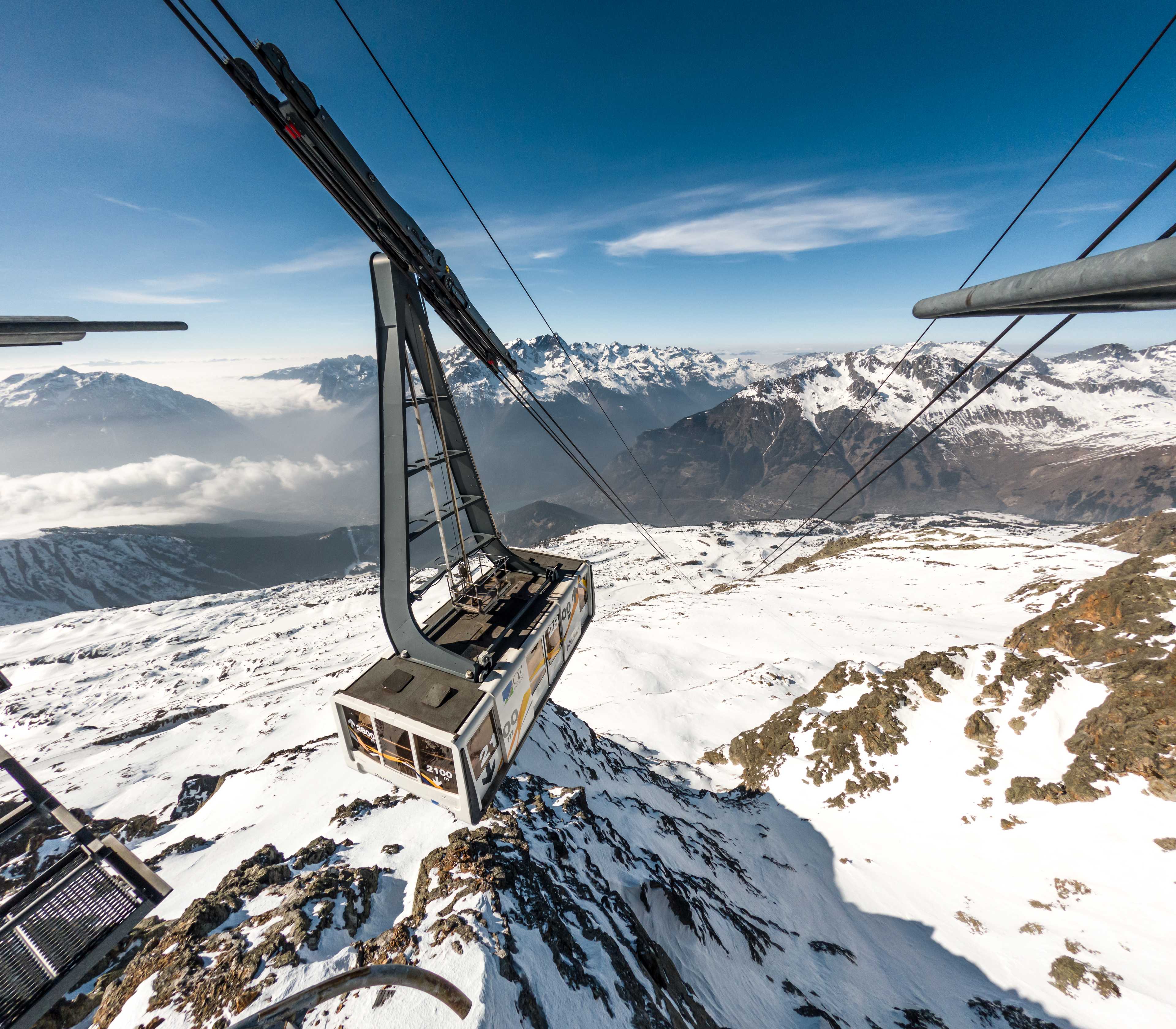
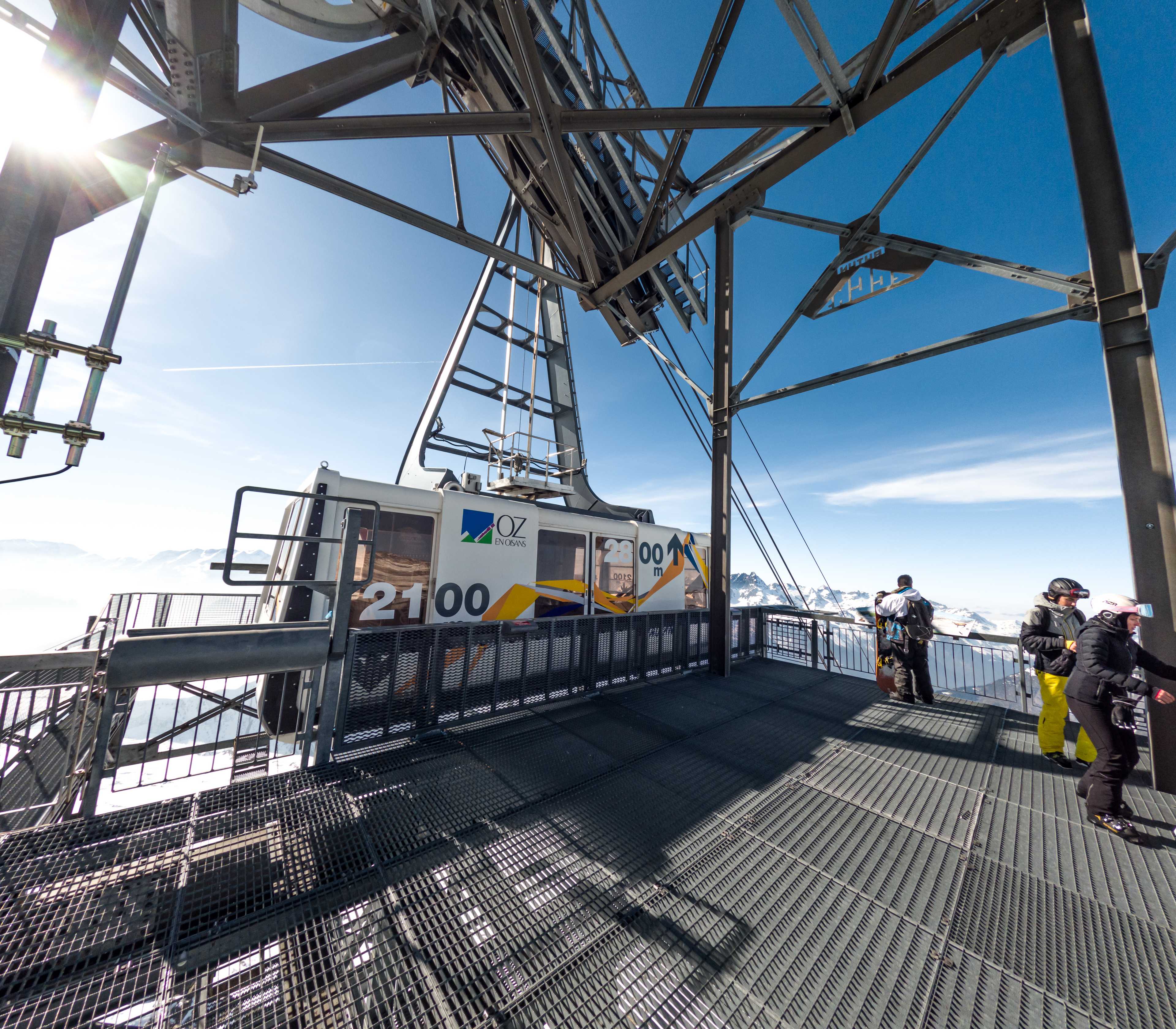
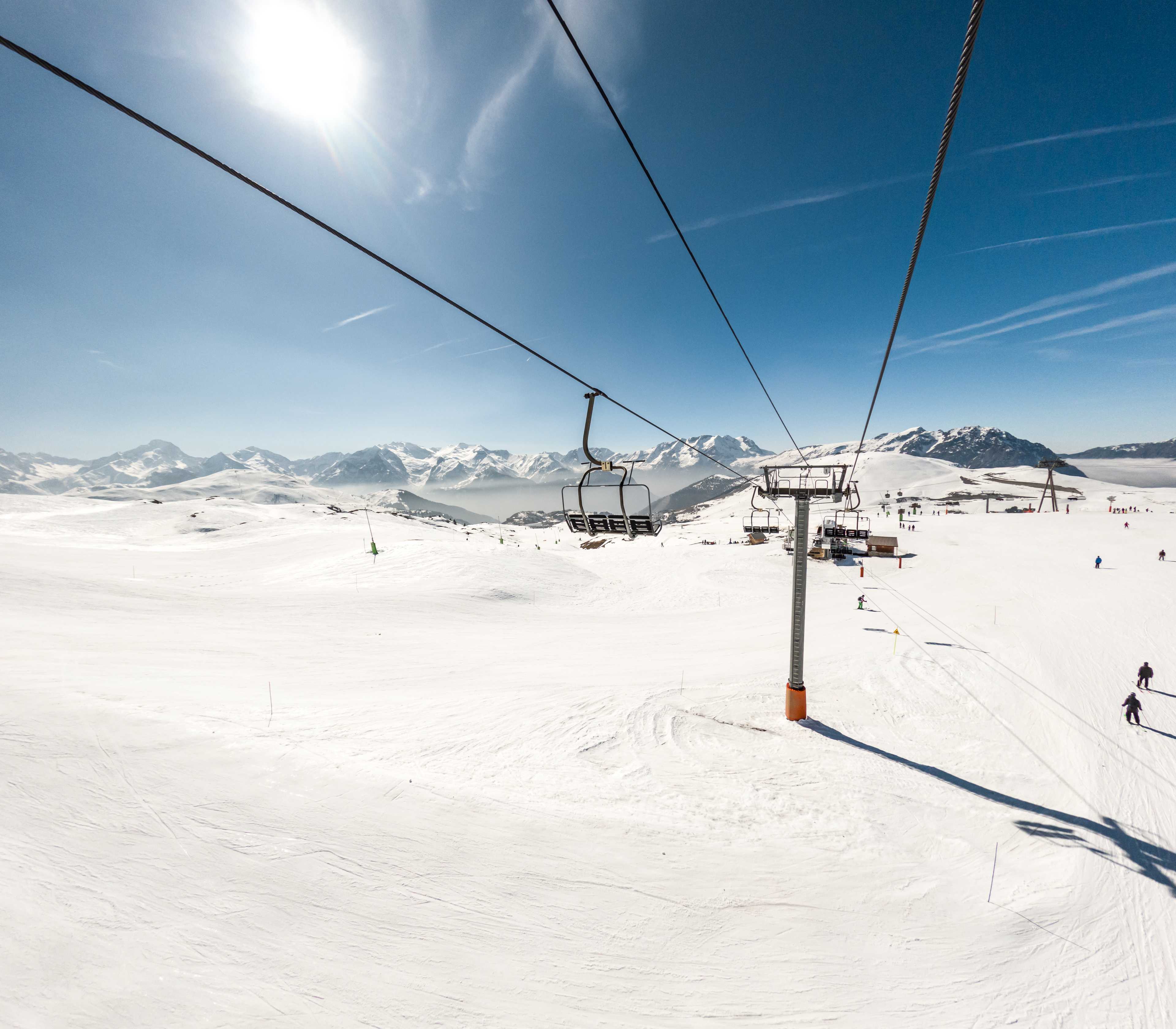
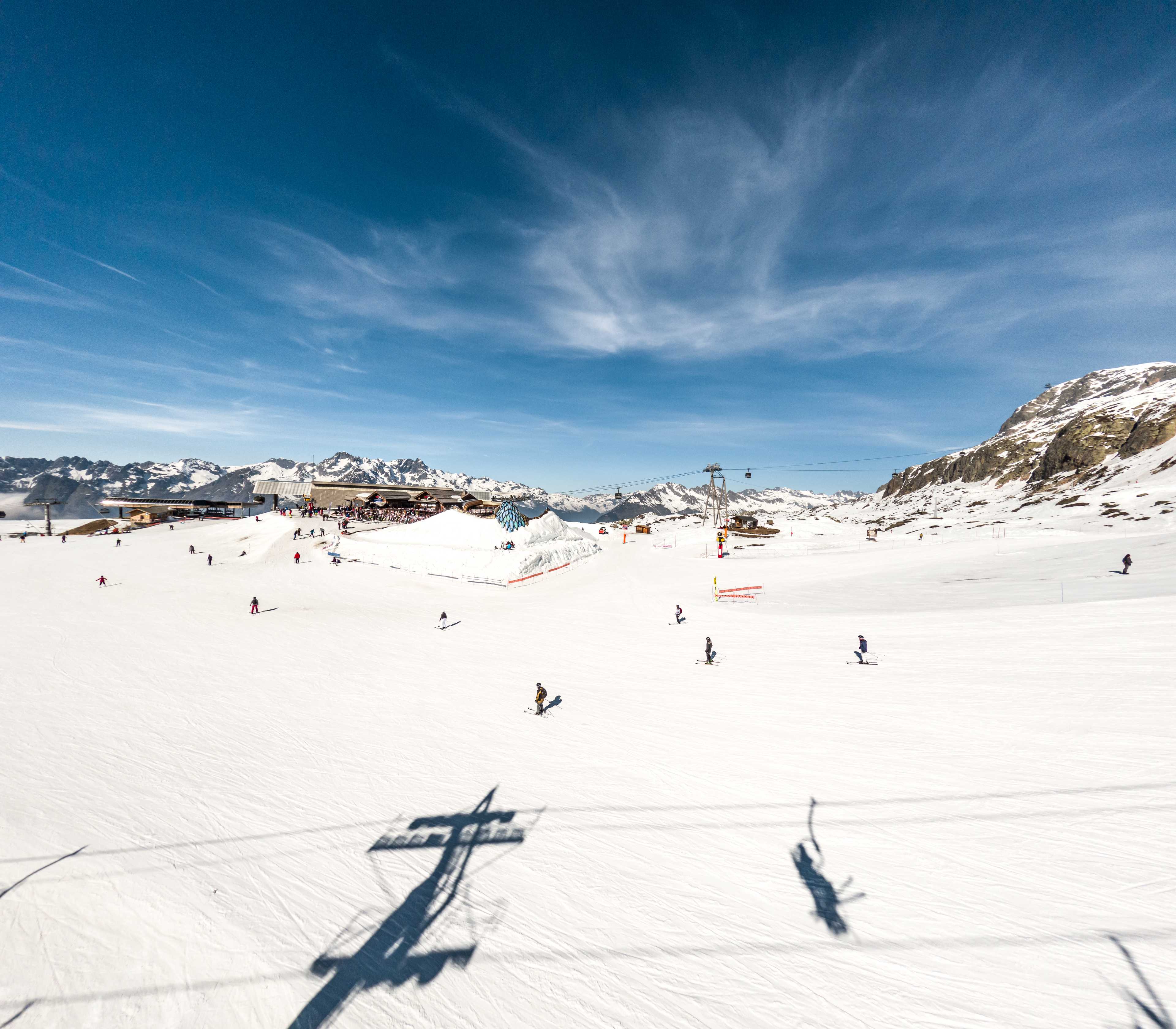
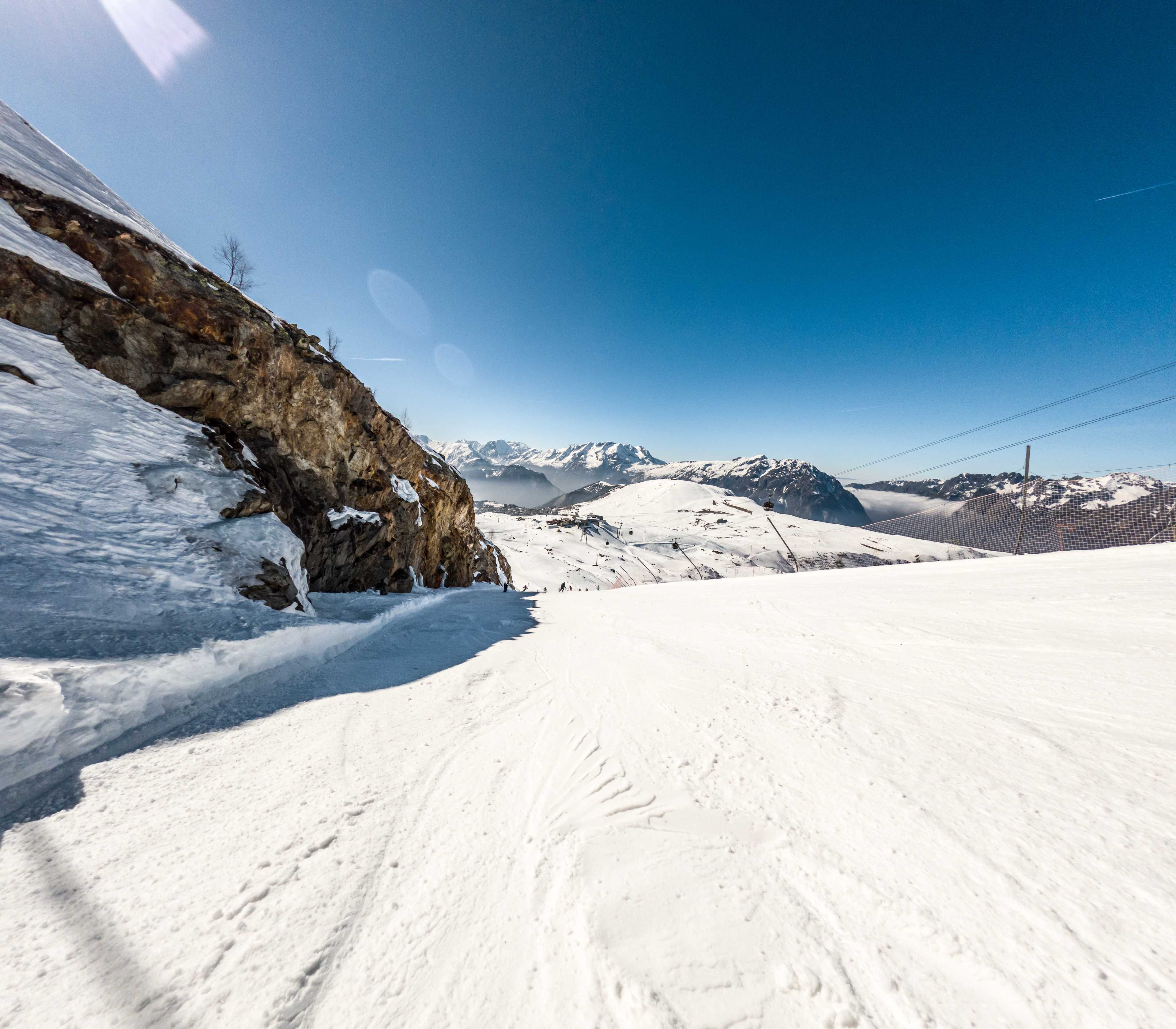
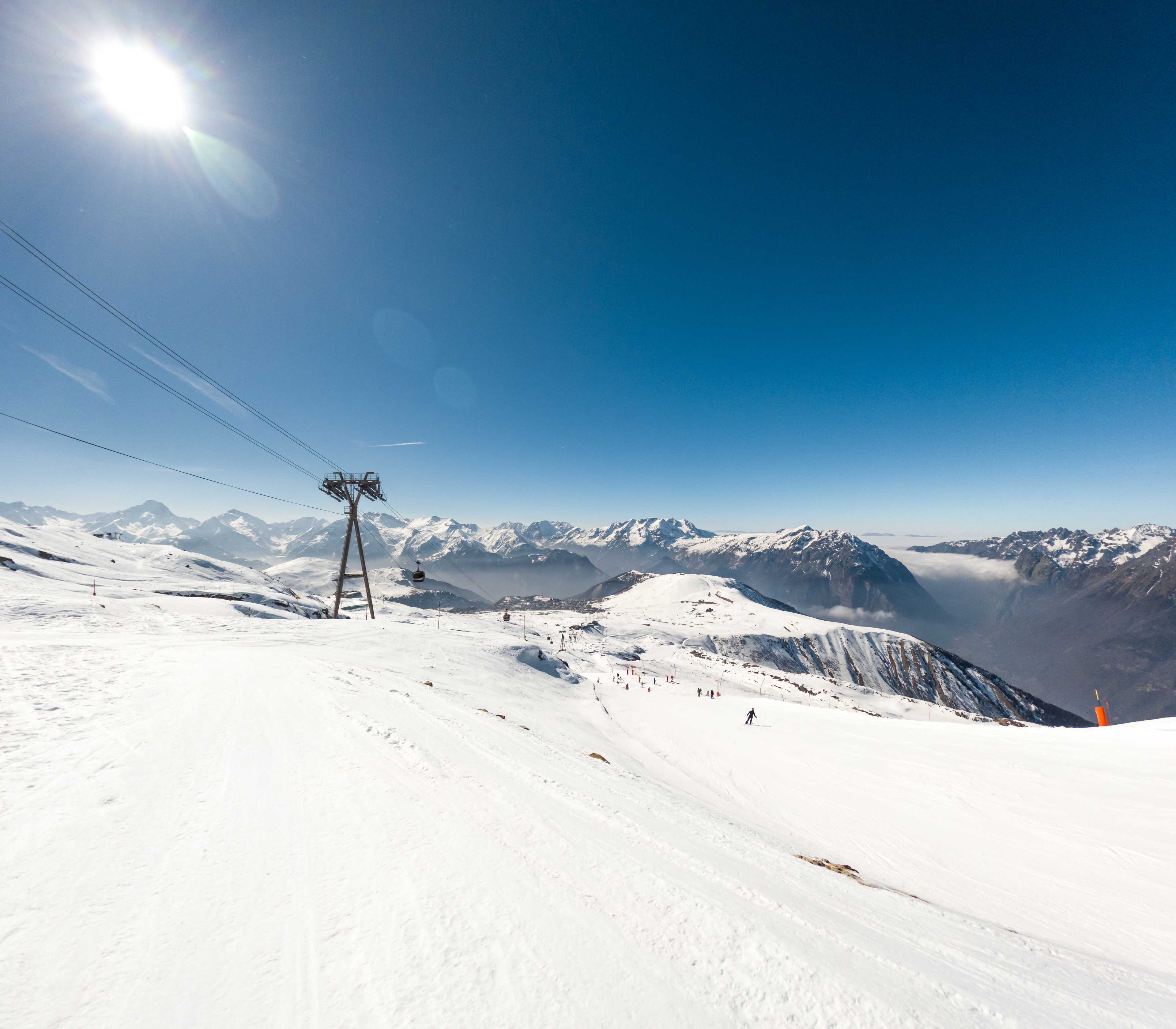
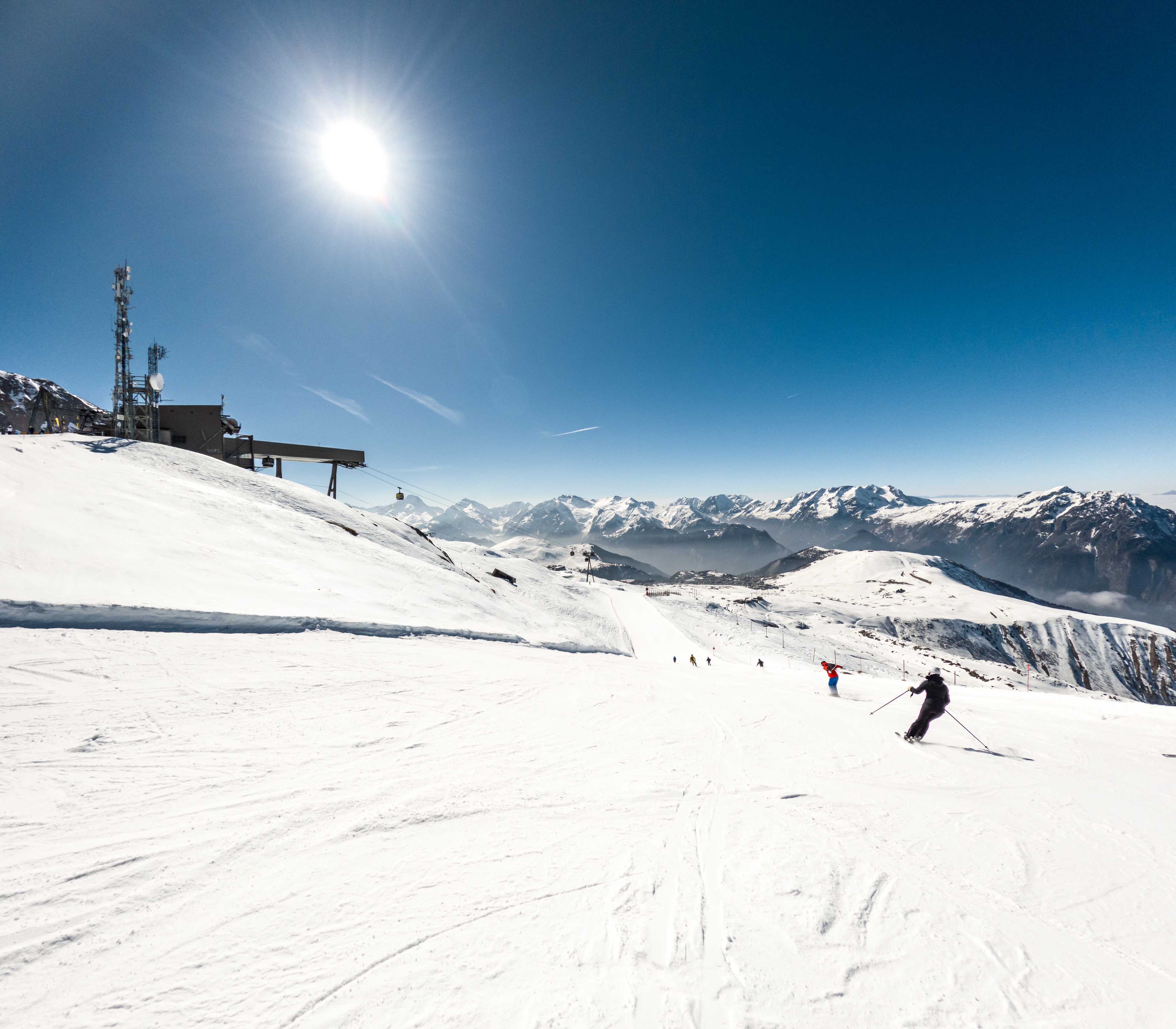
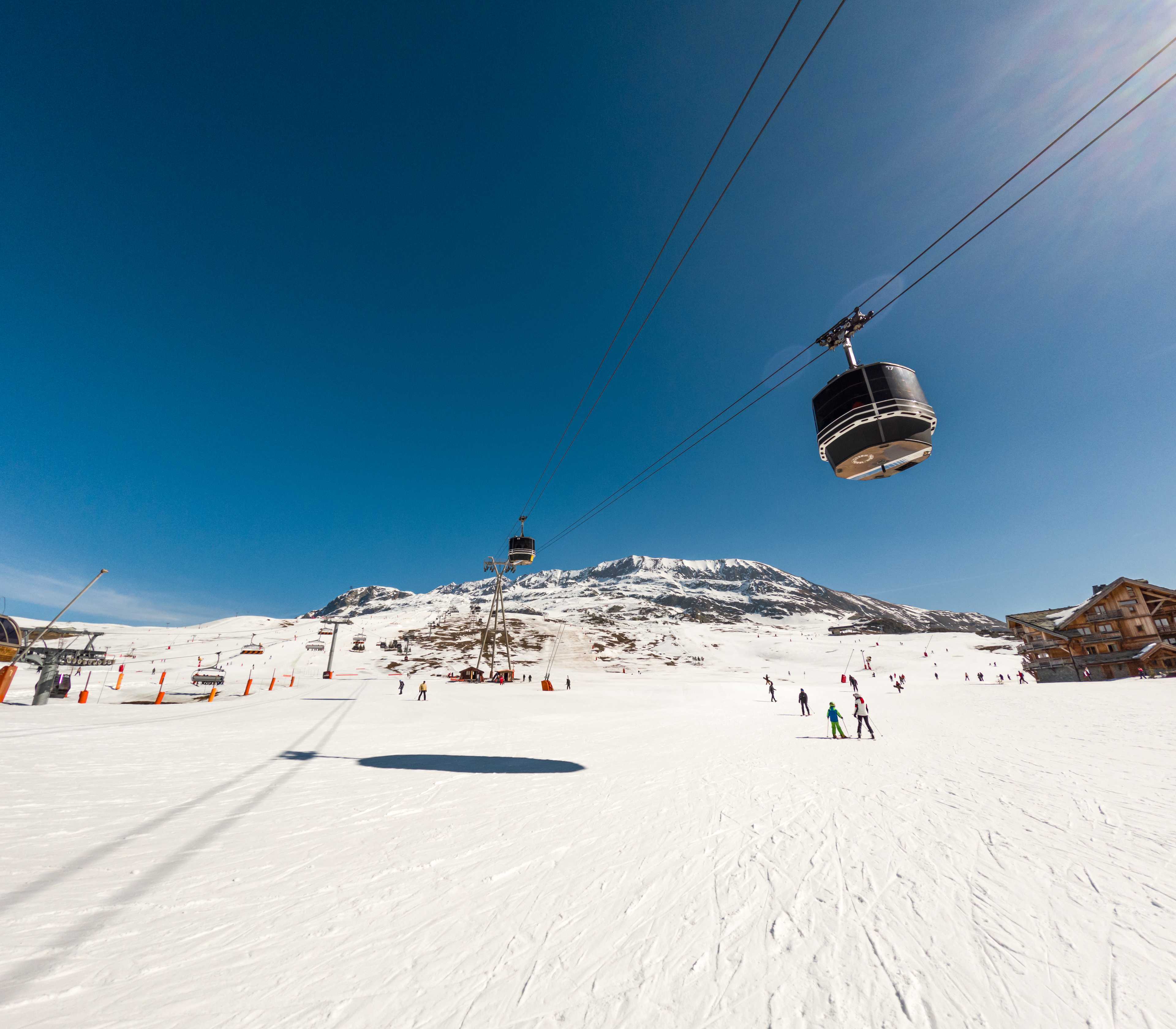
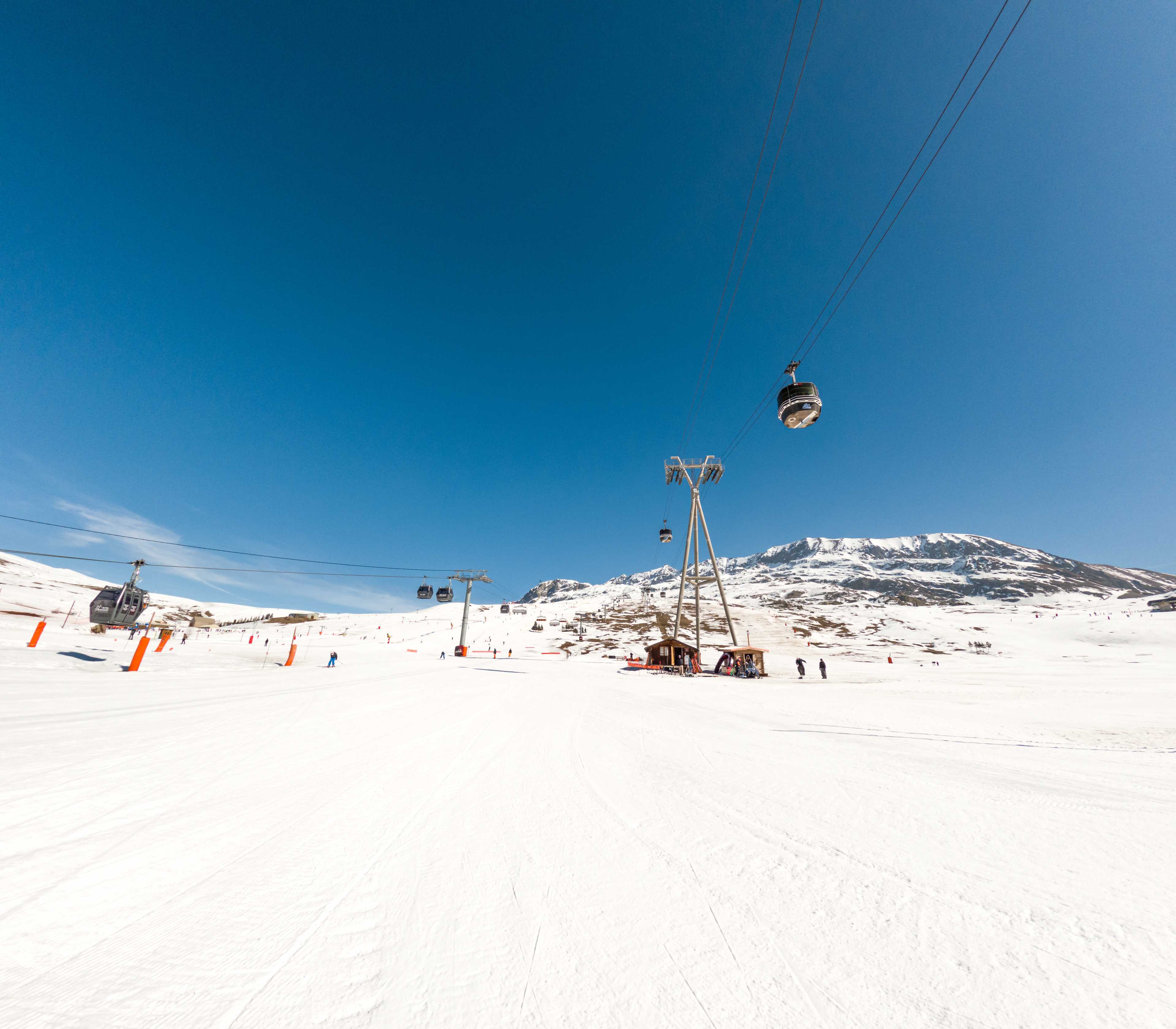
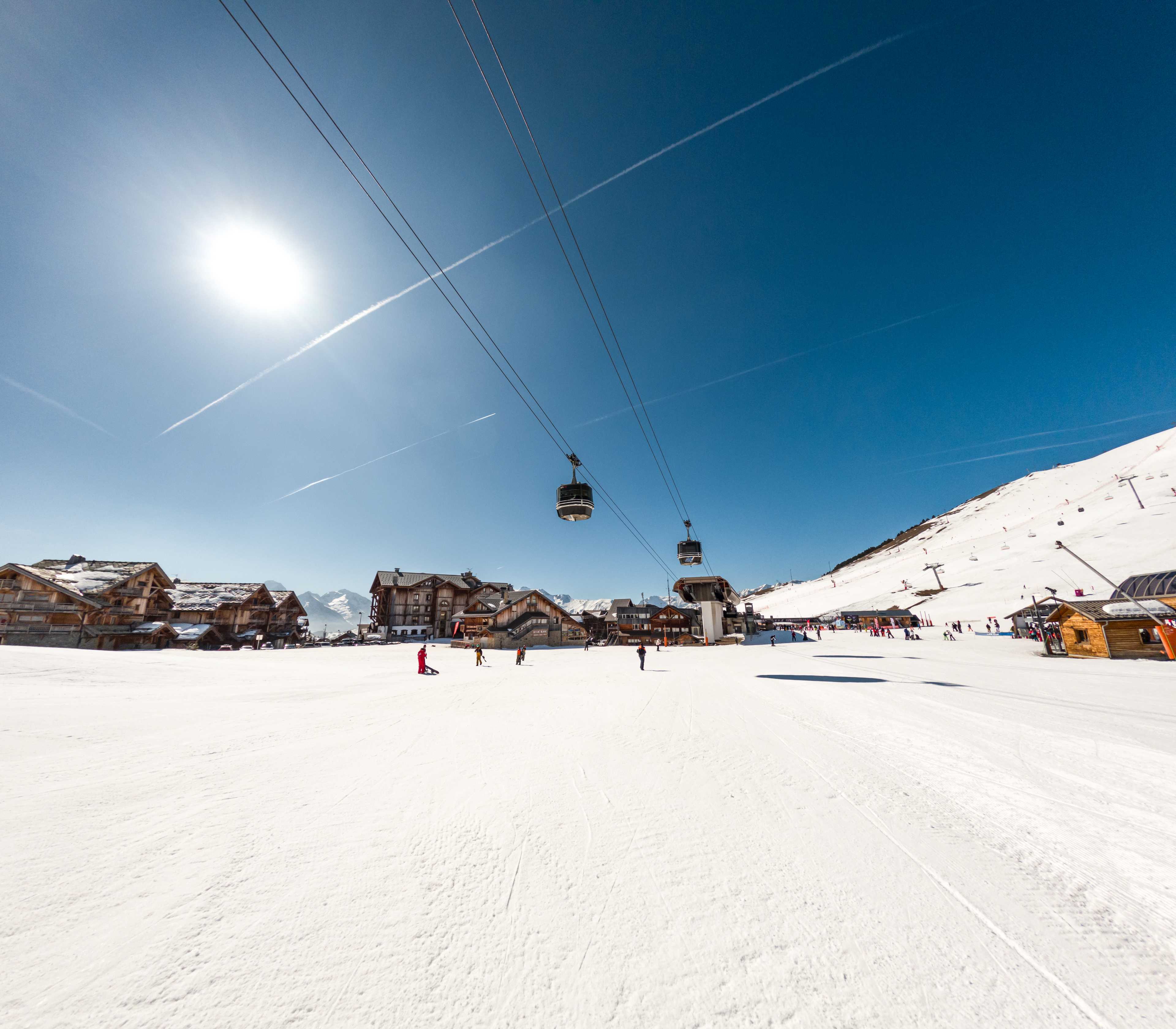
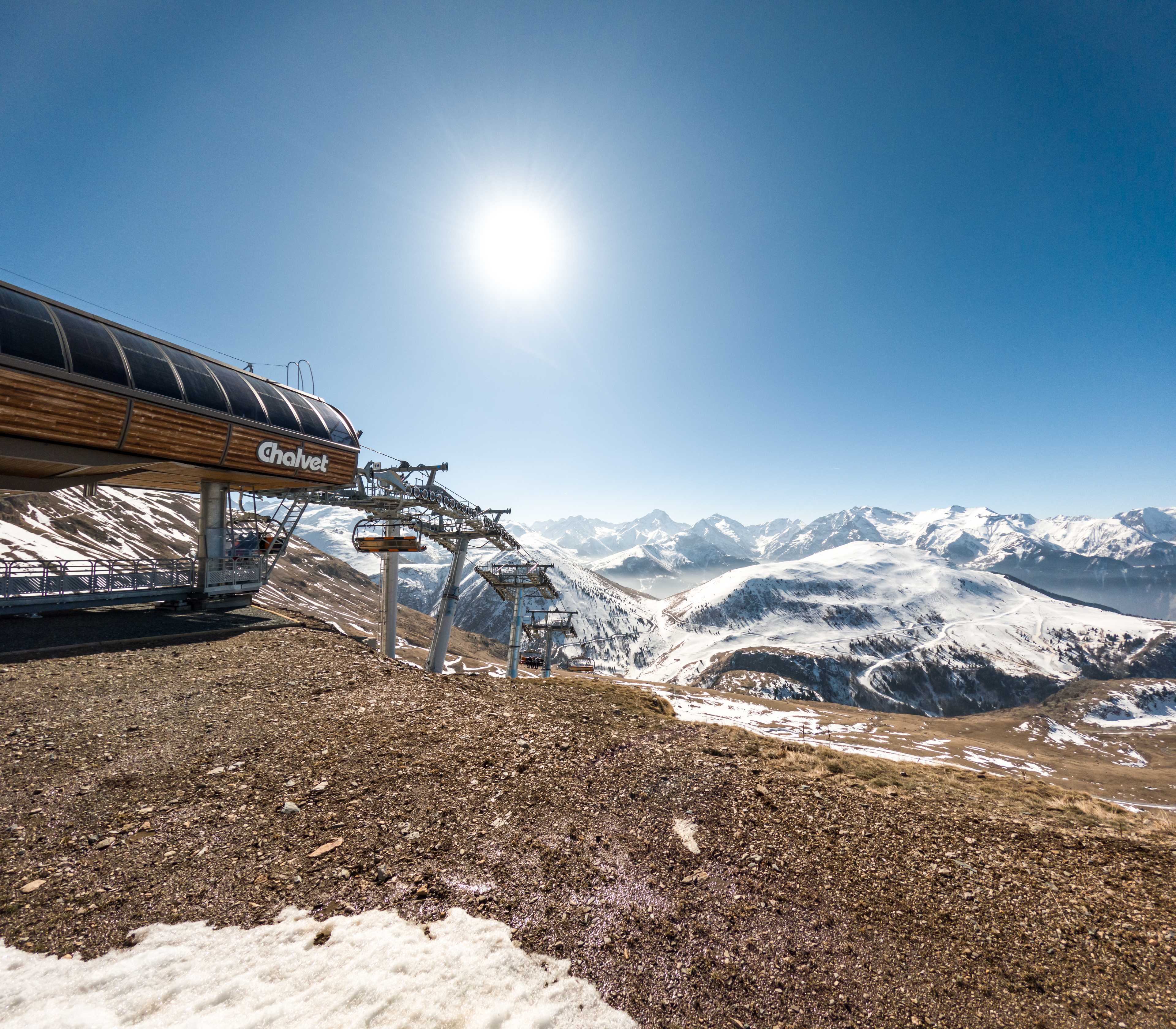
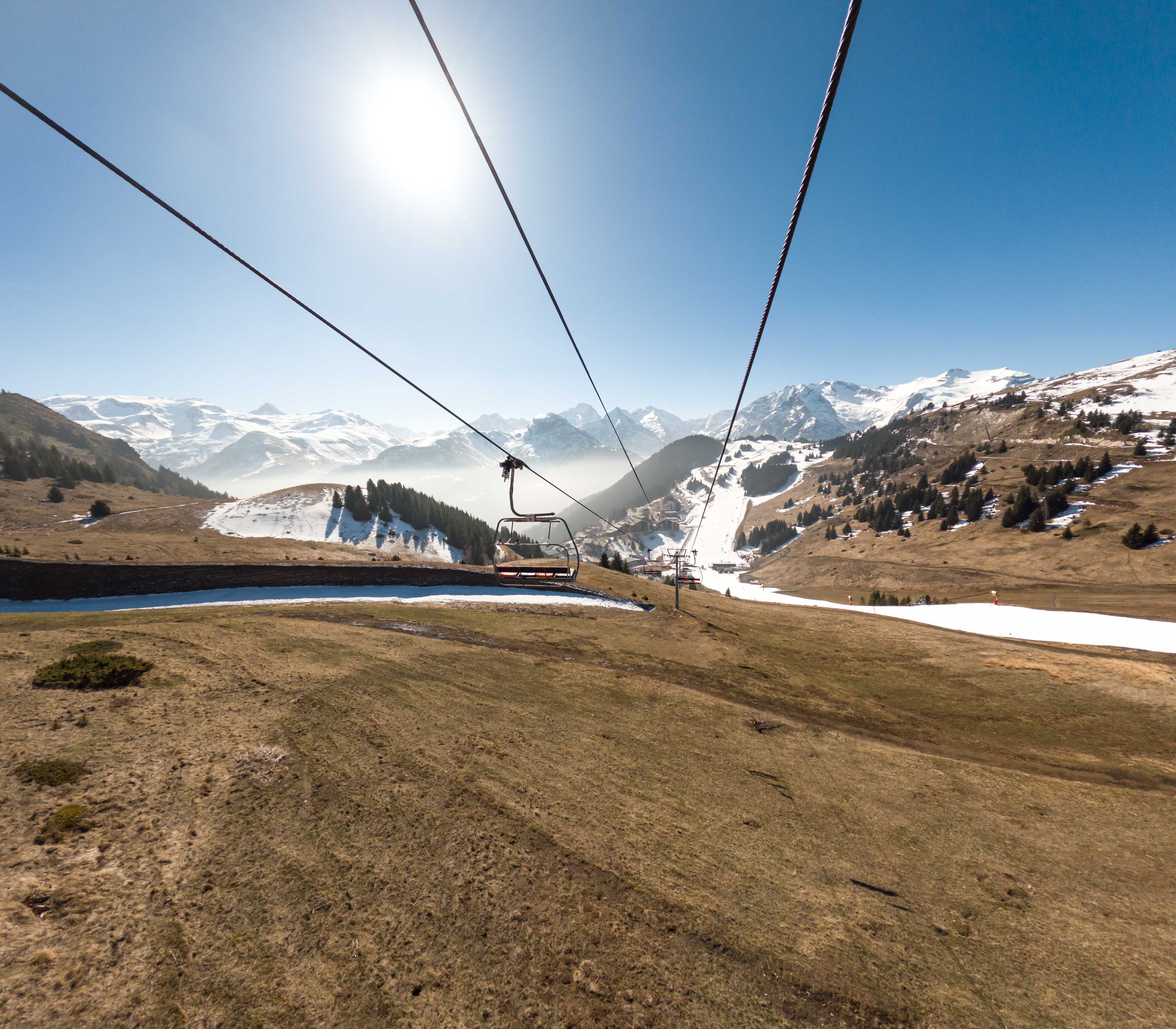
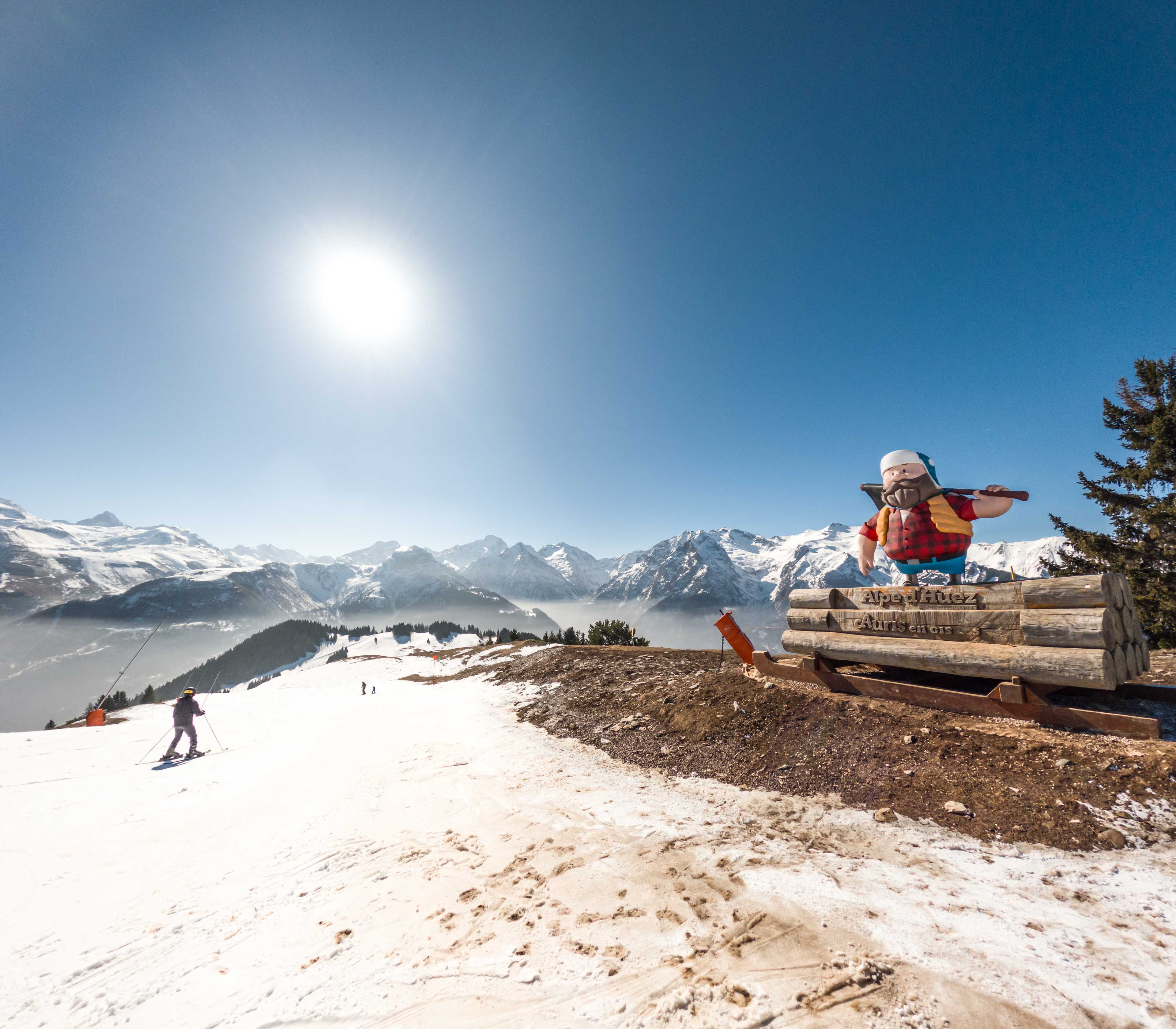
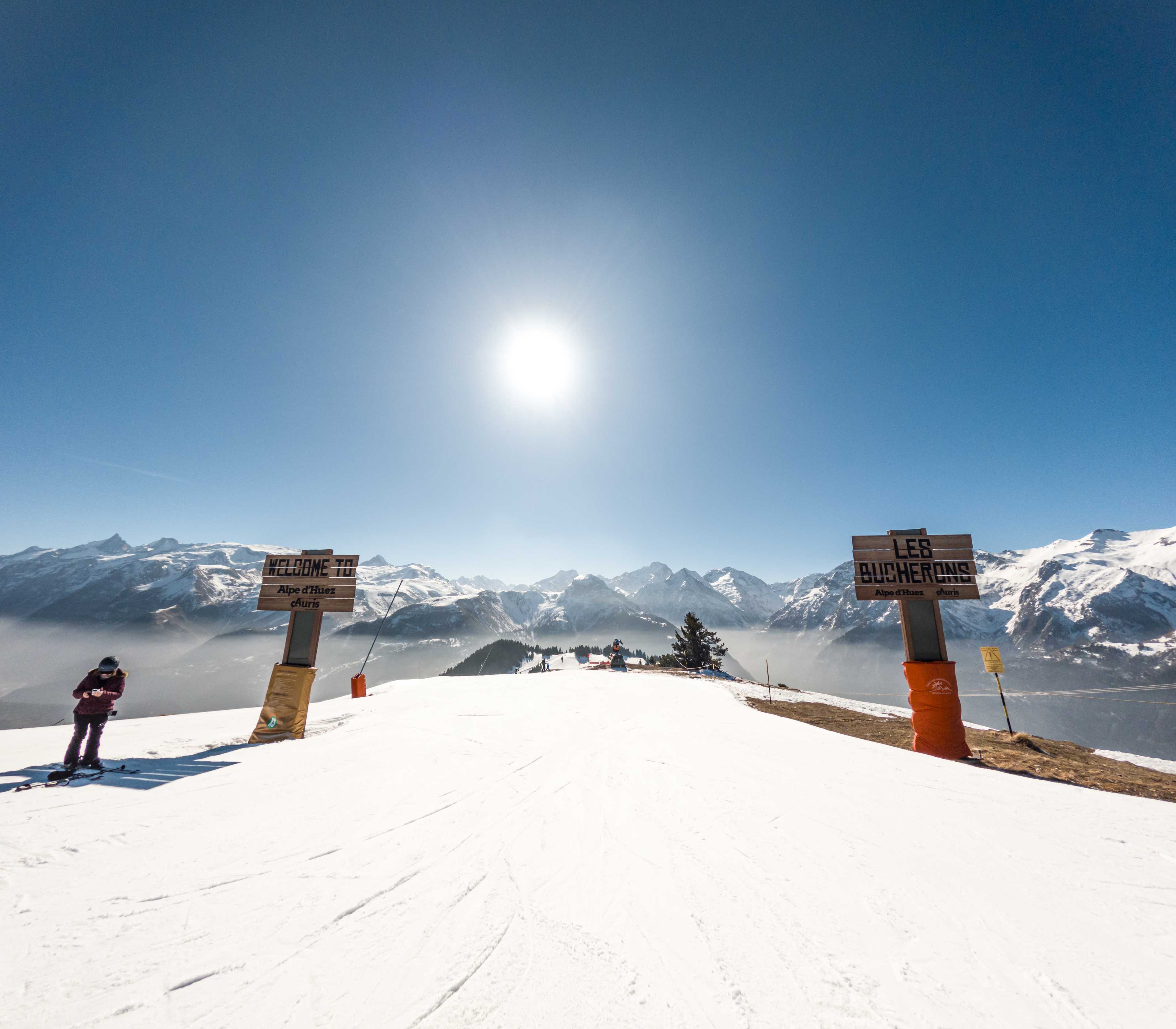

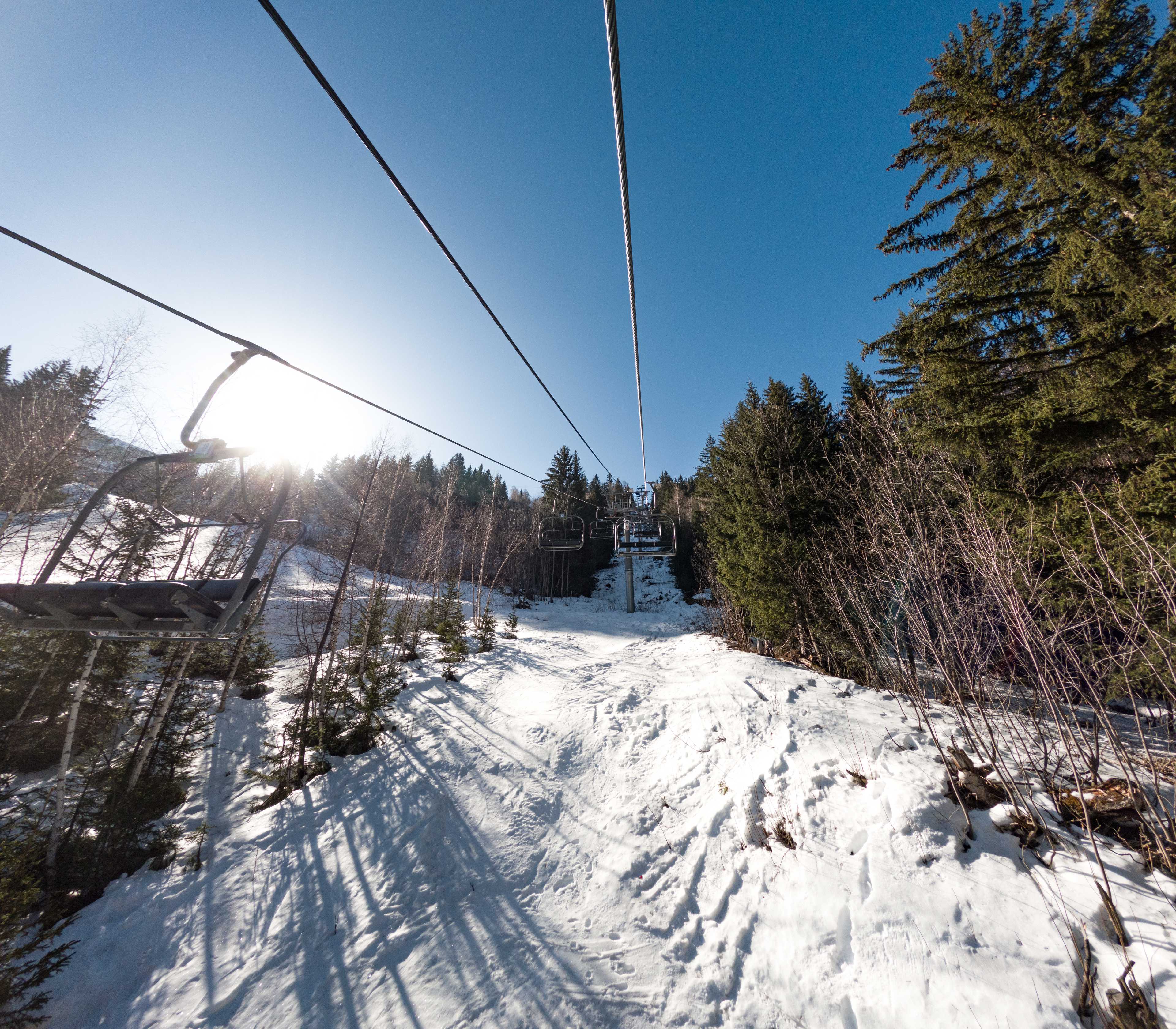
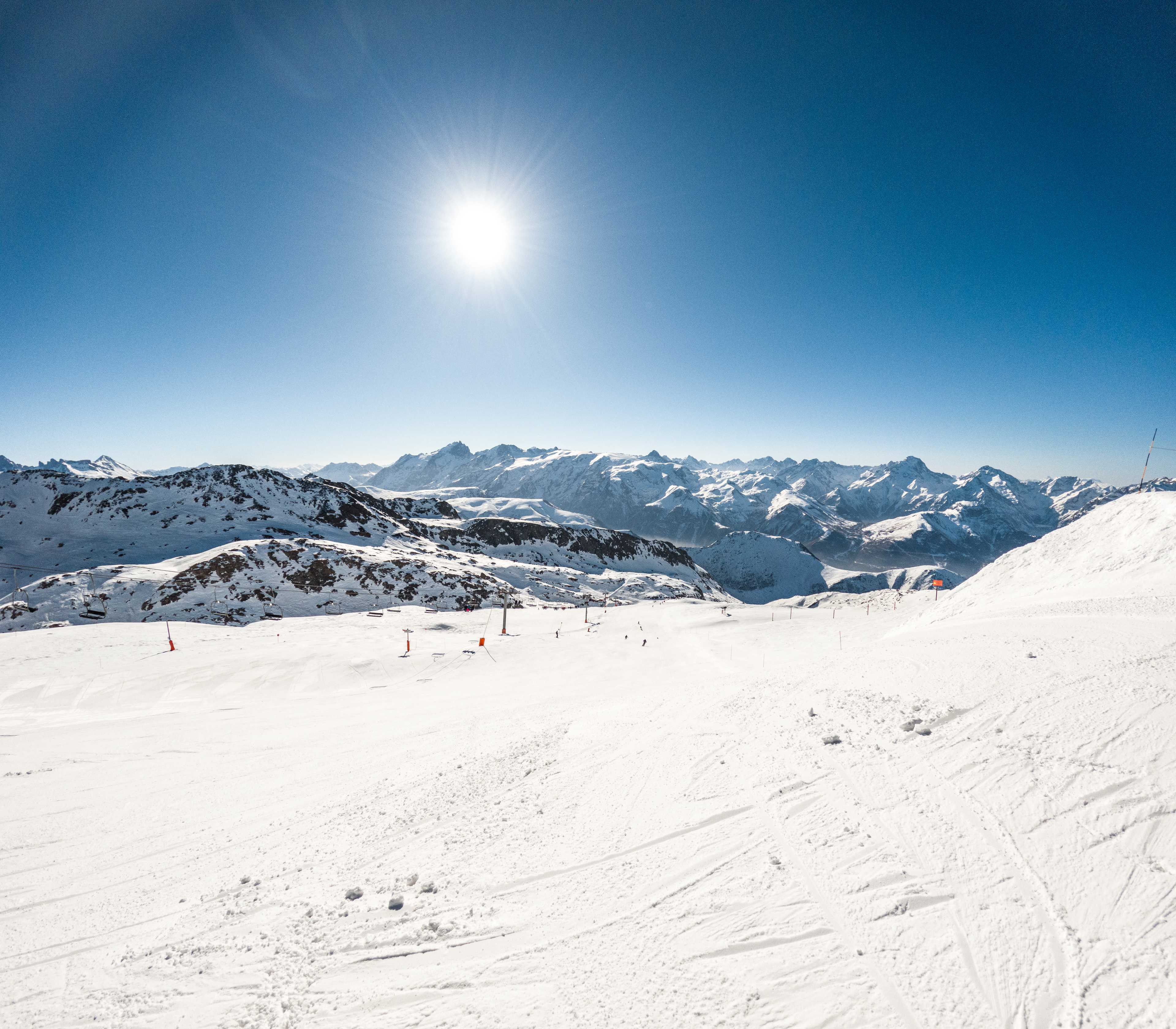
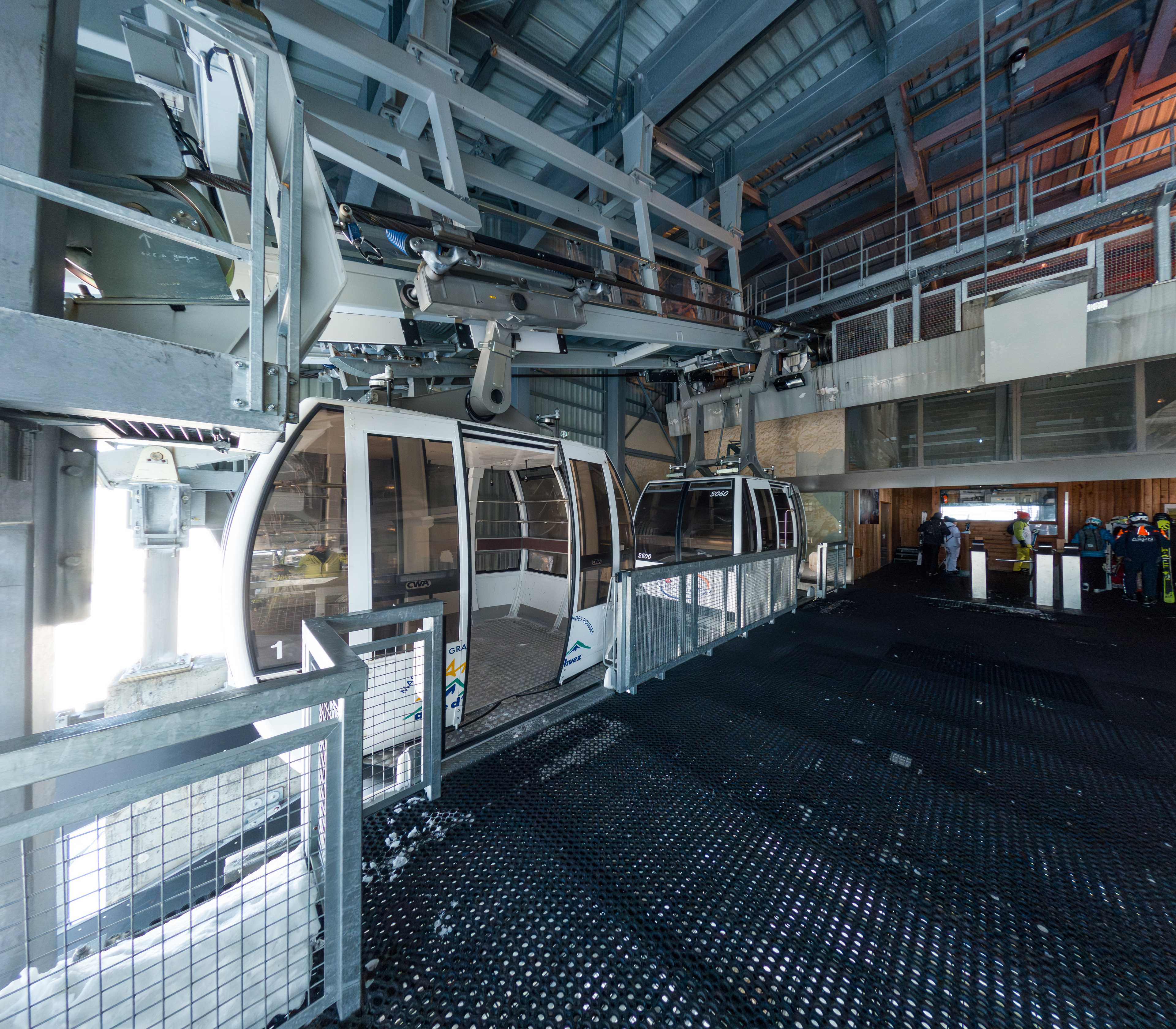
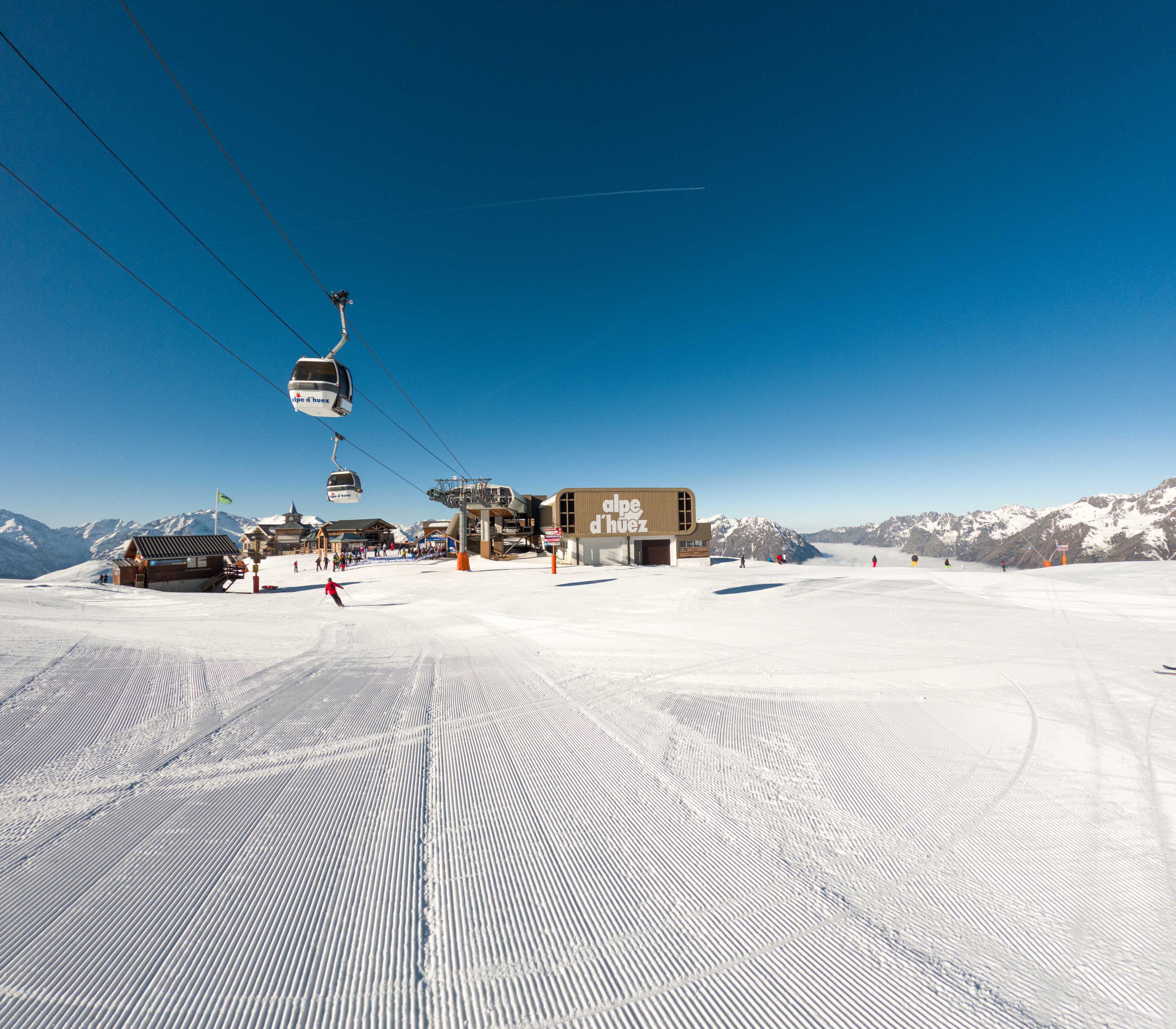
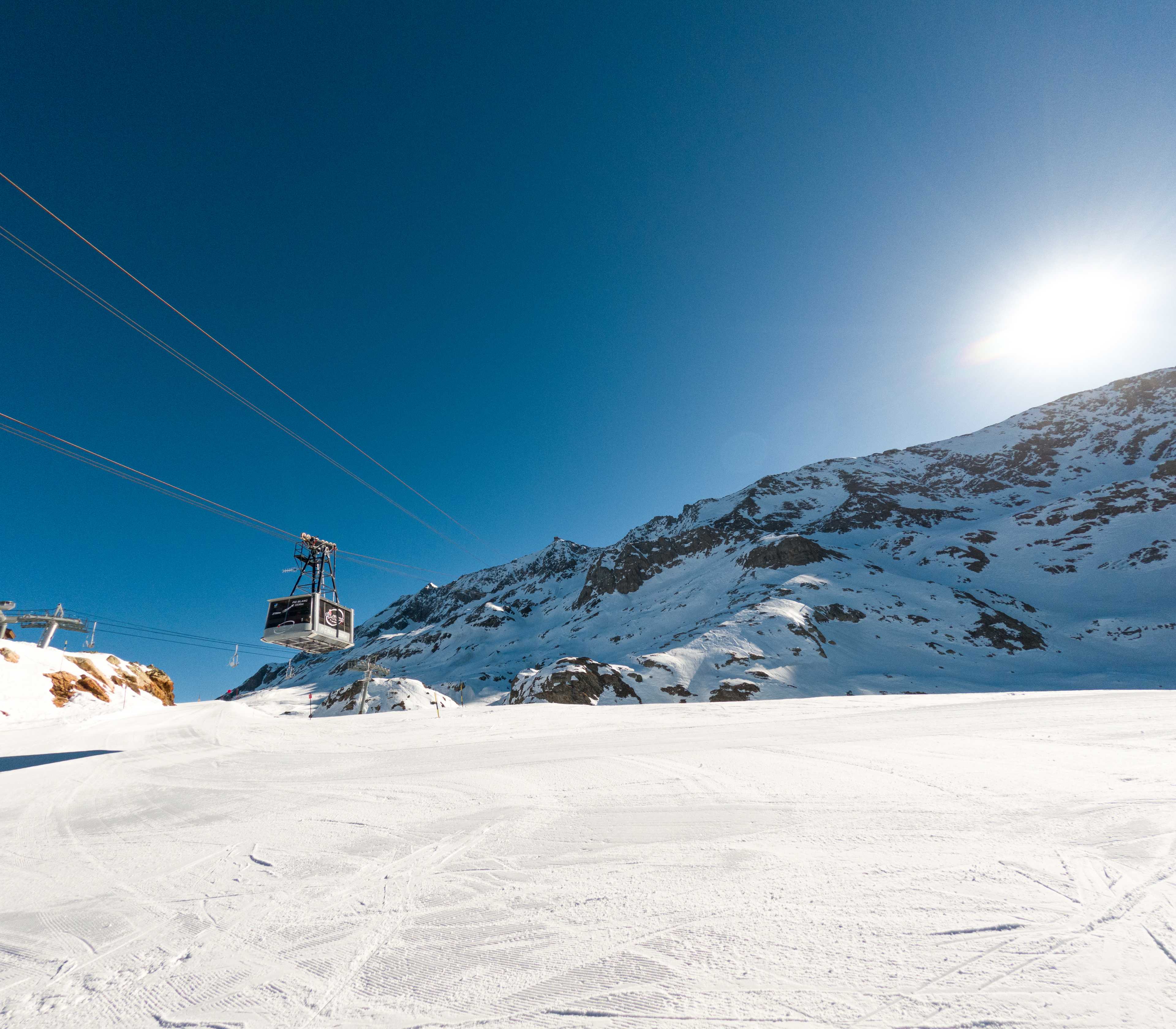
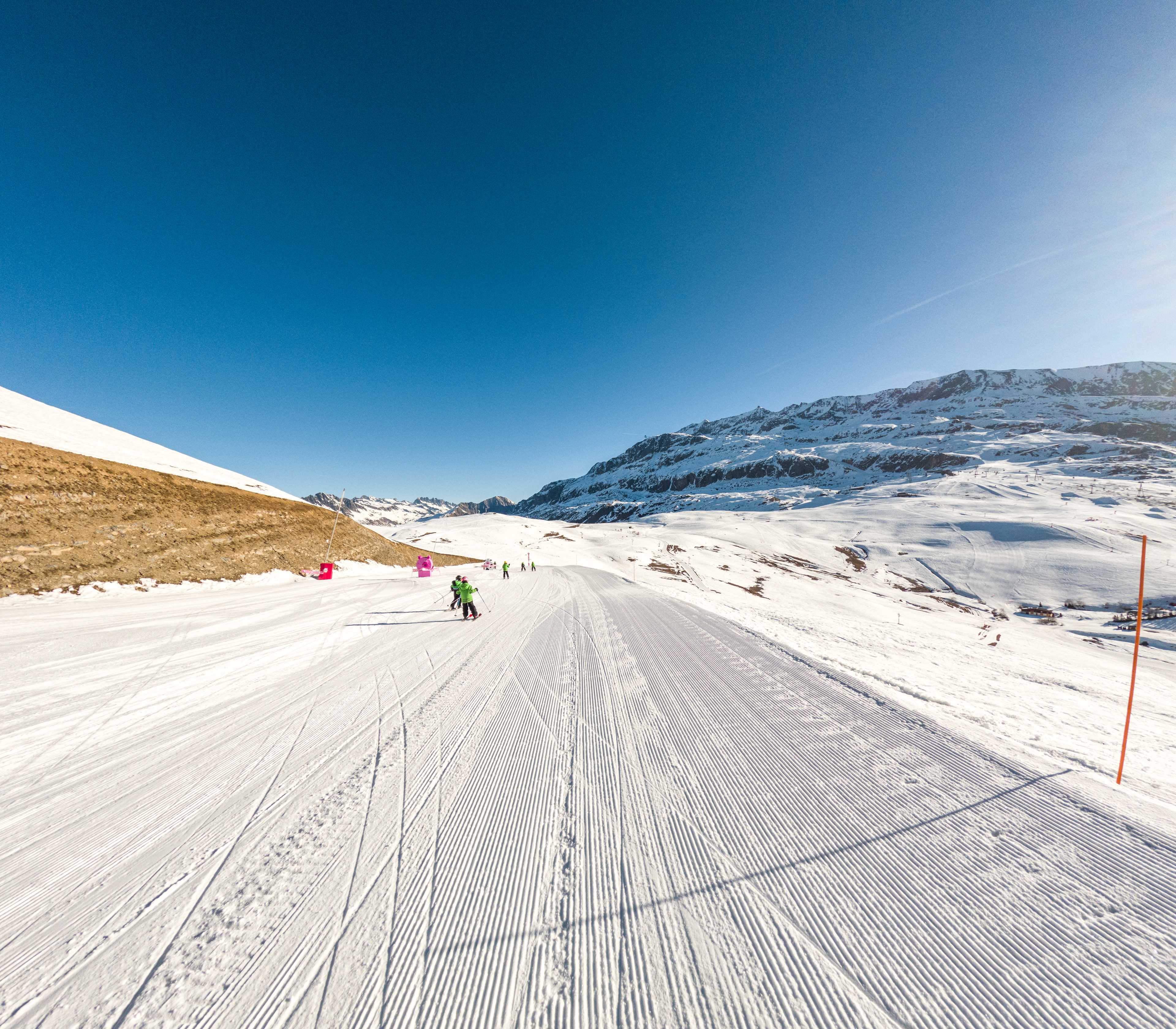
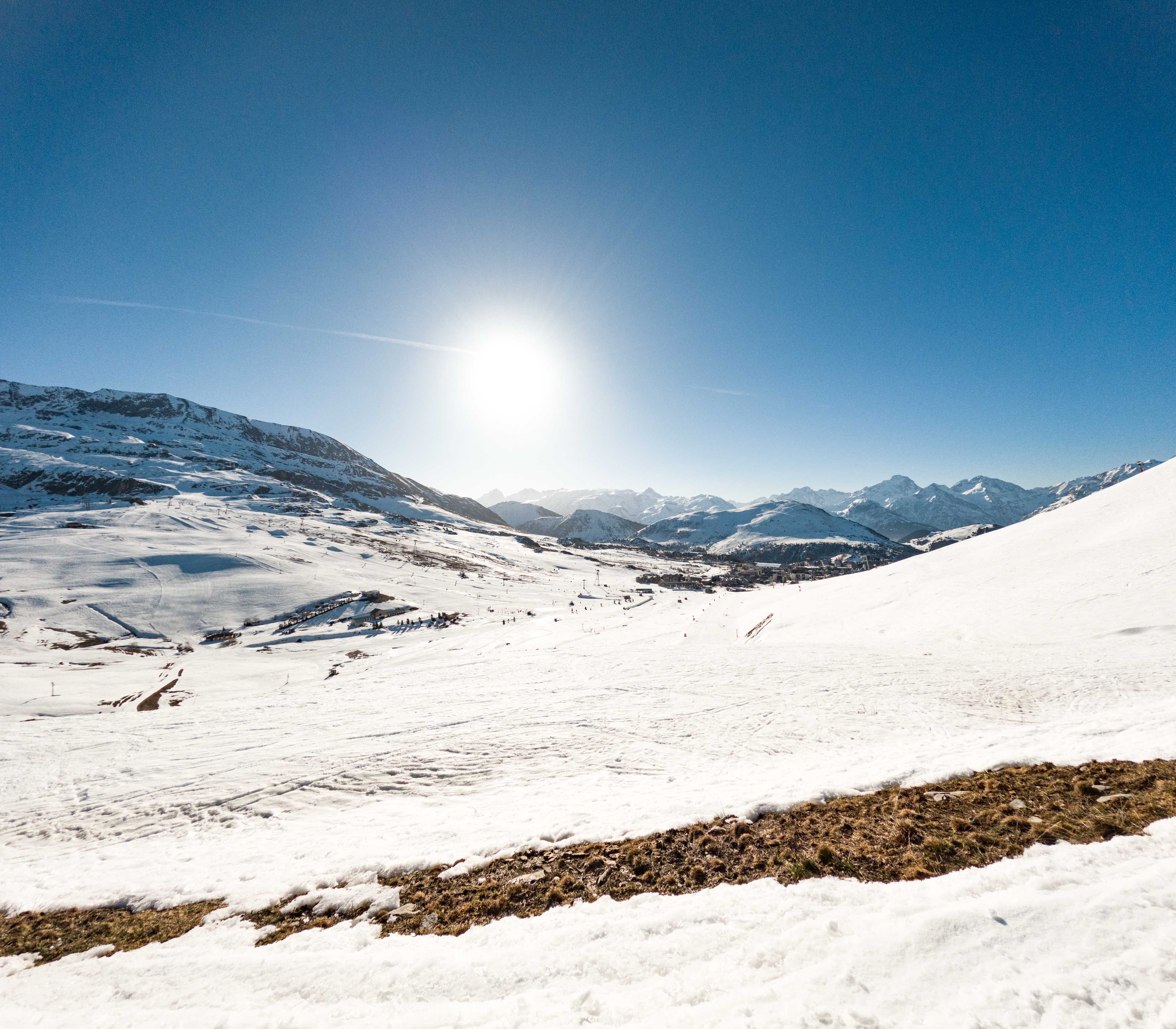
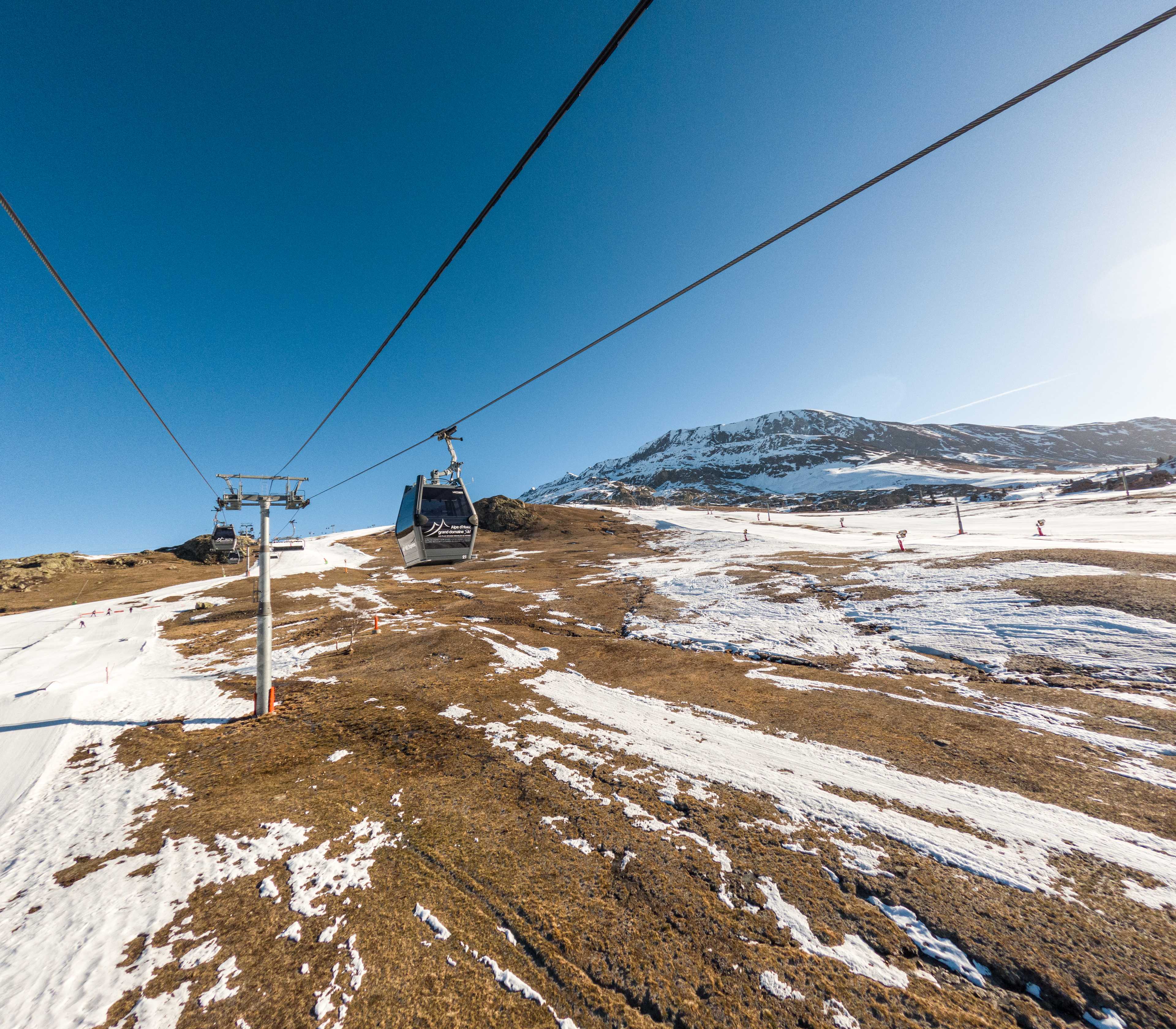
Read also


